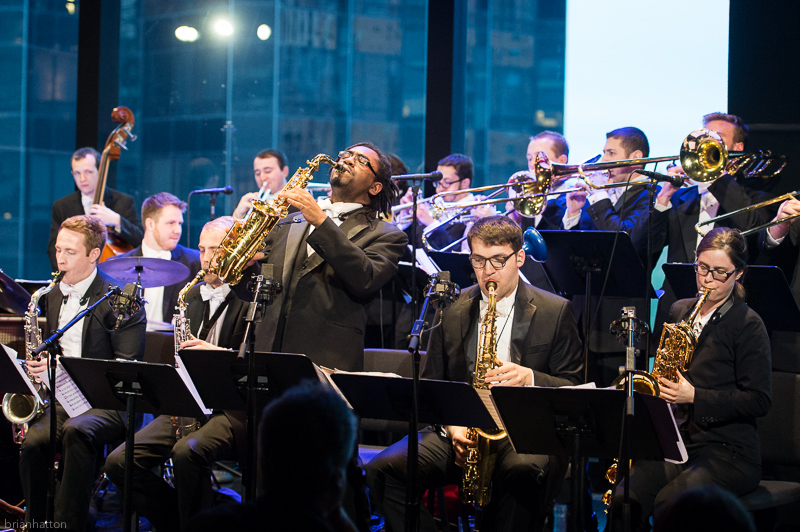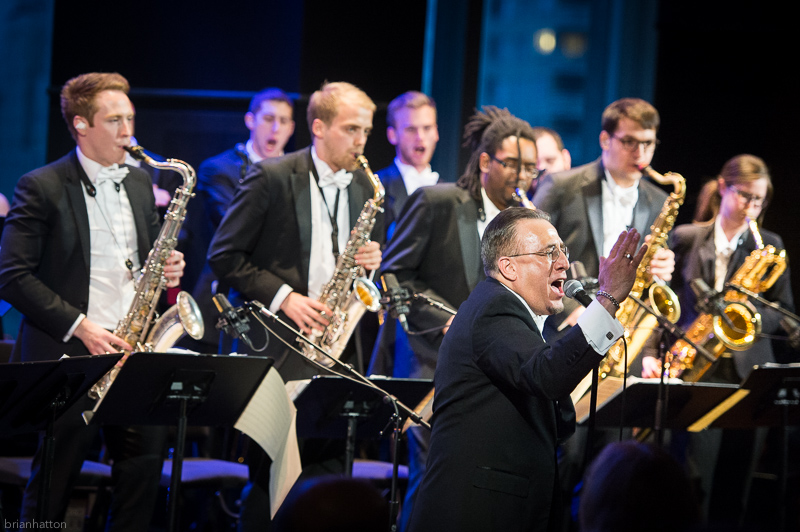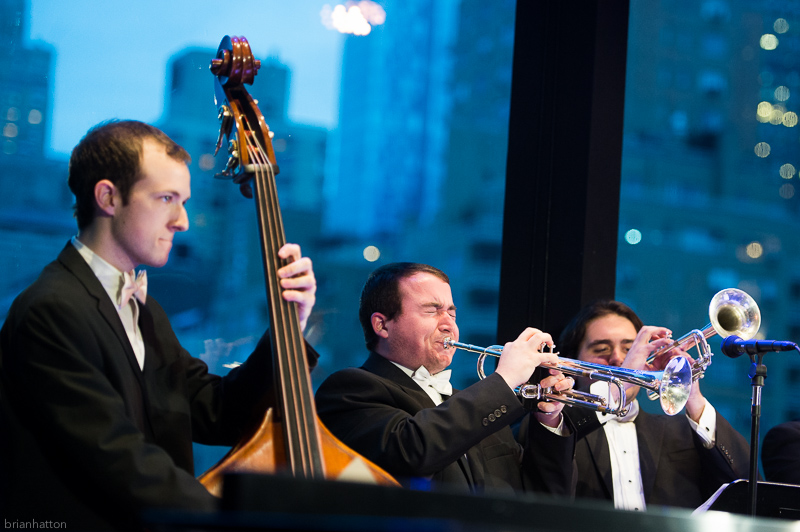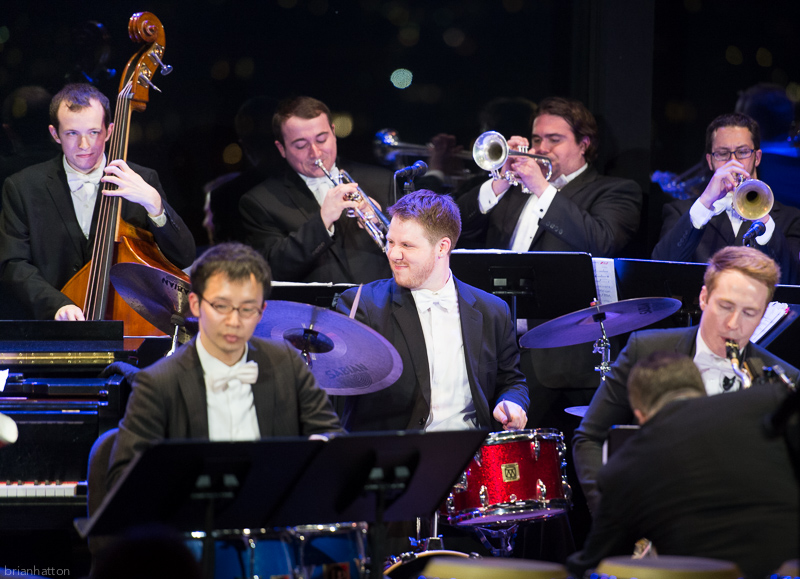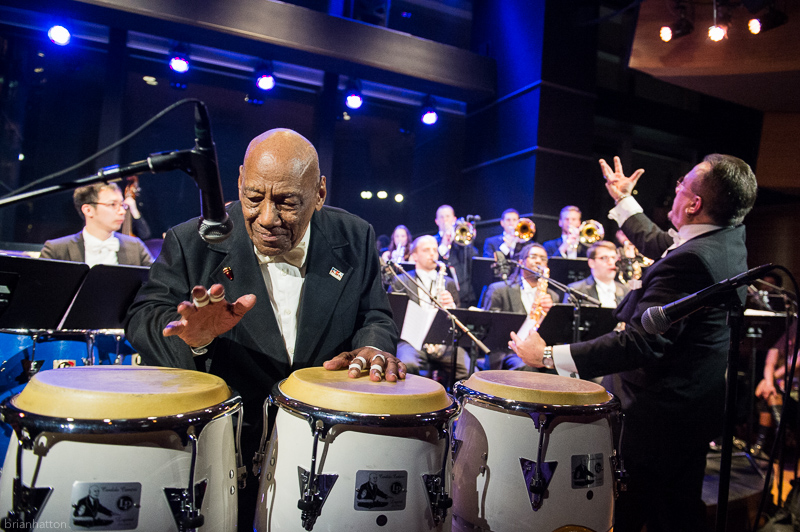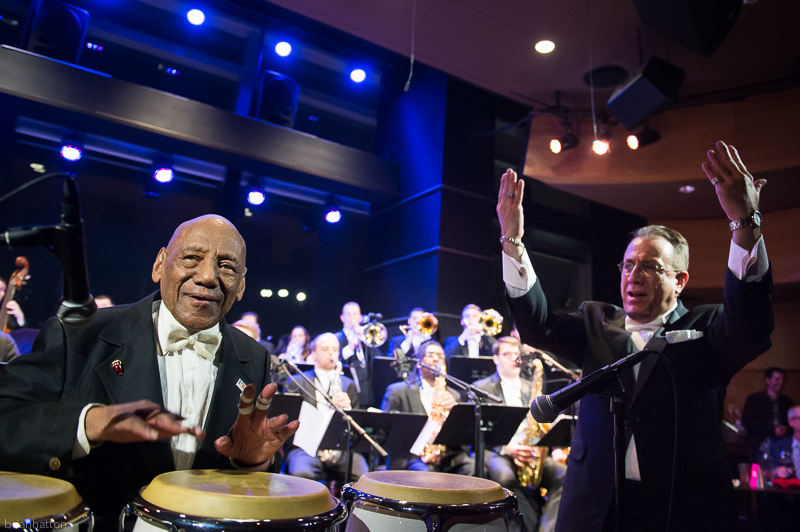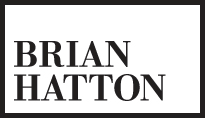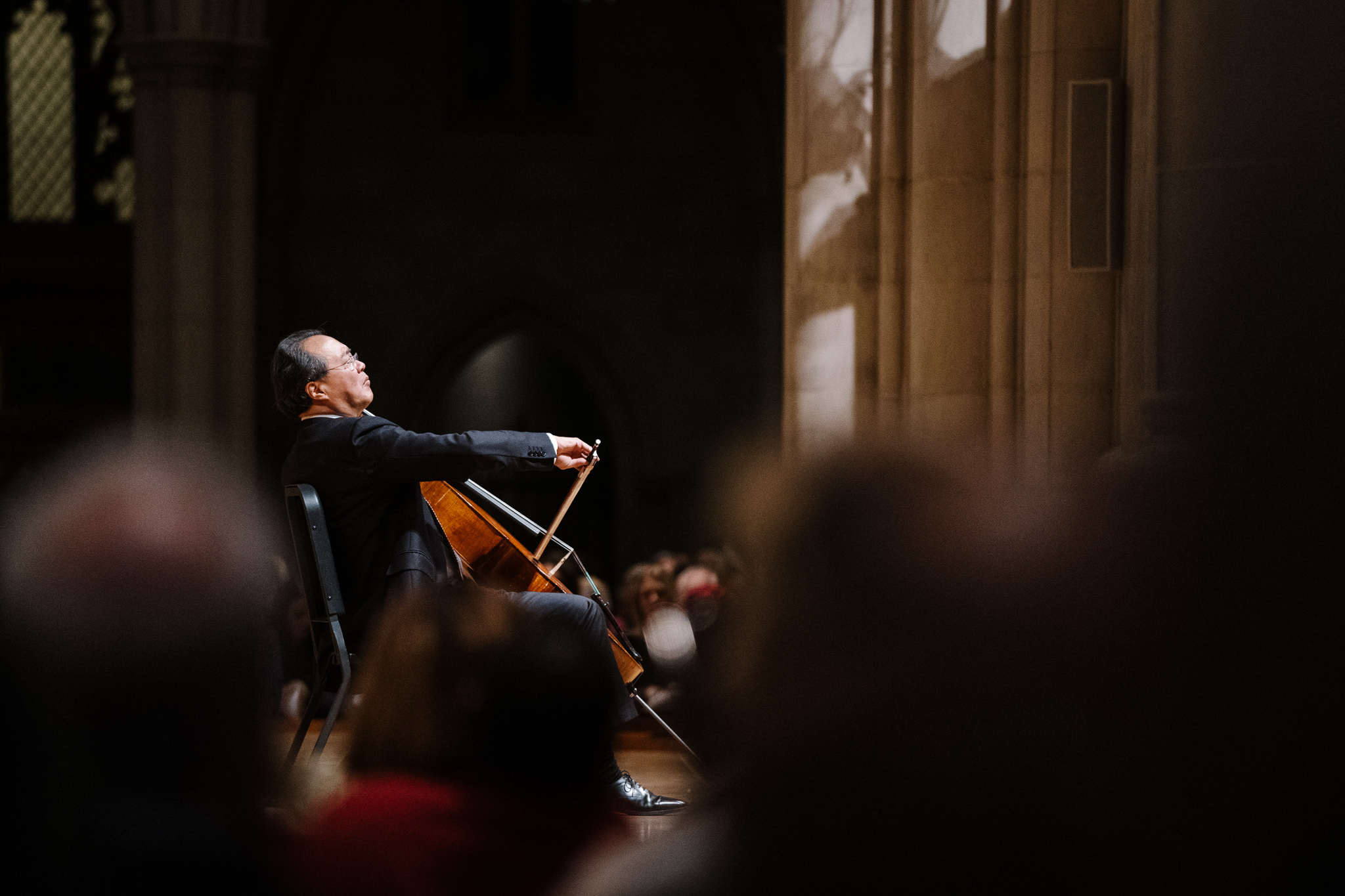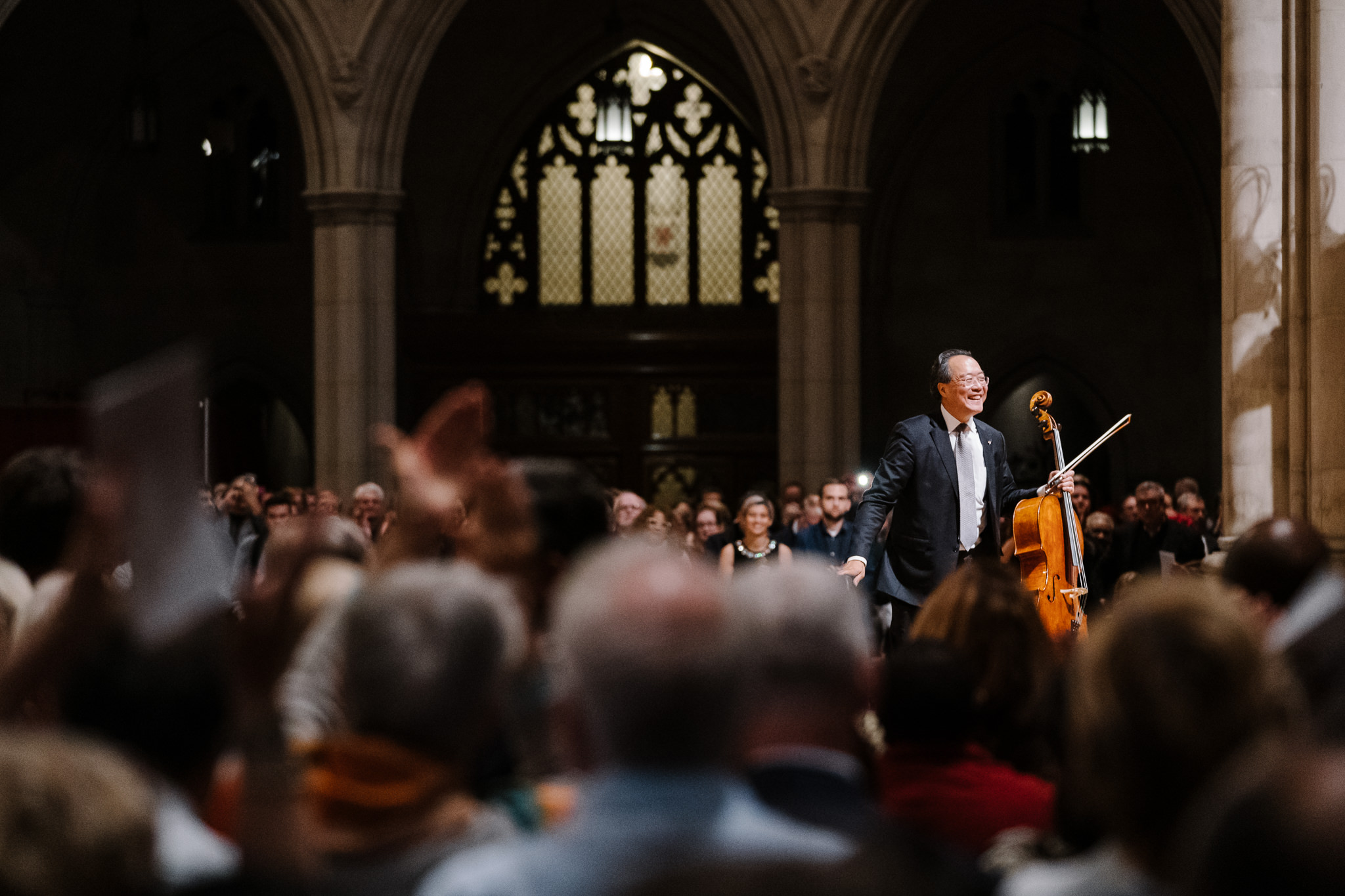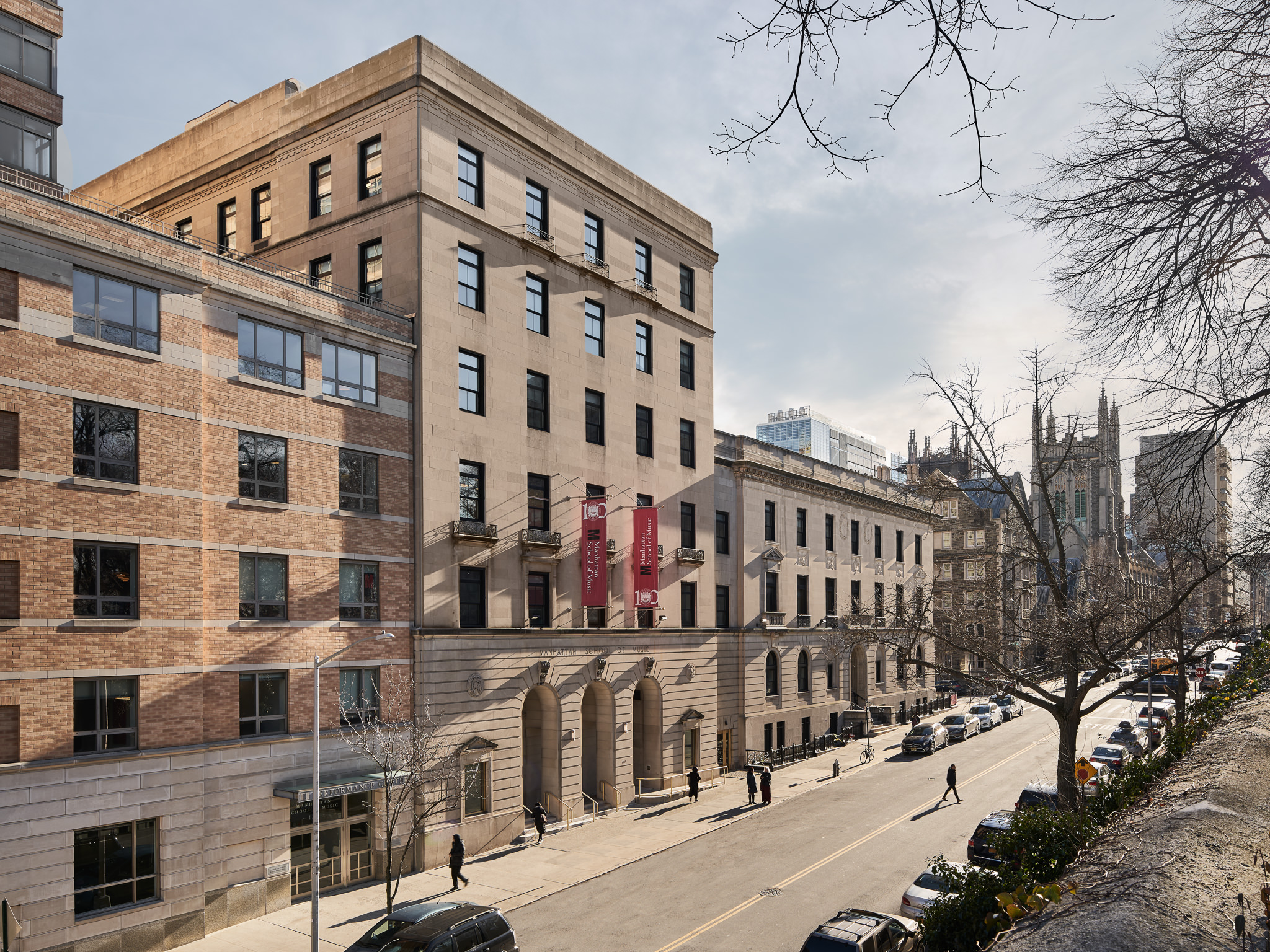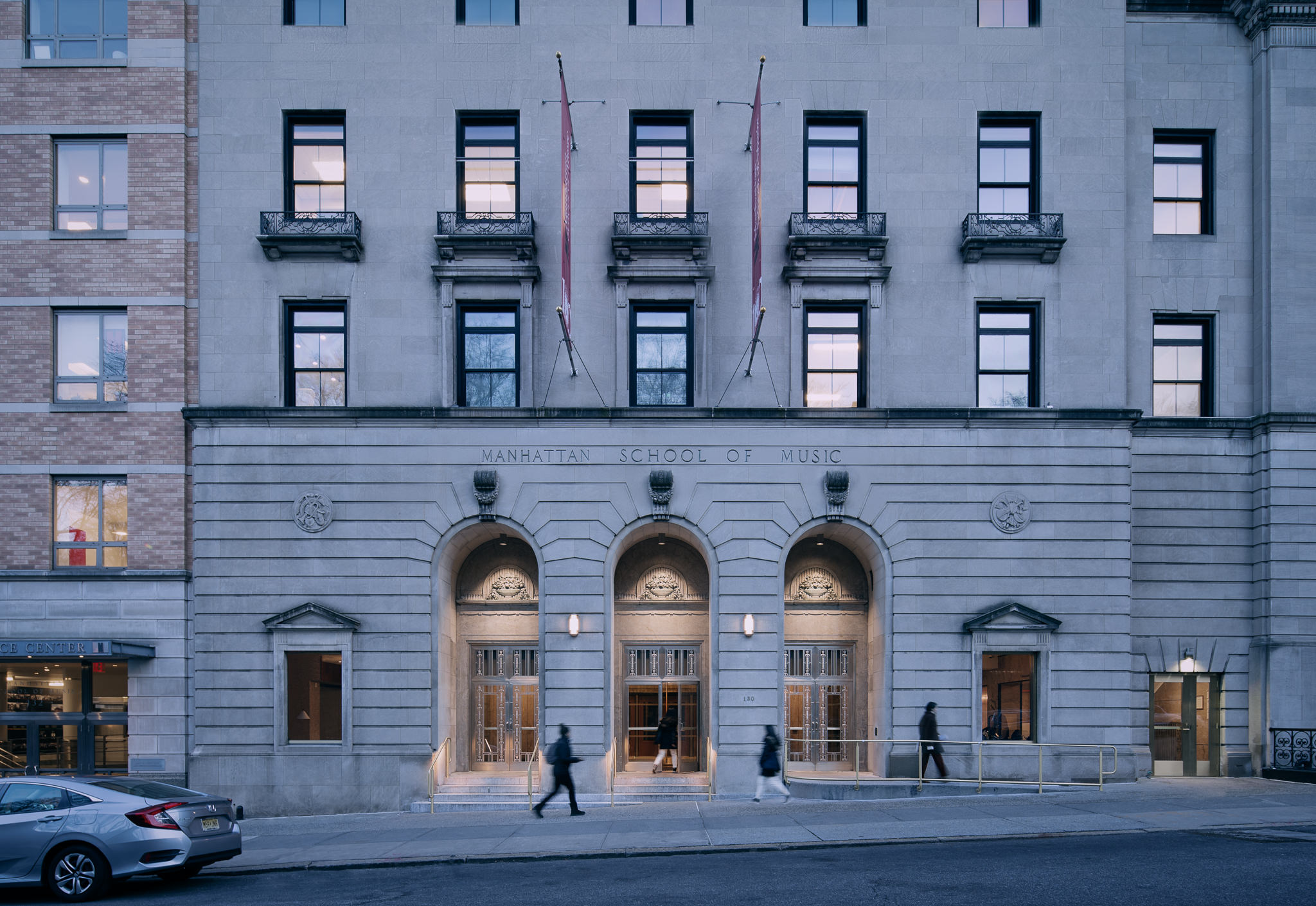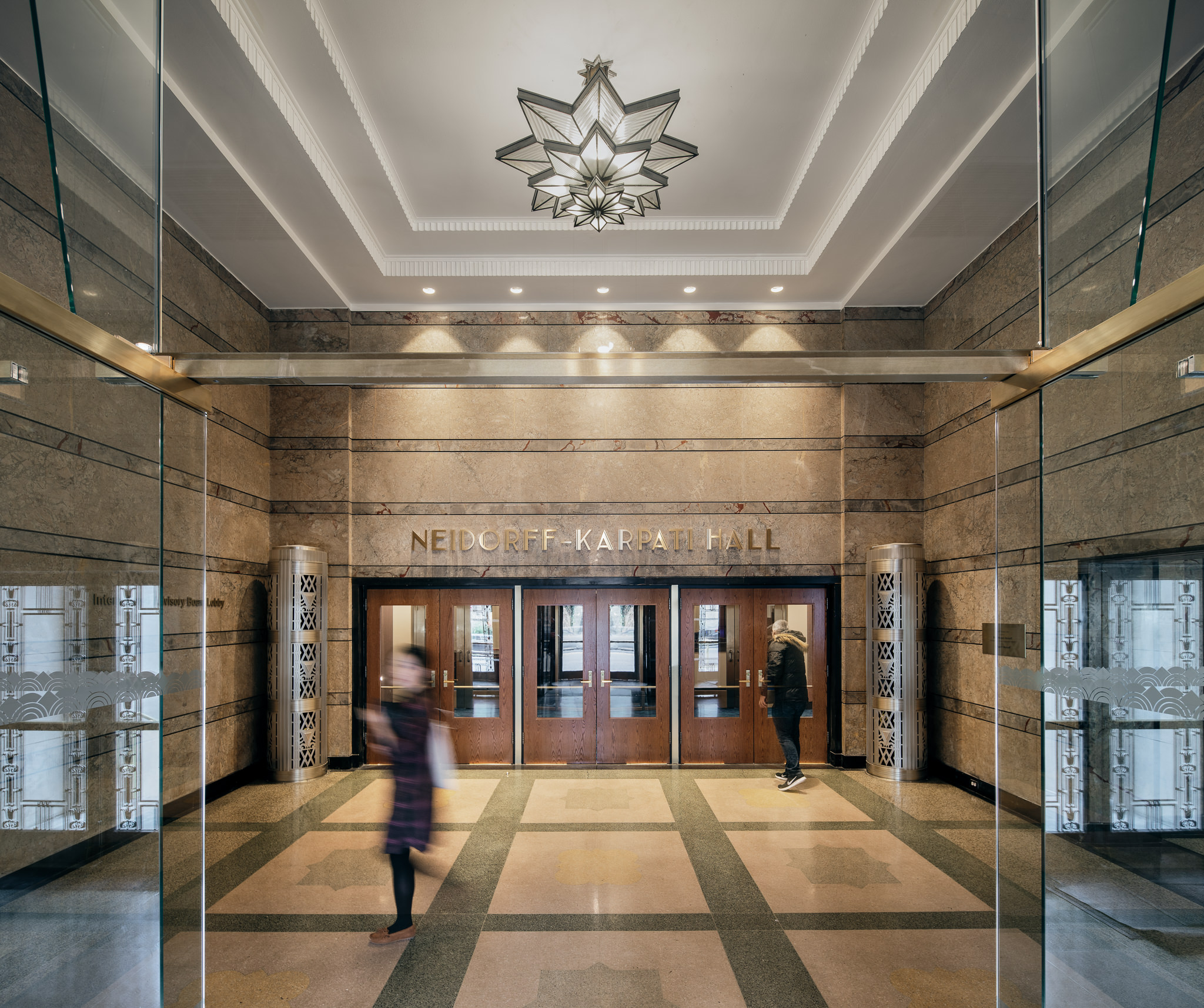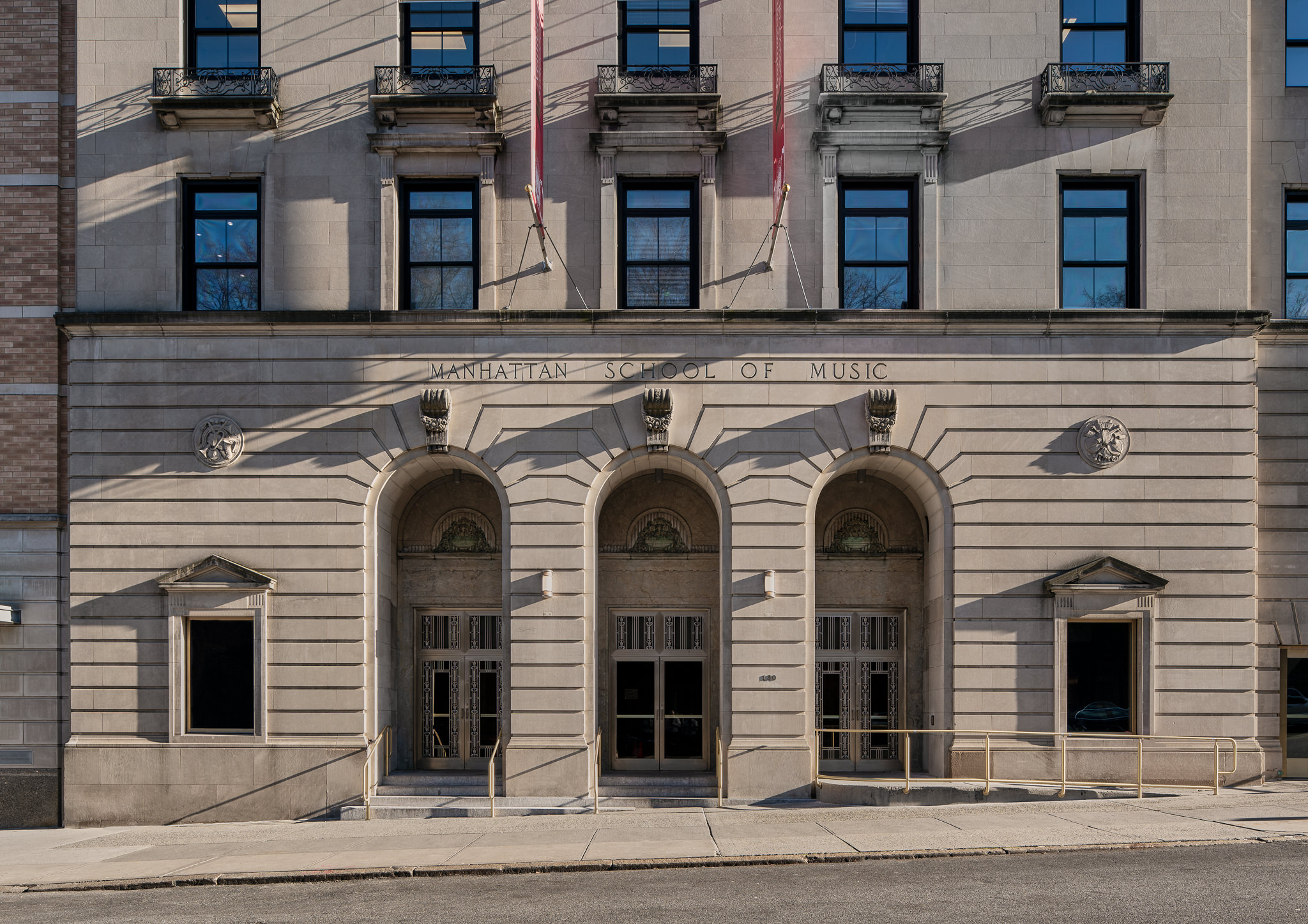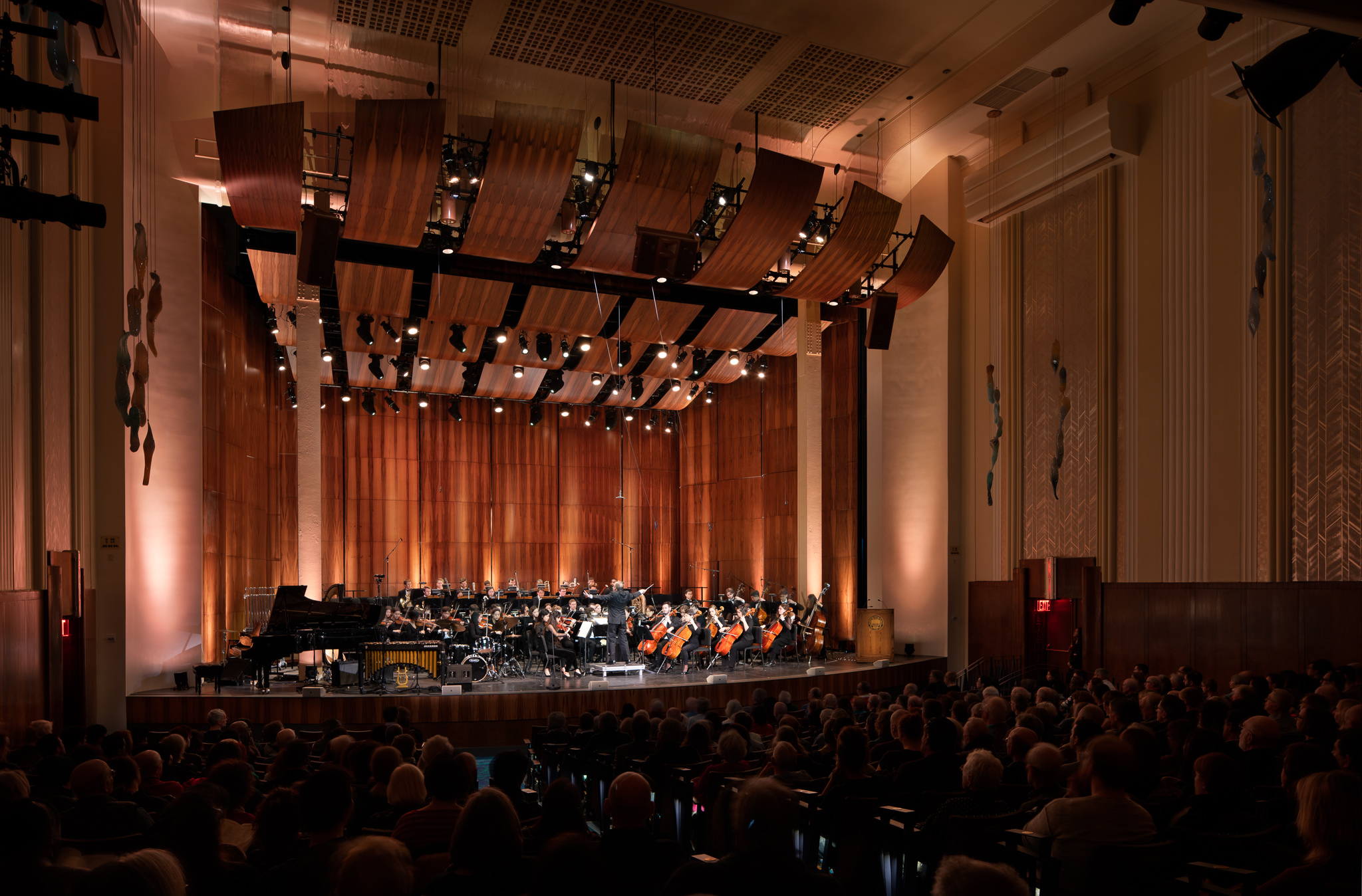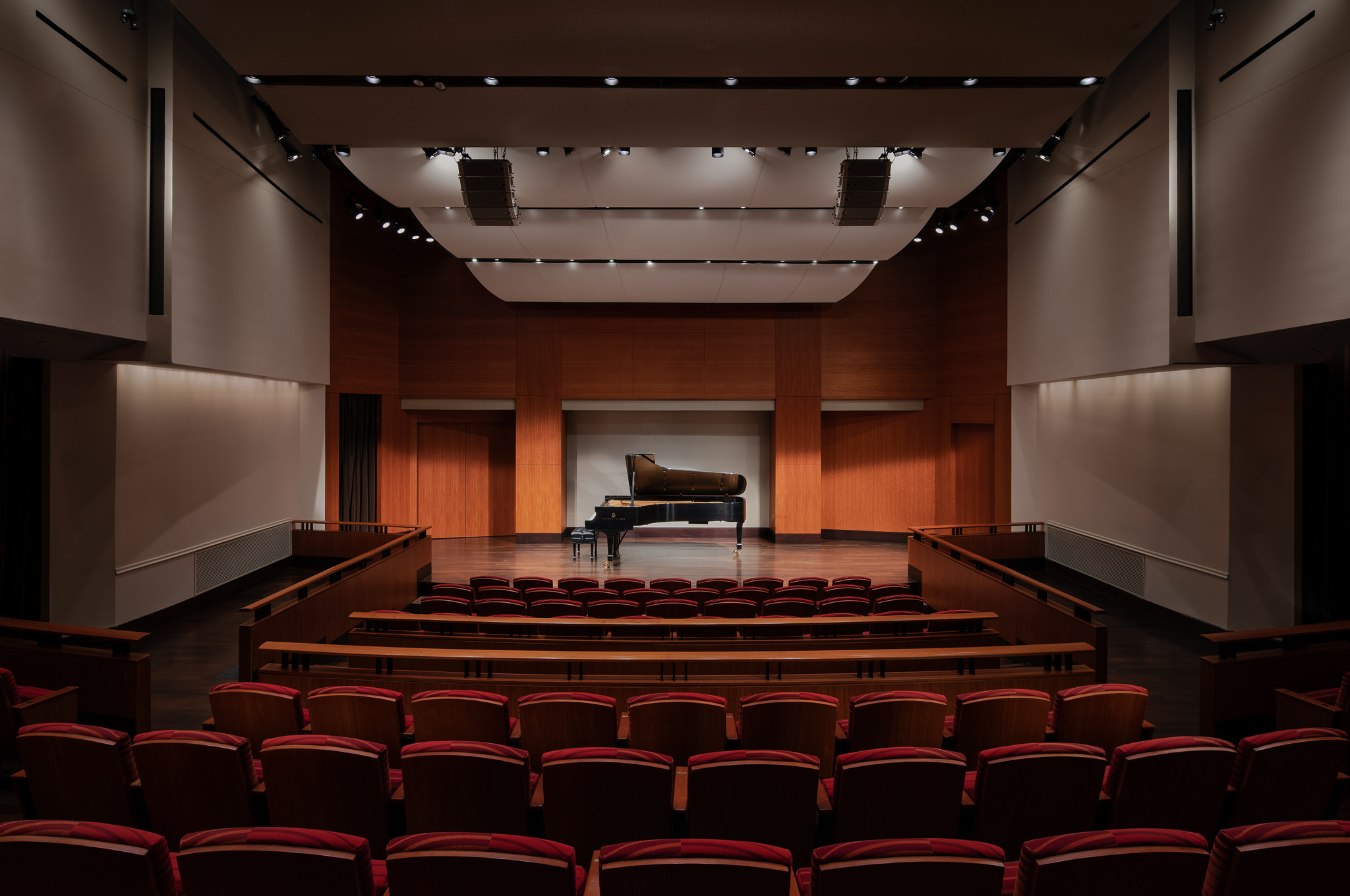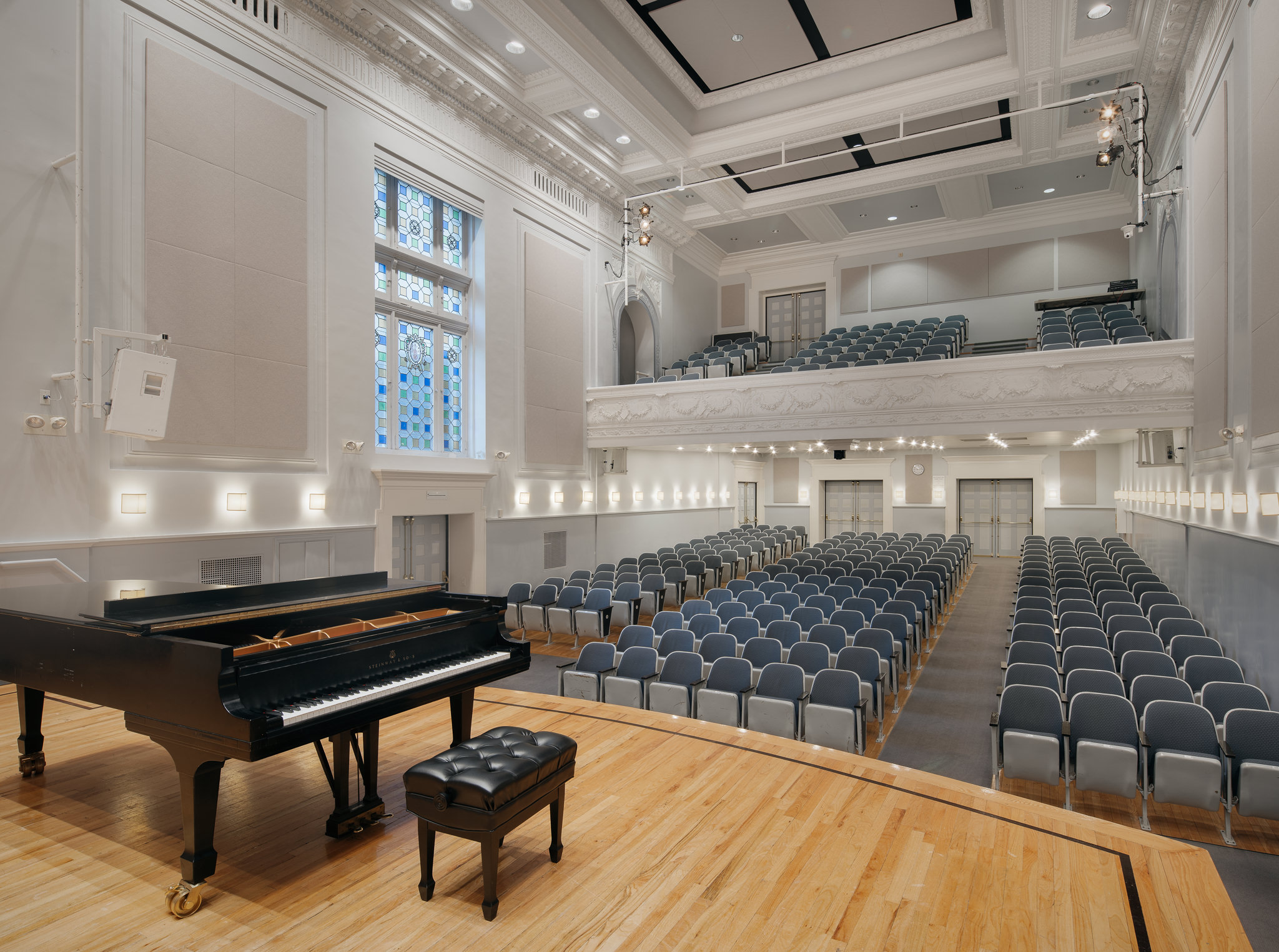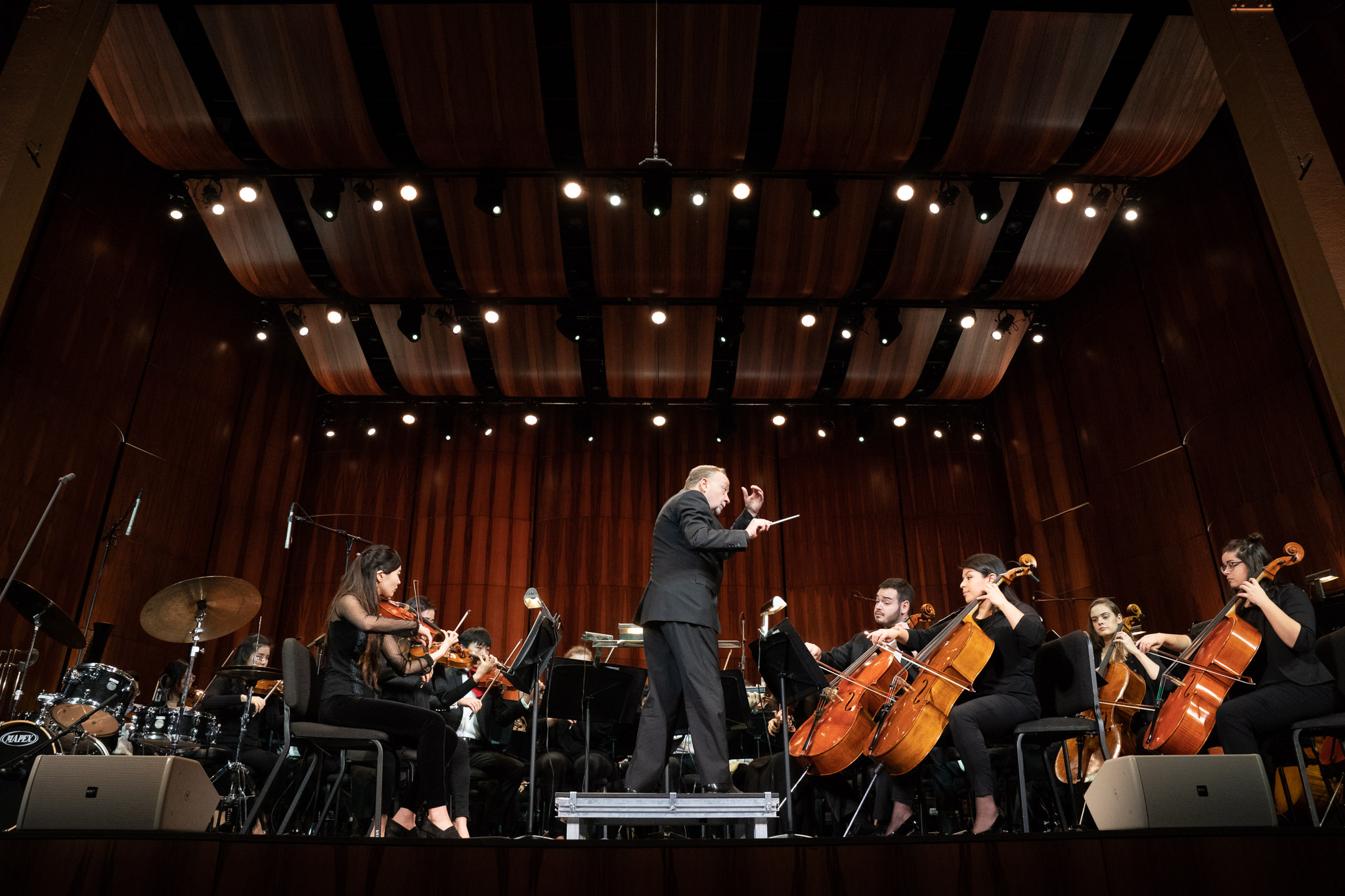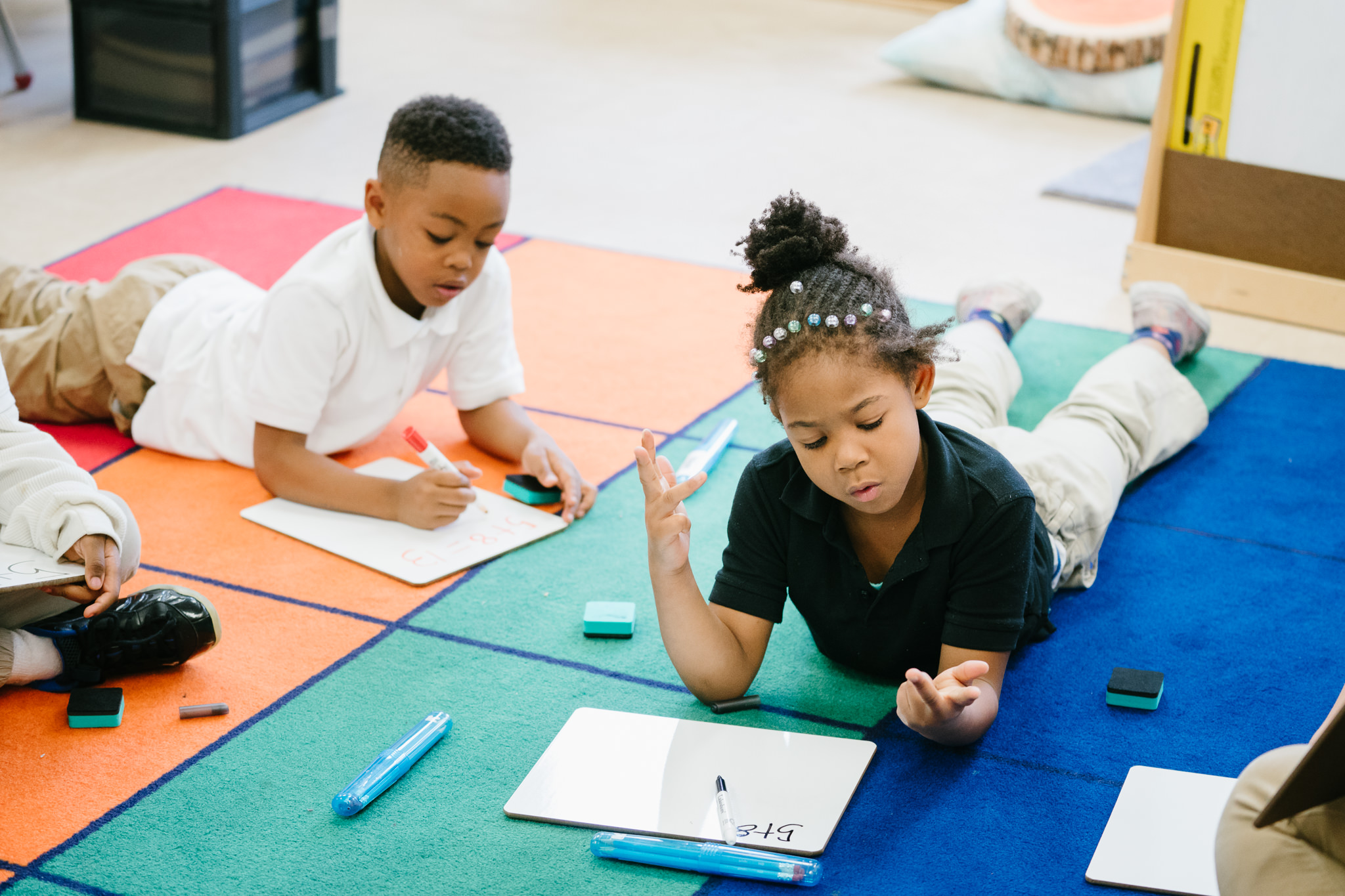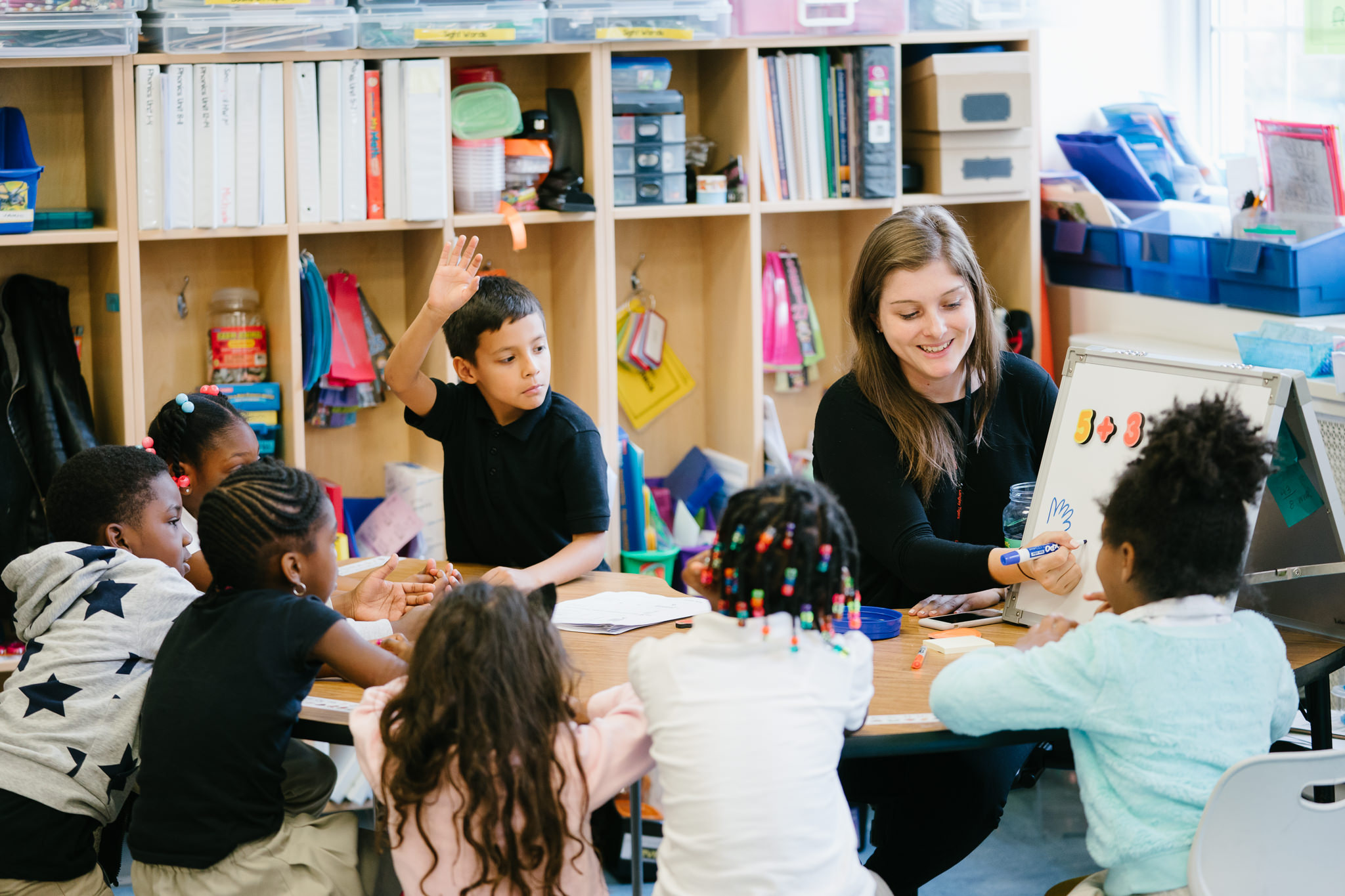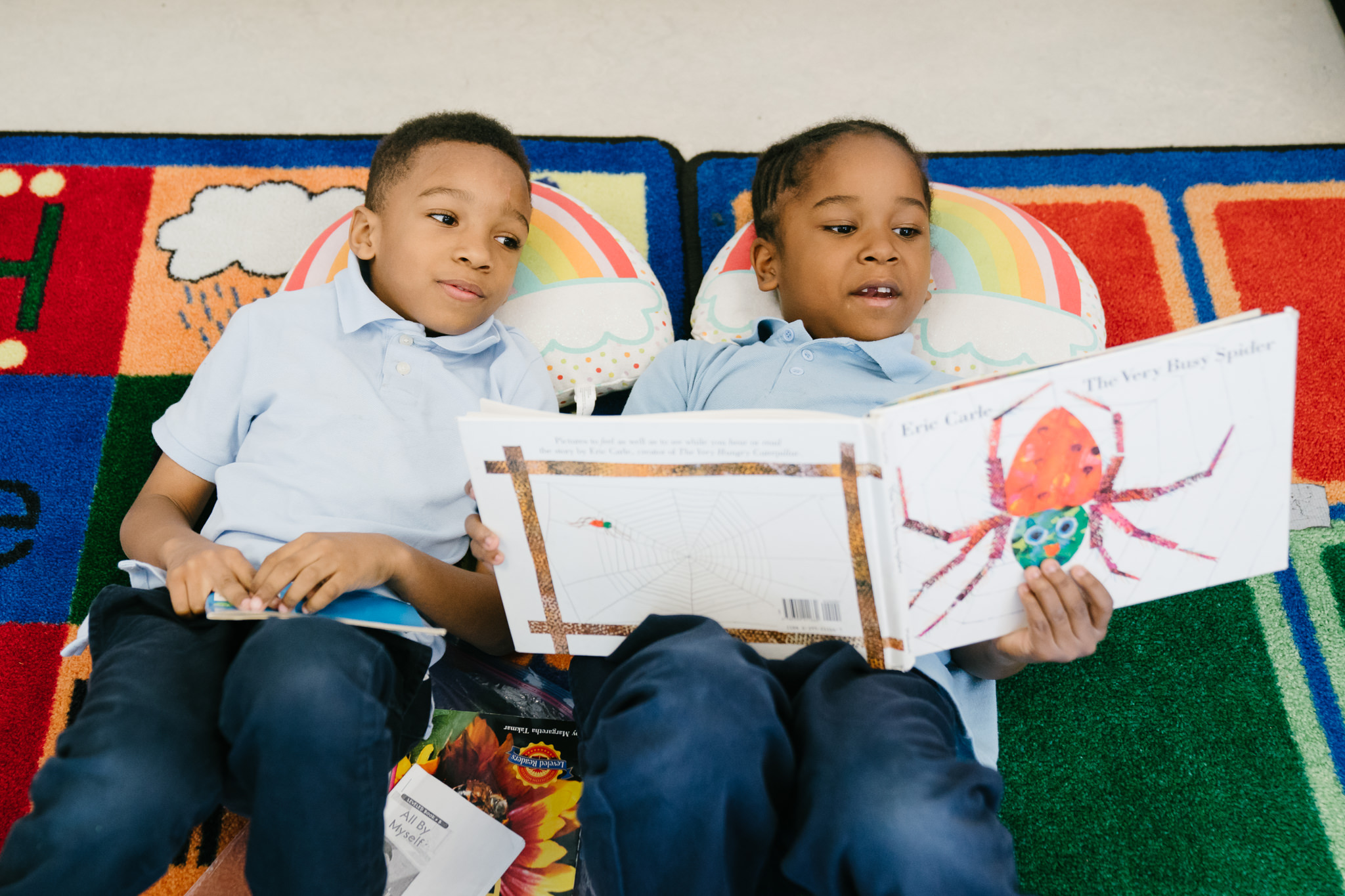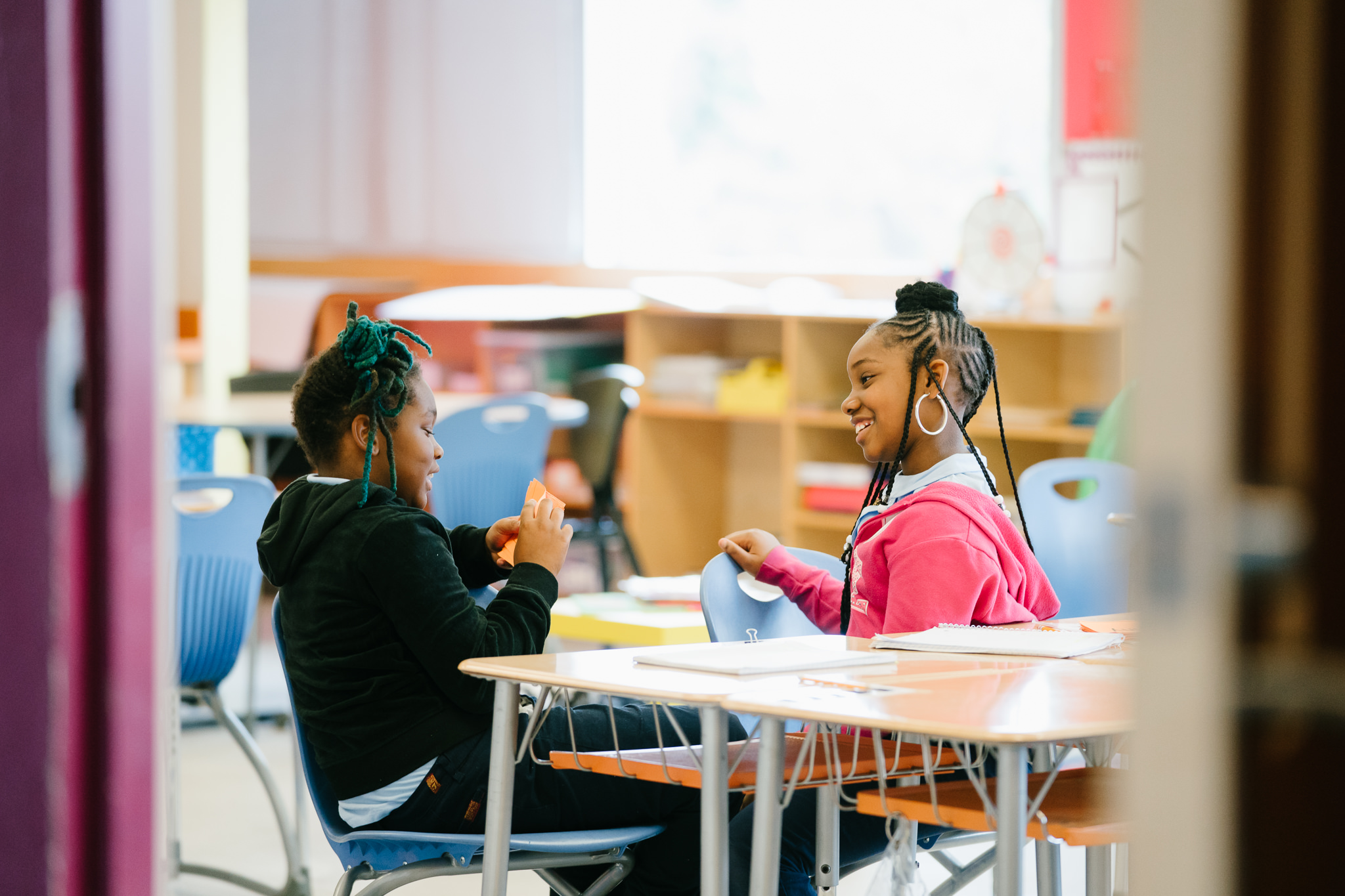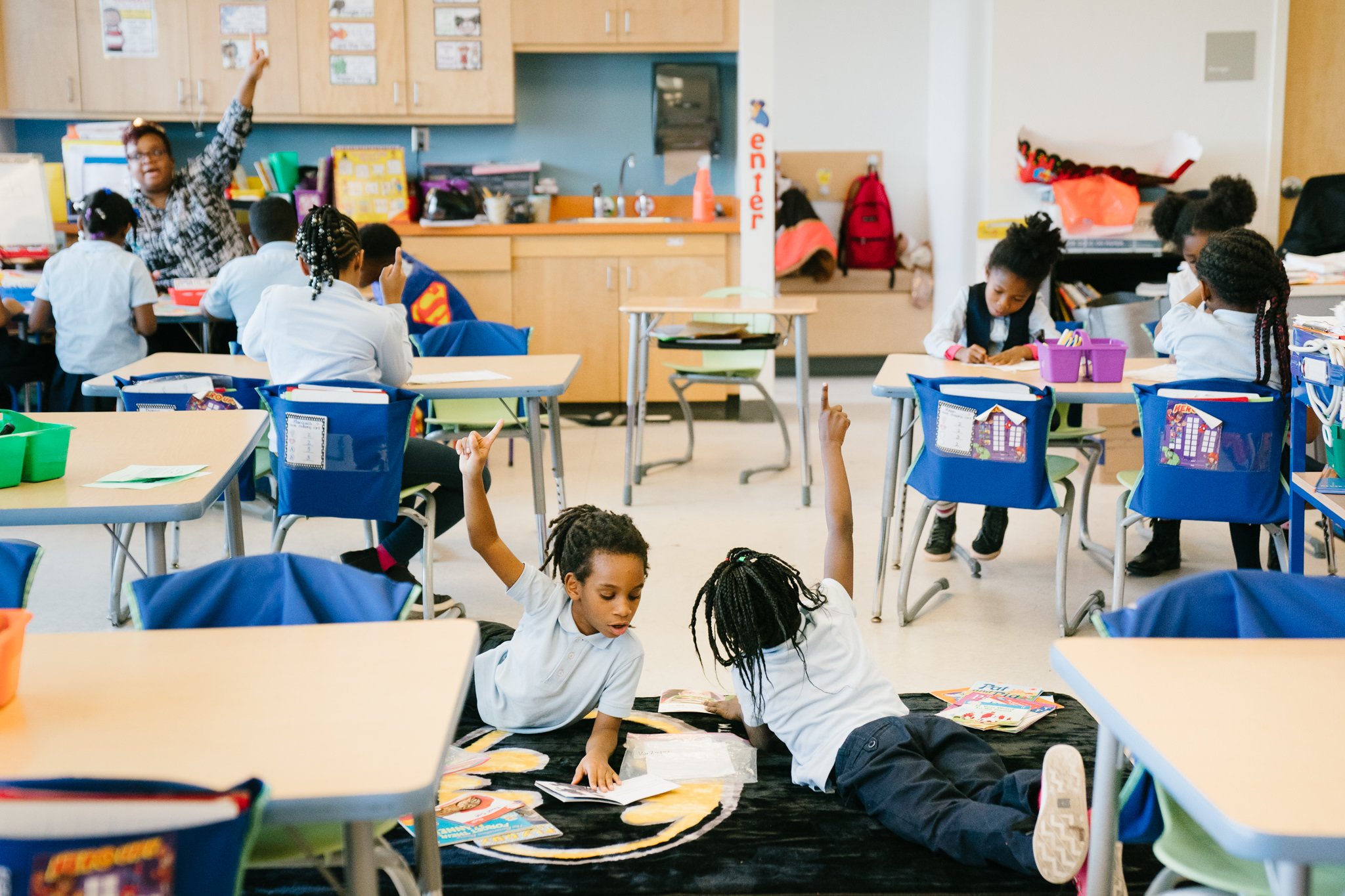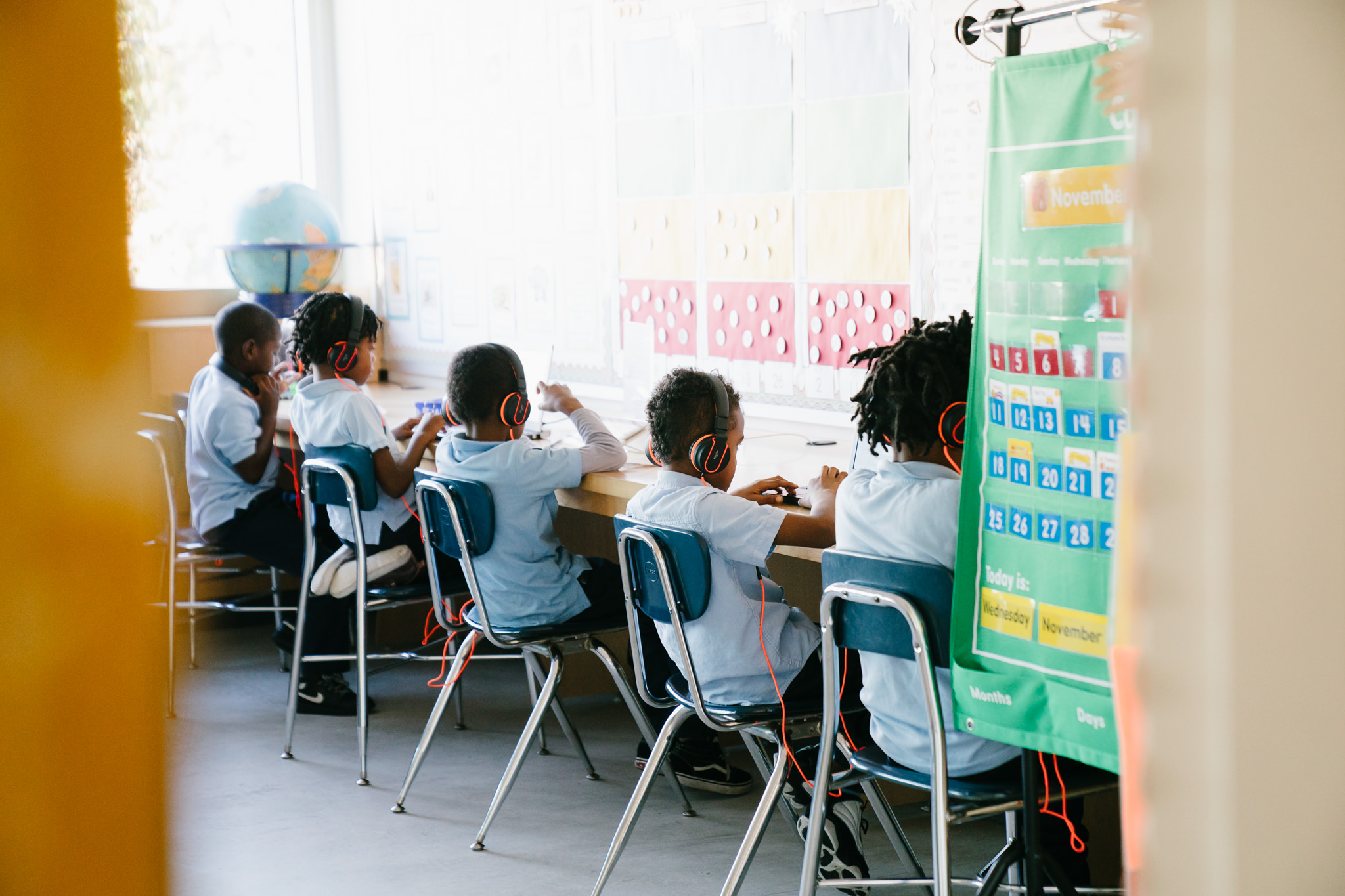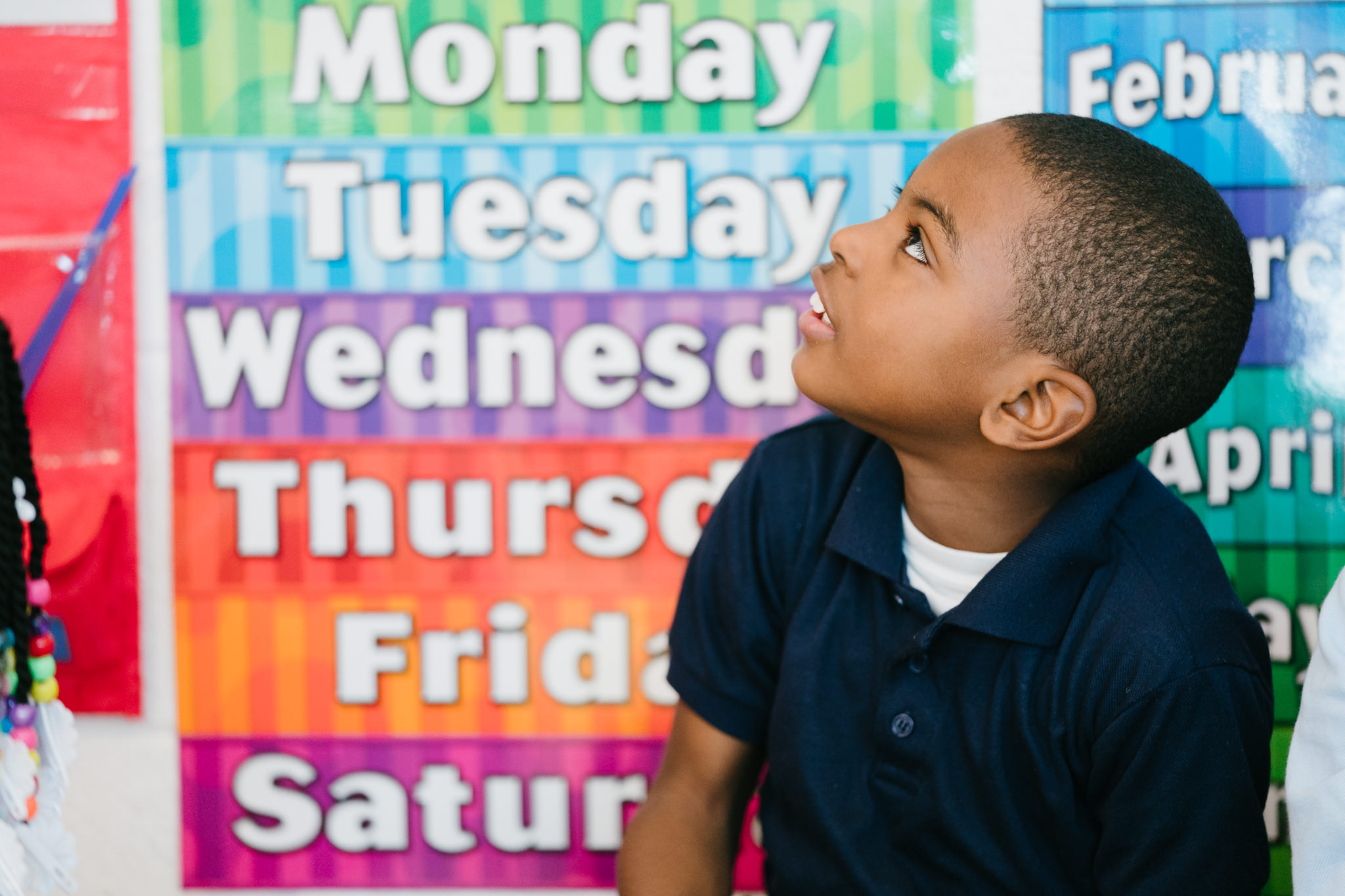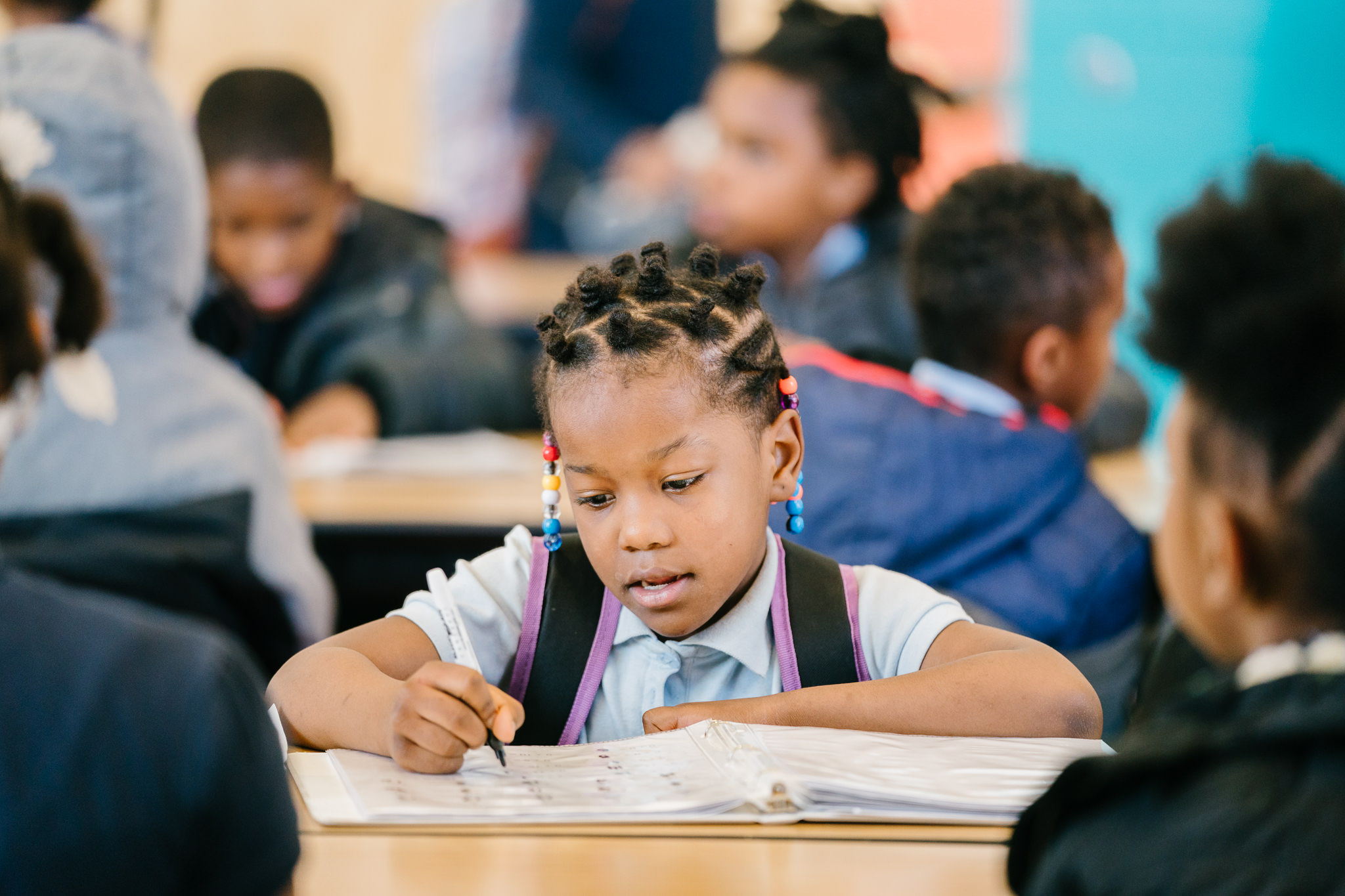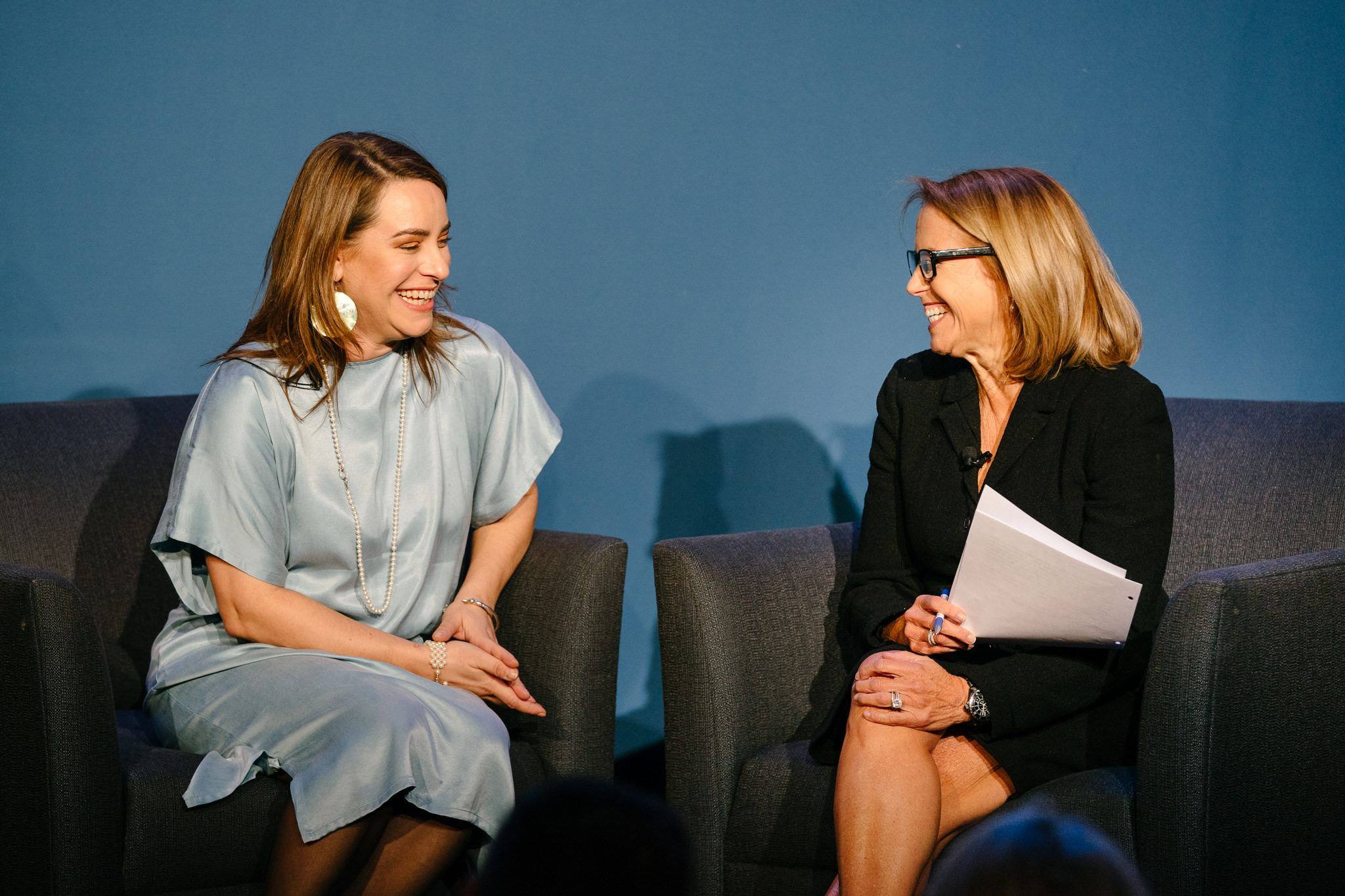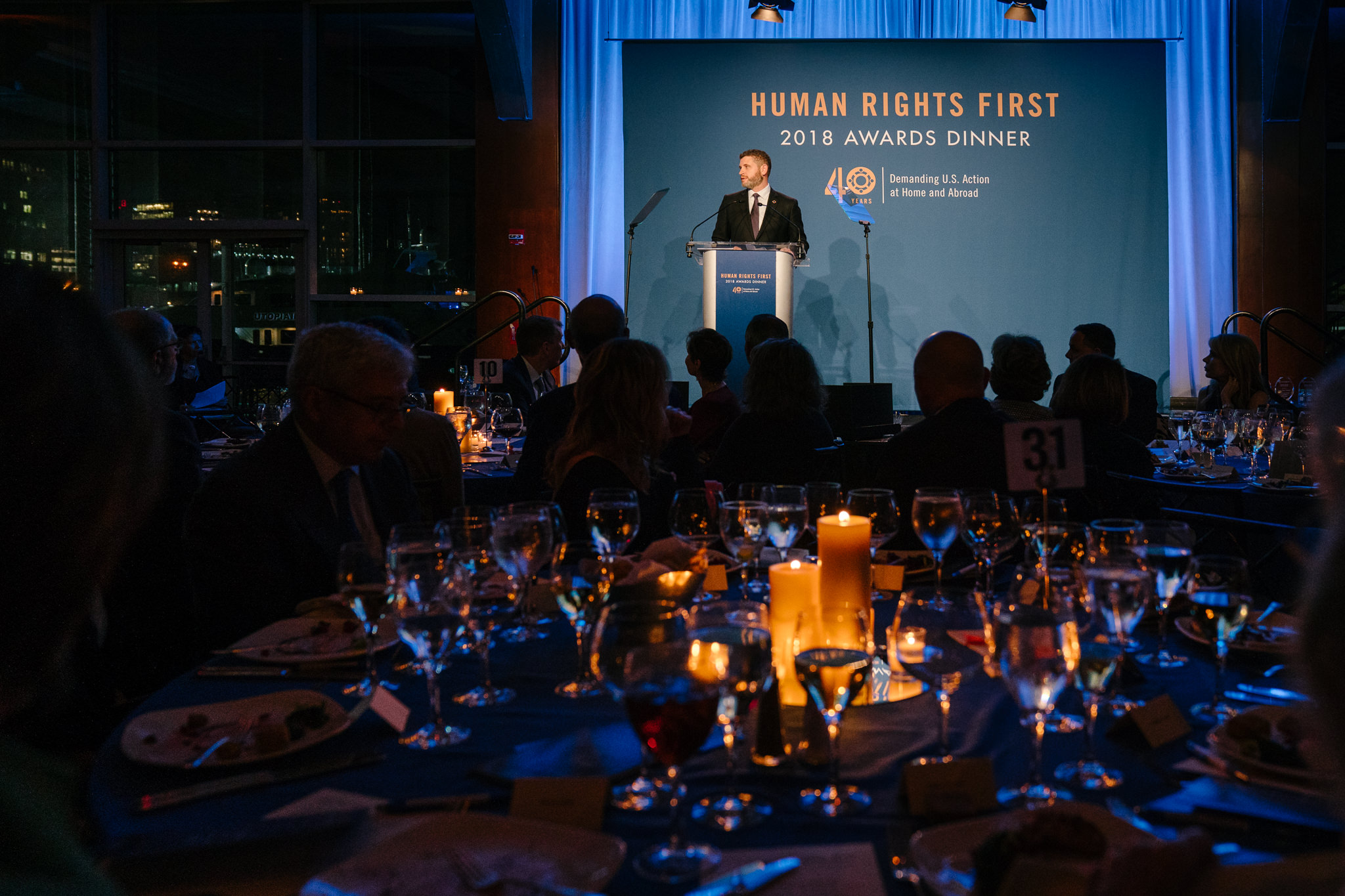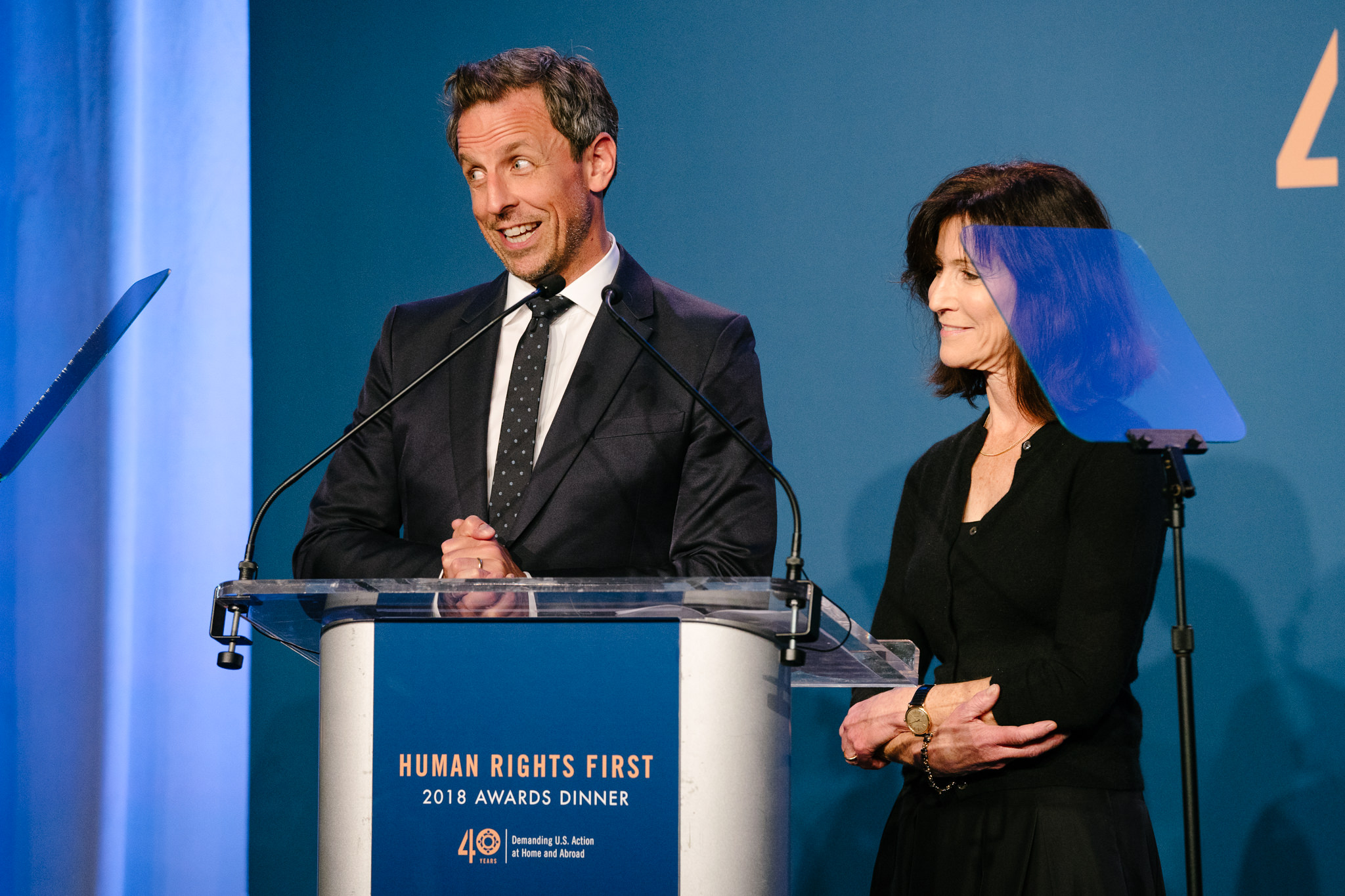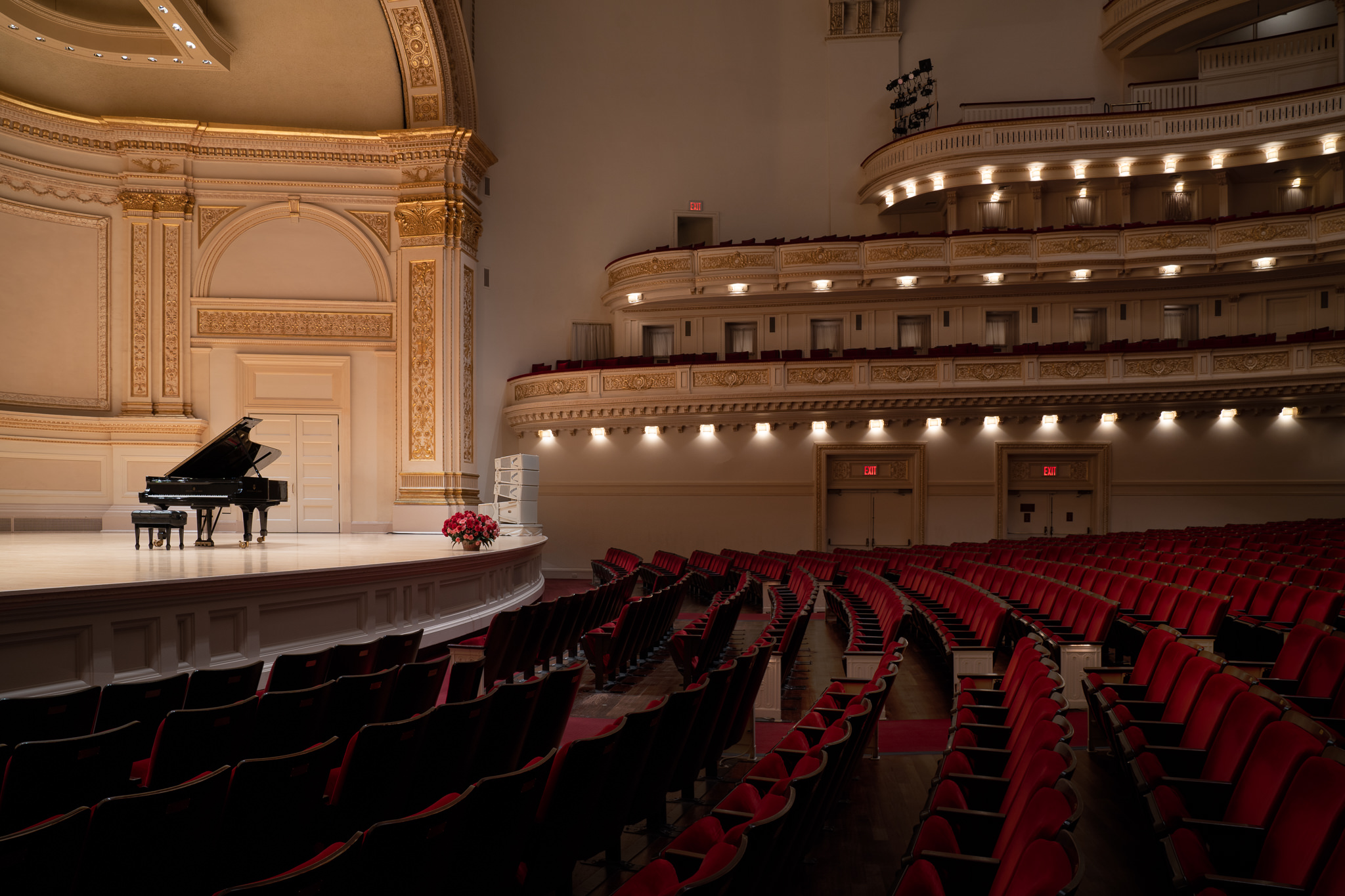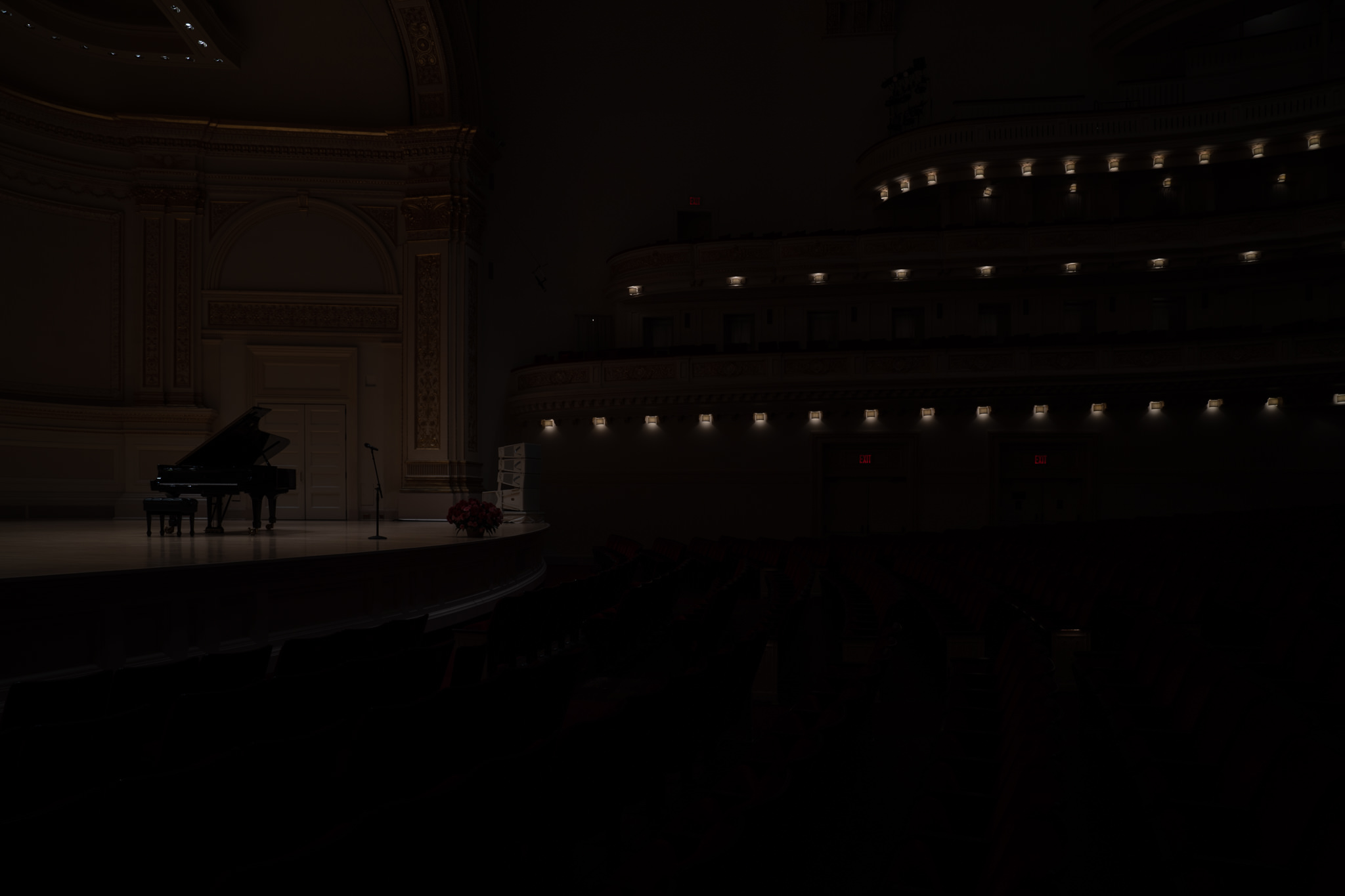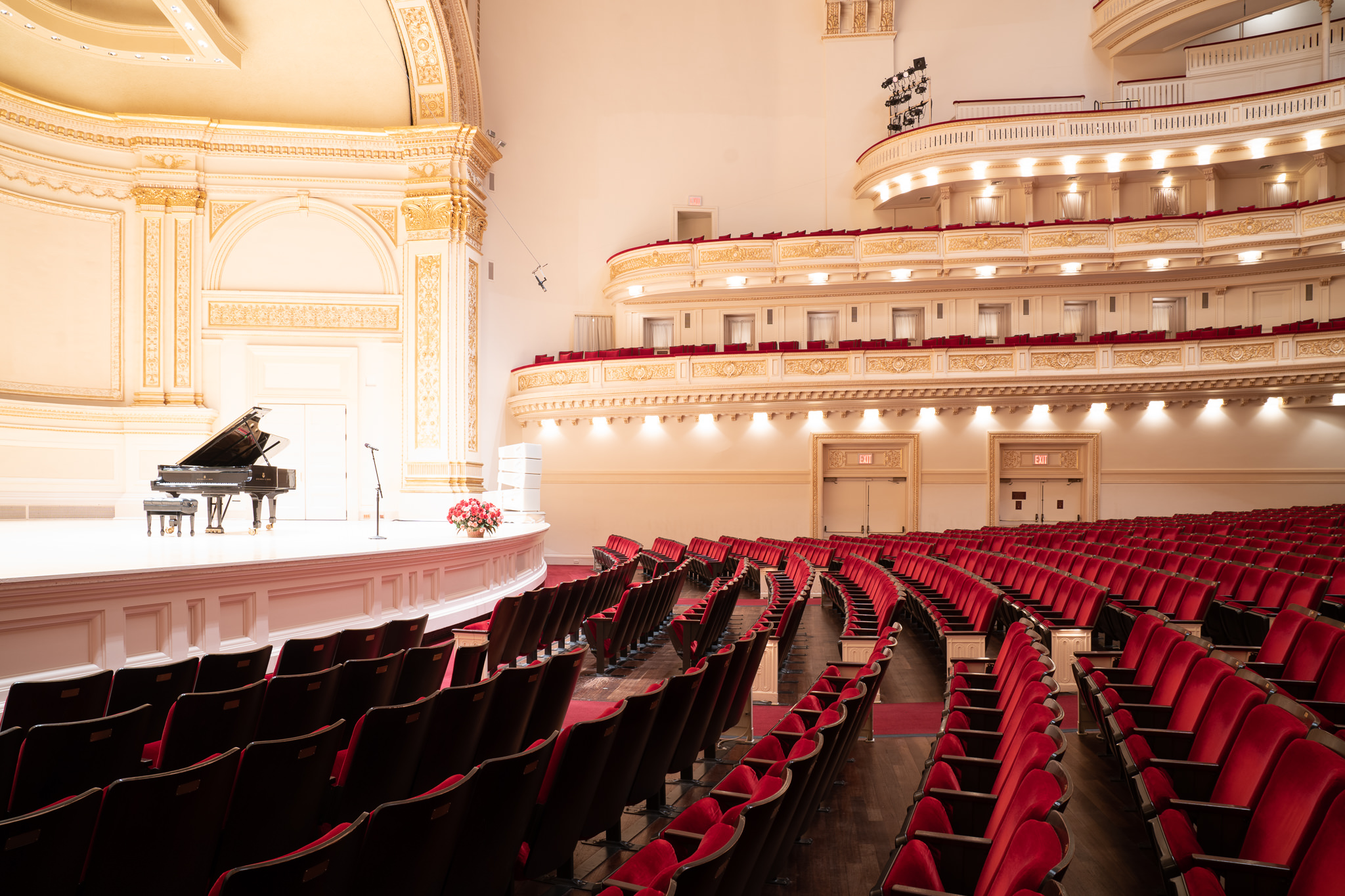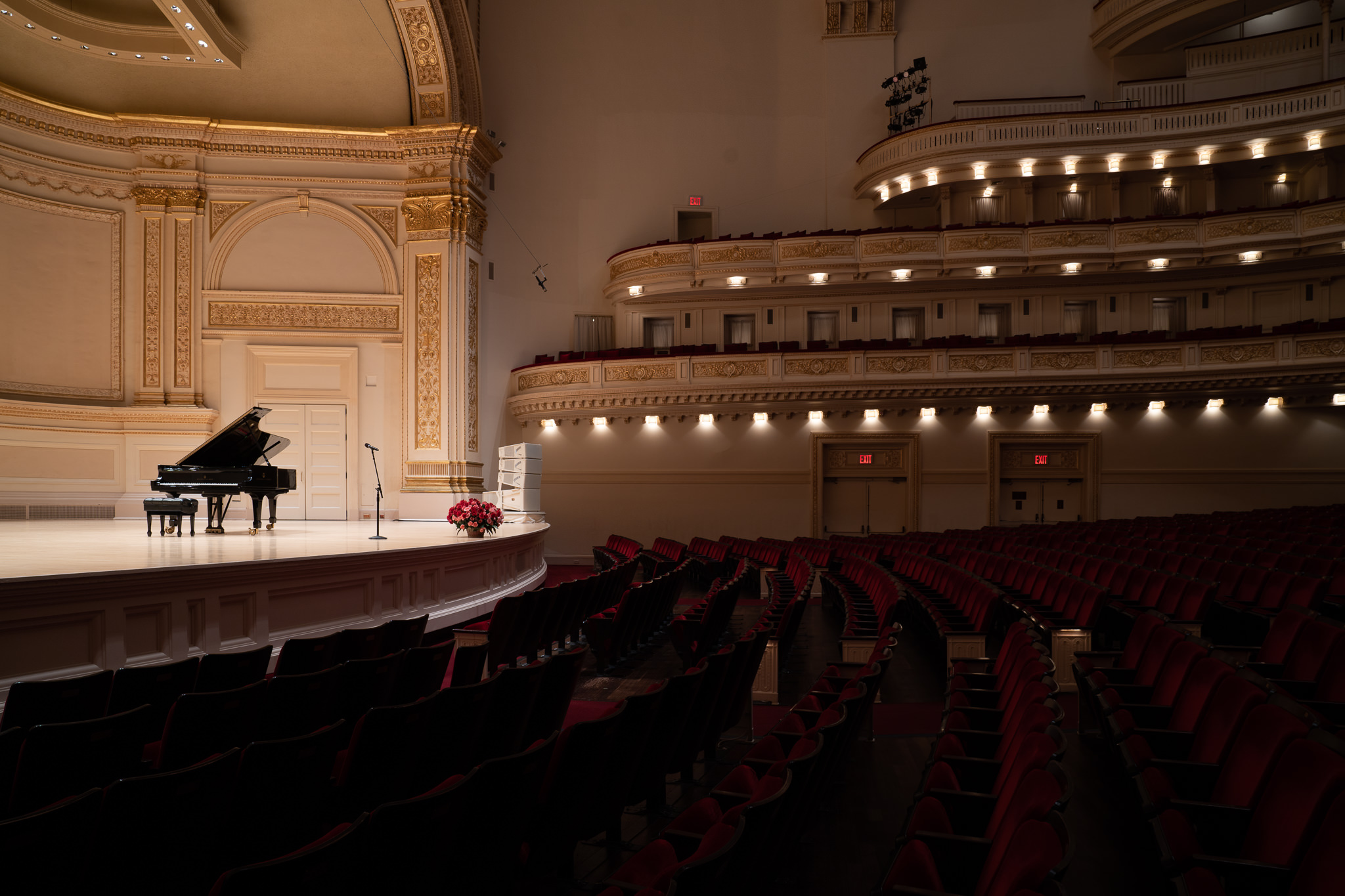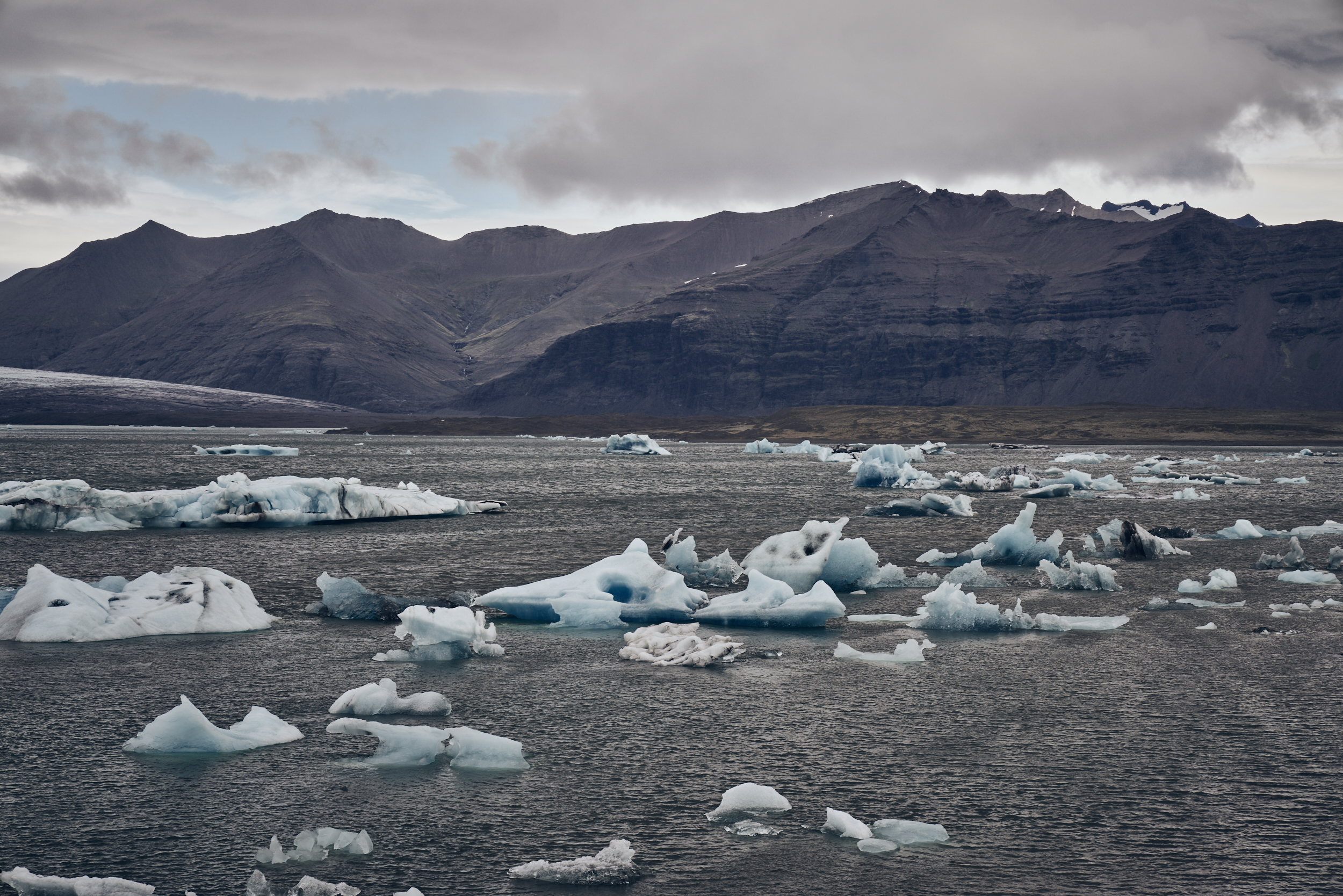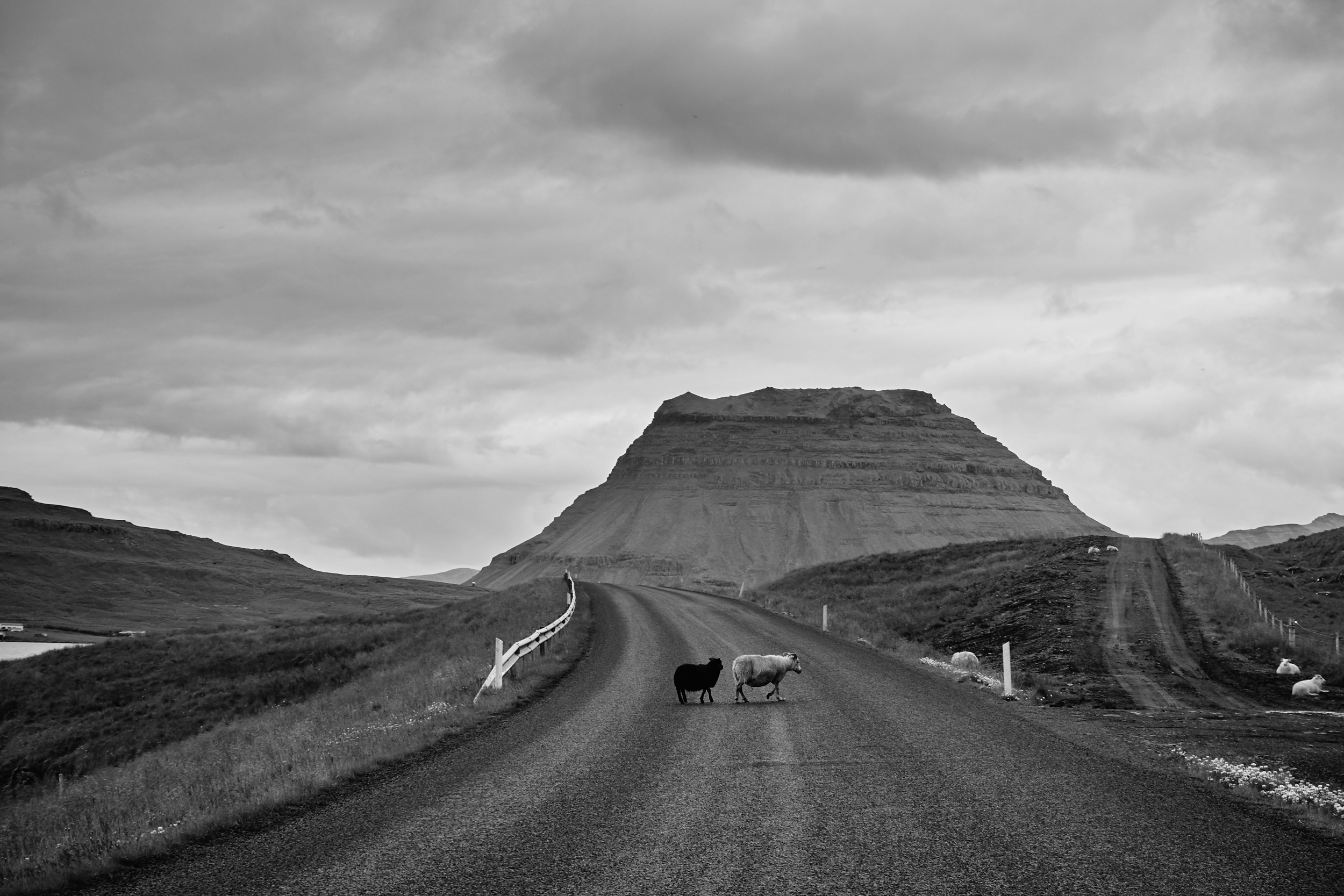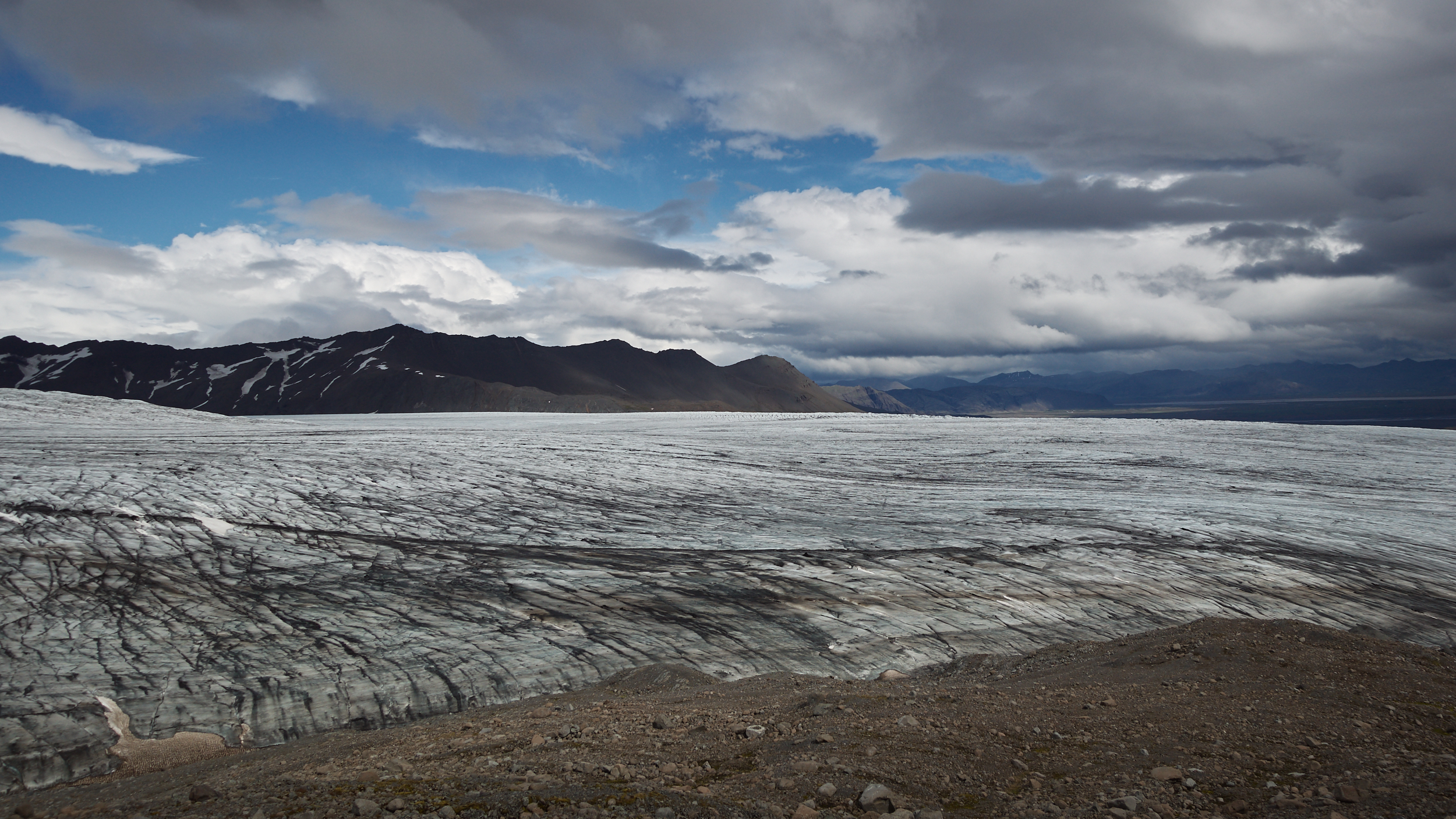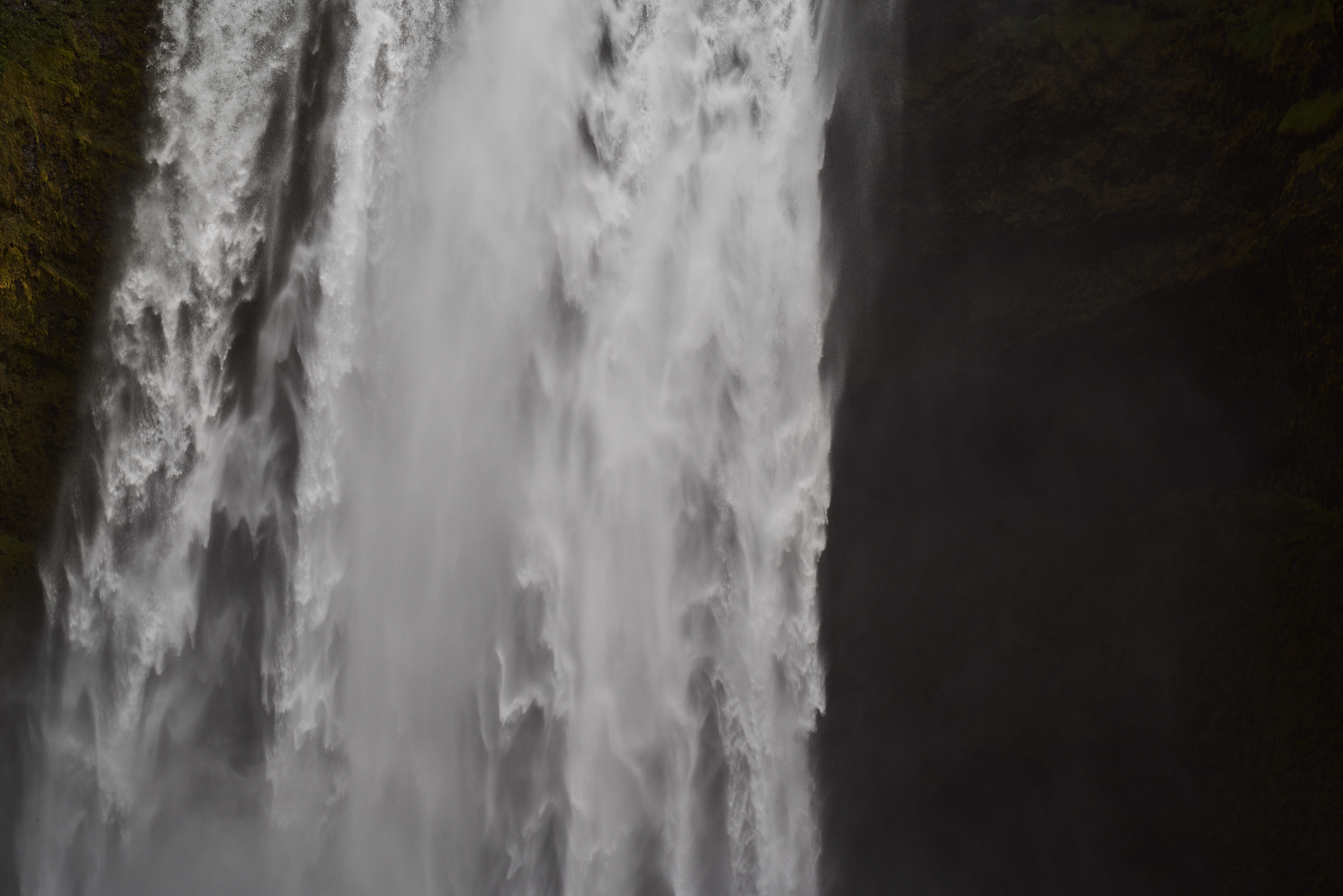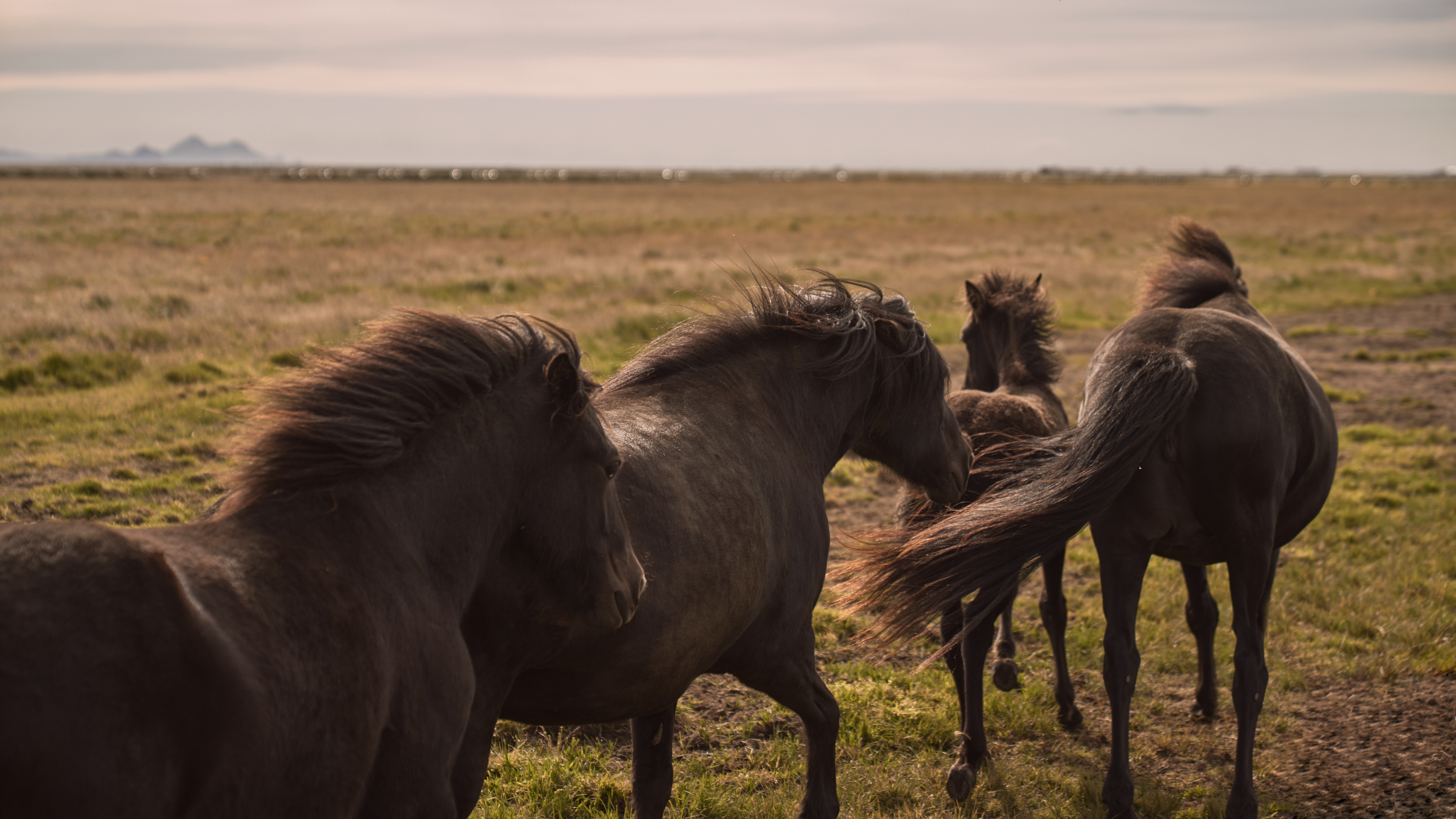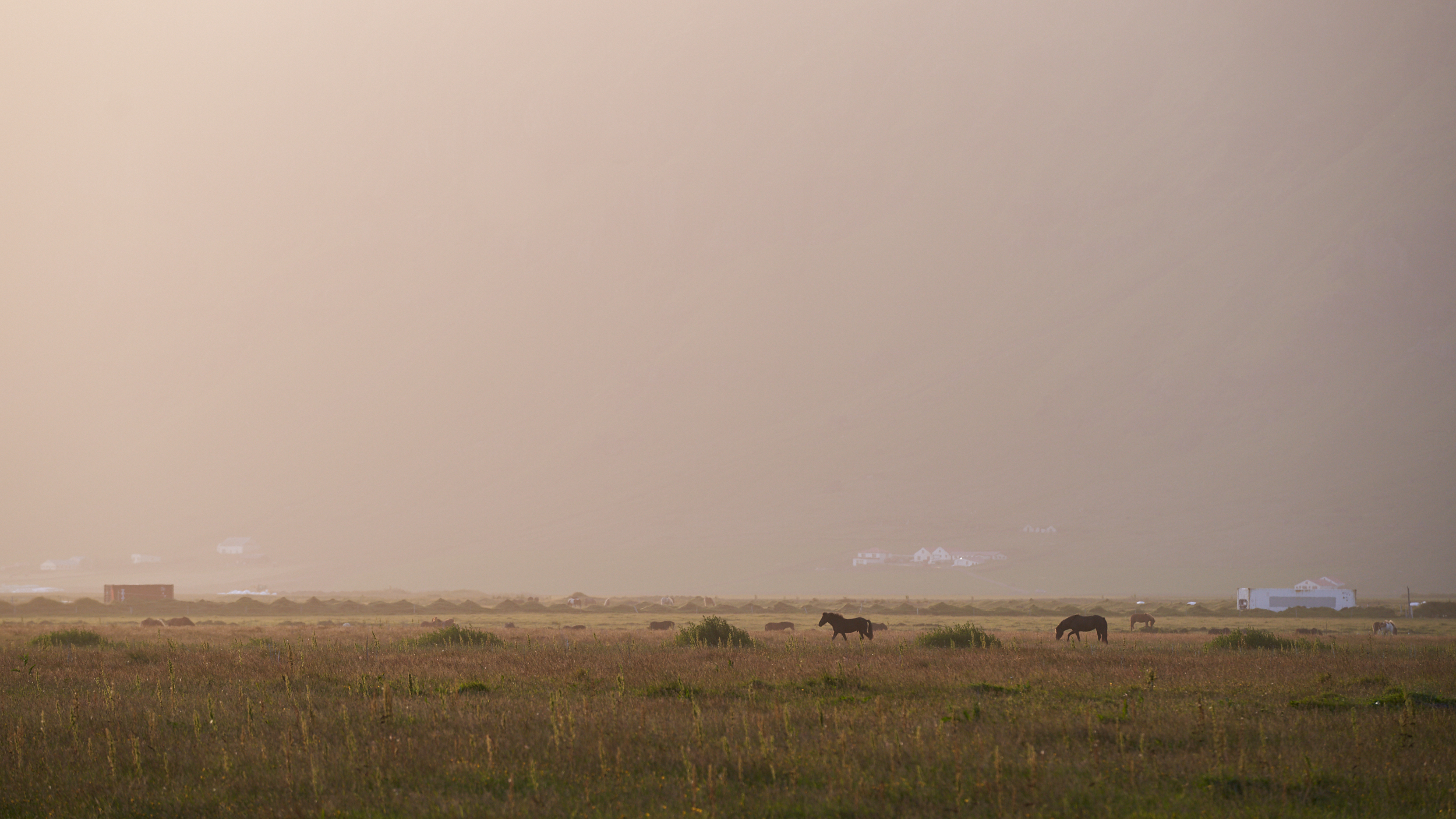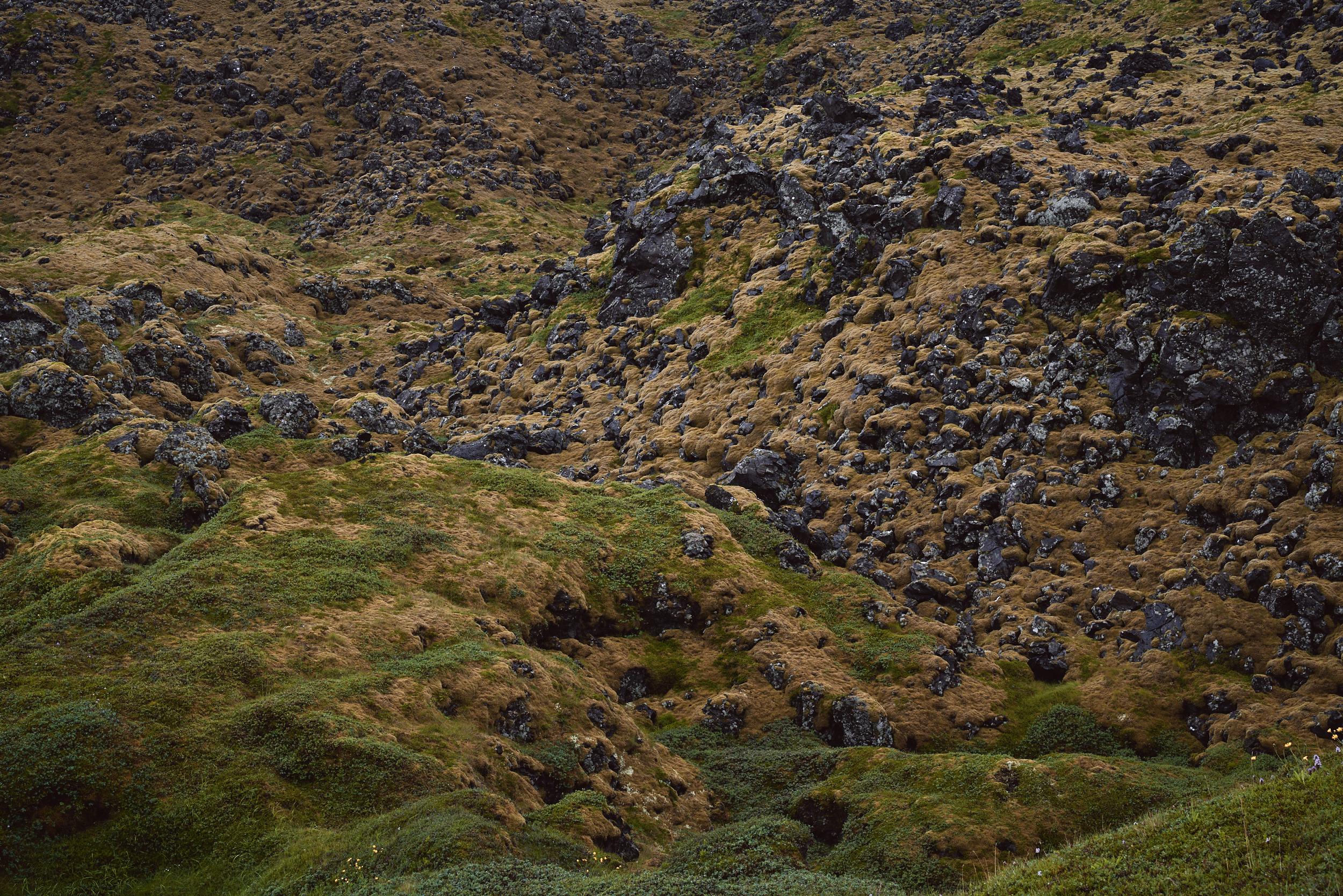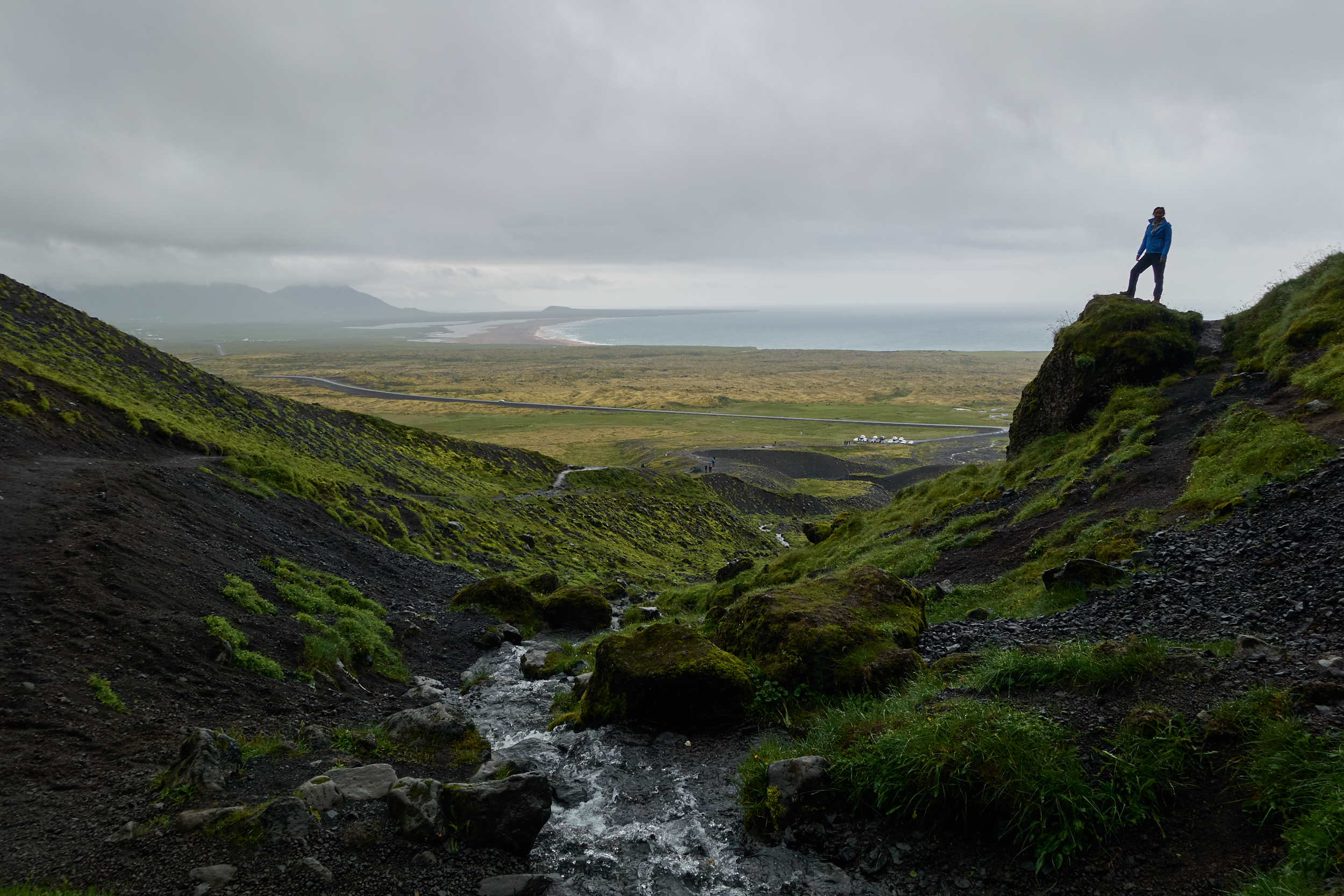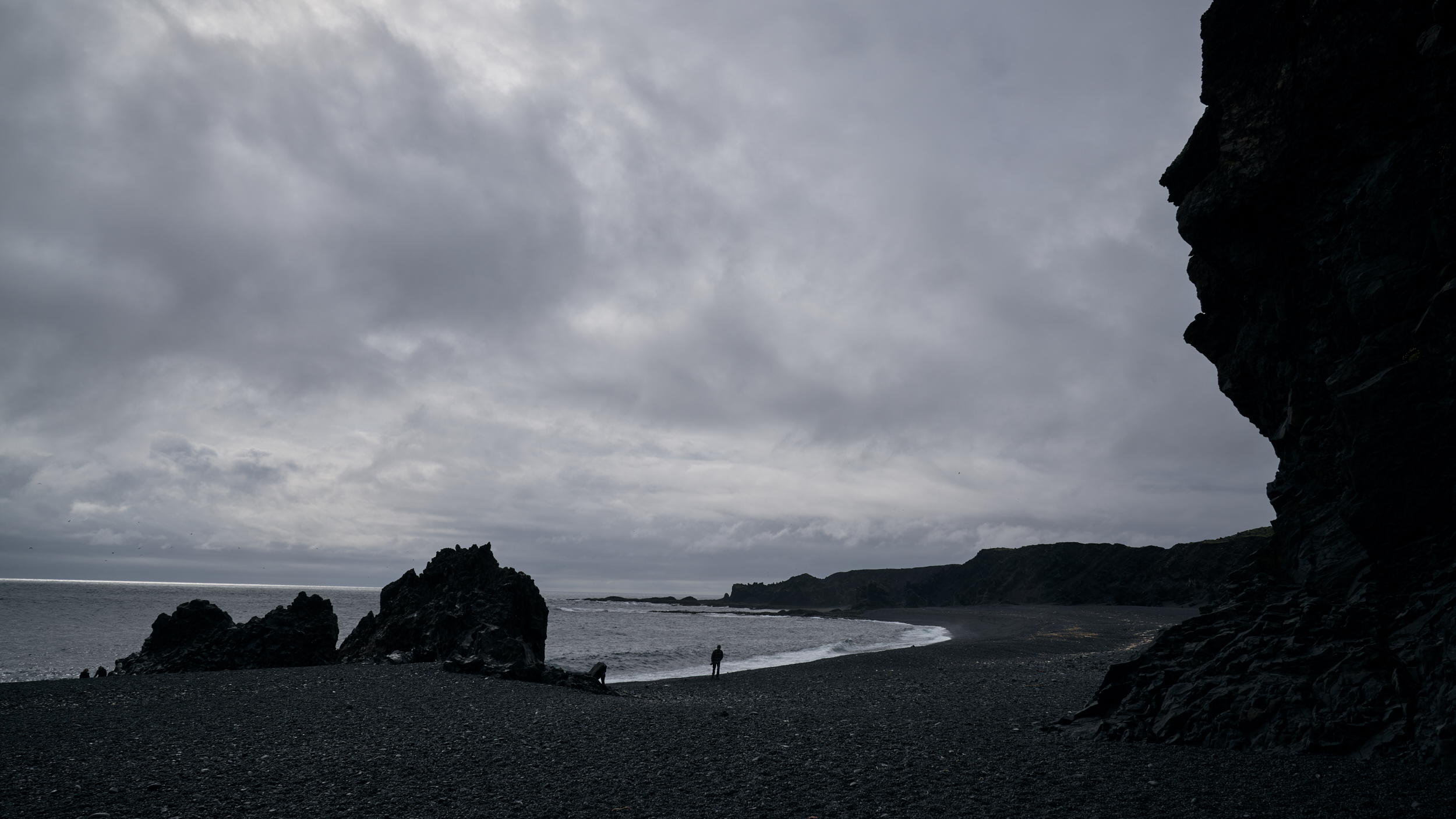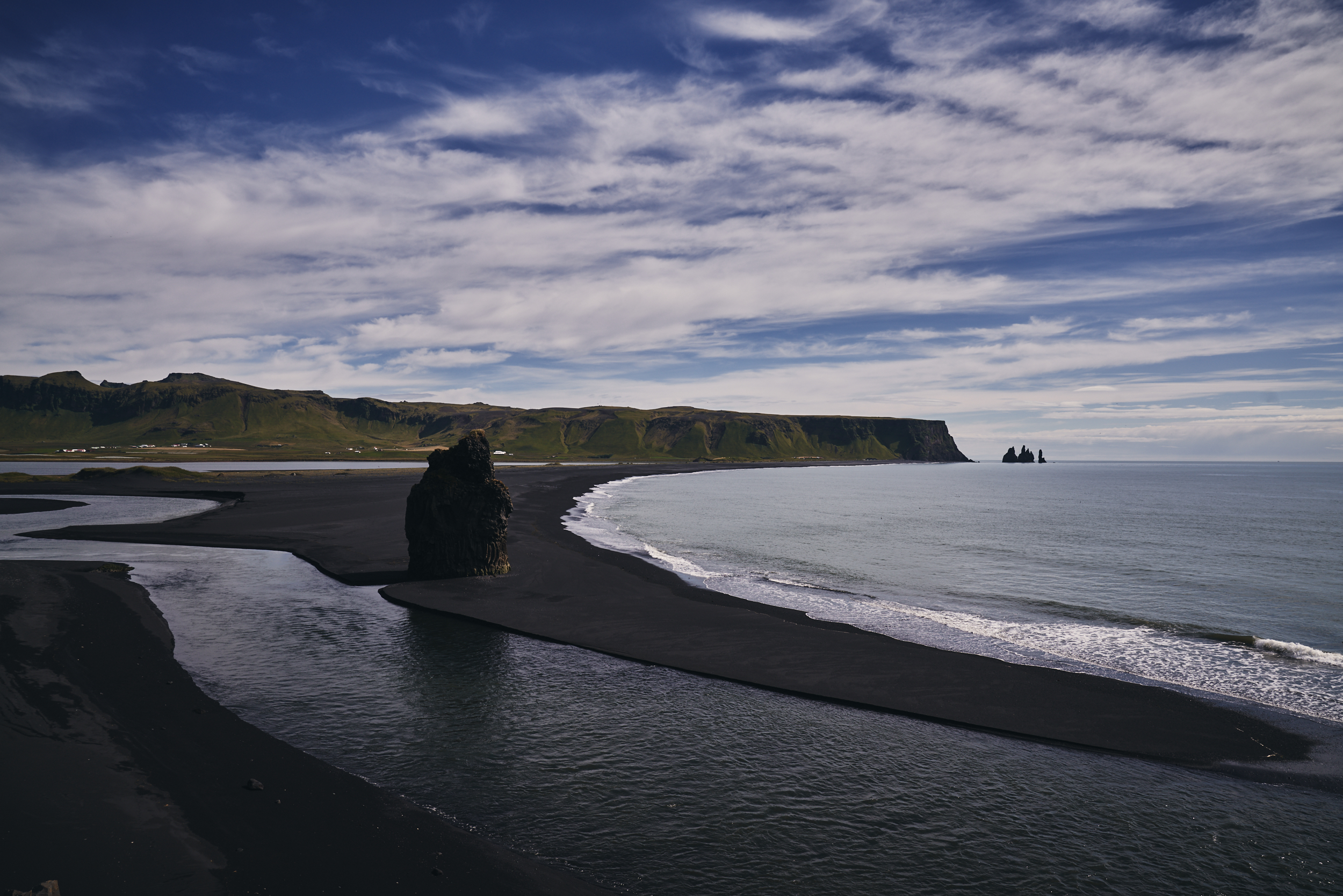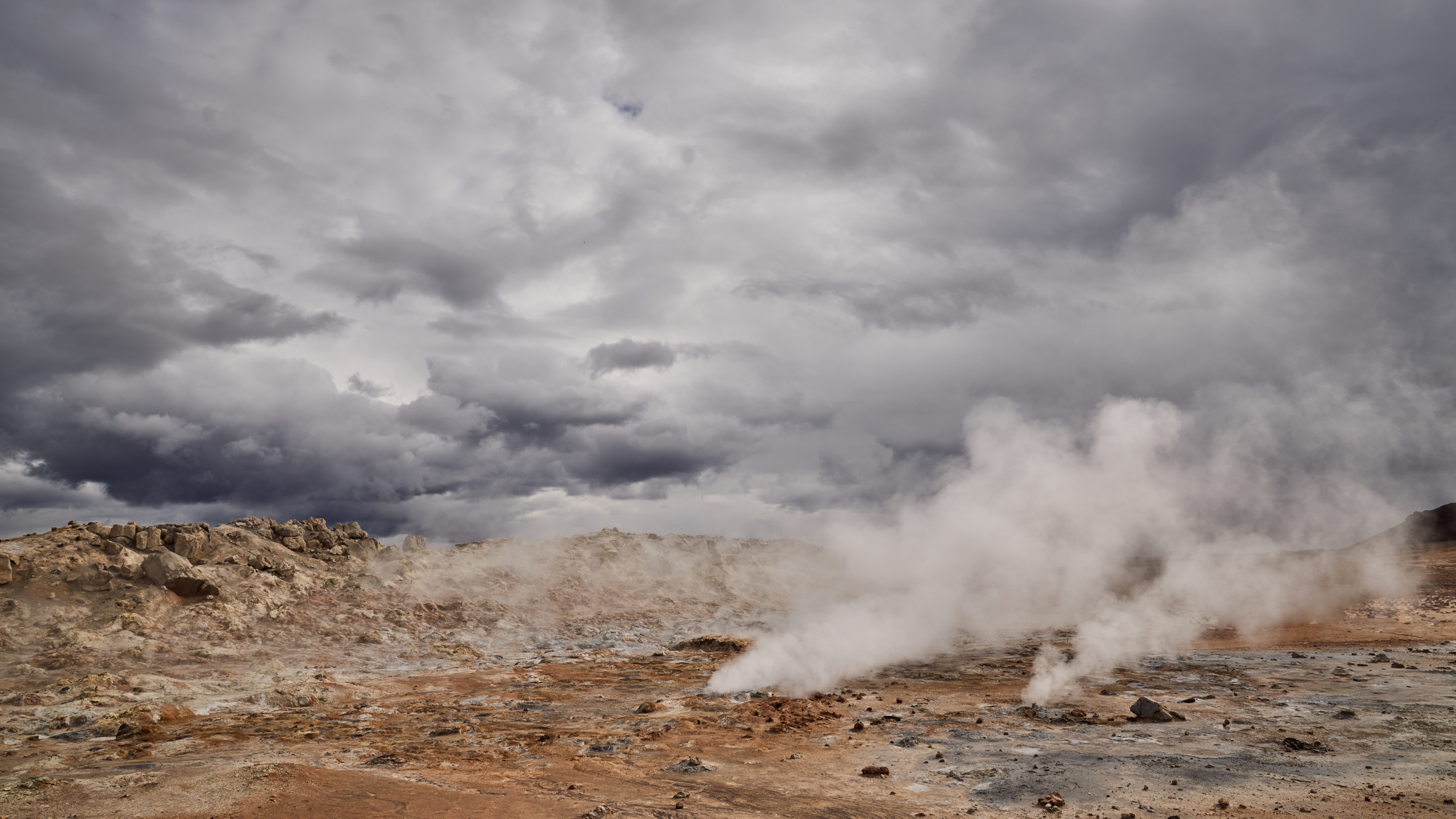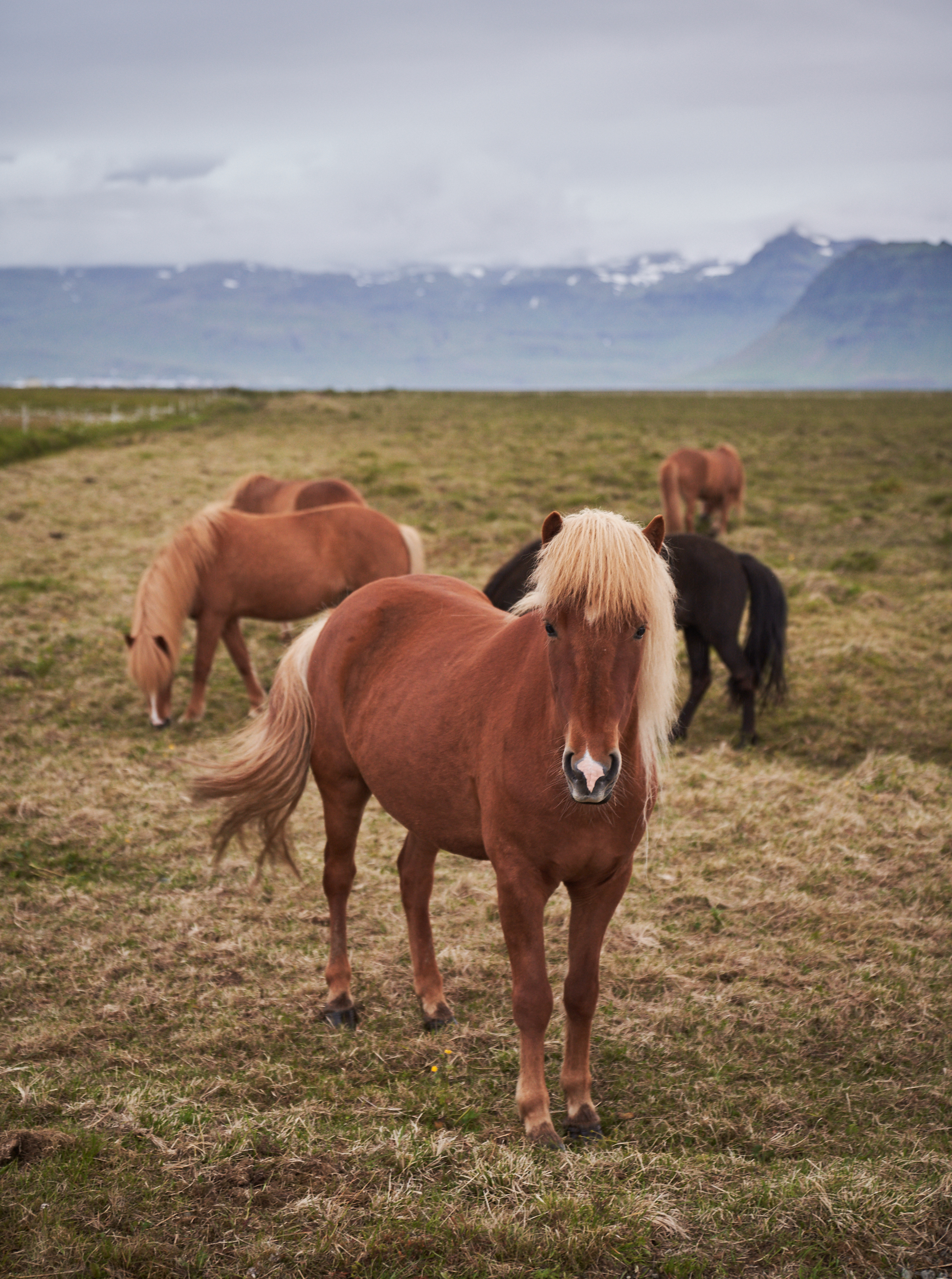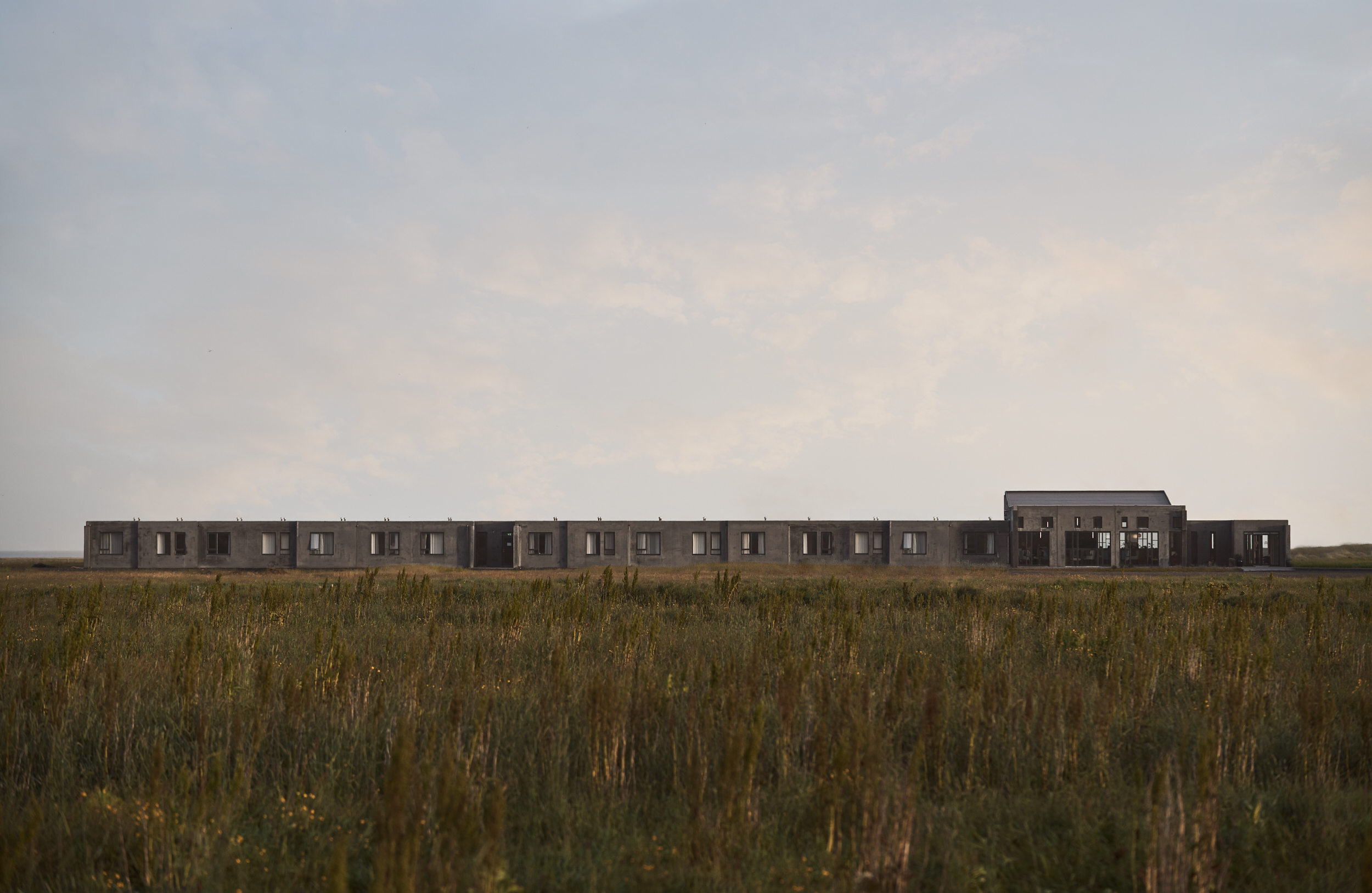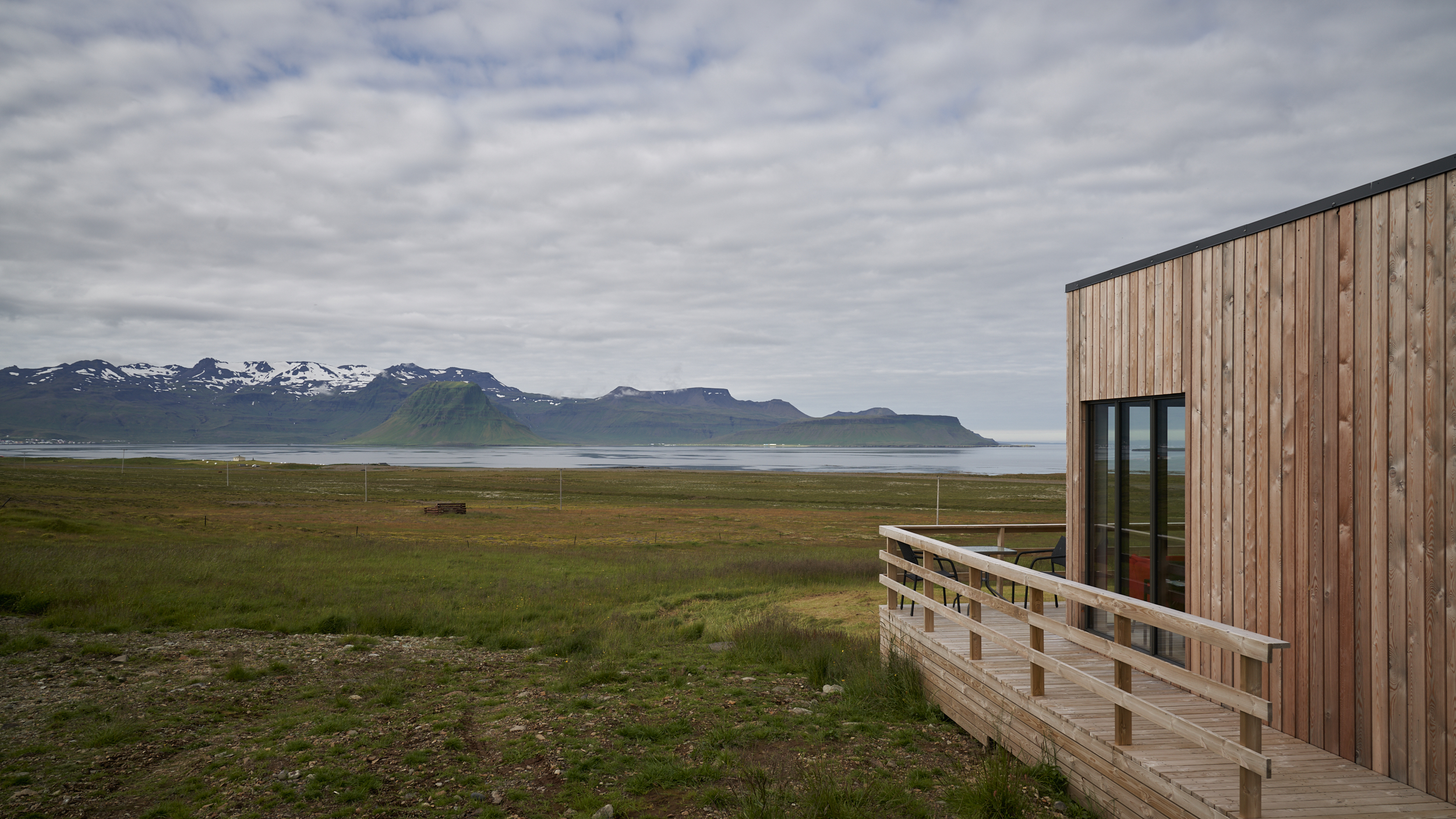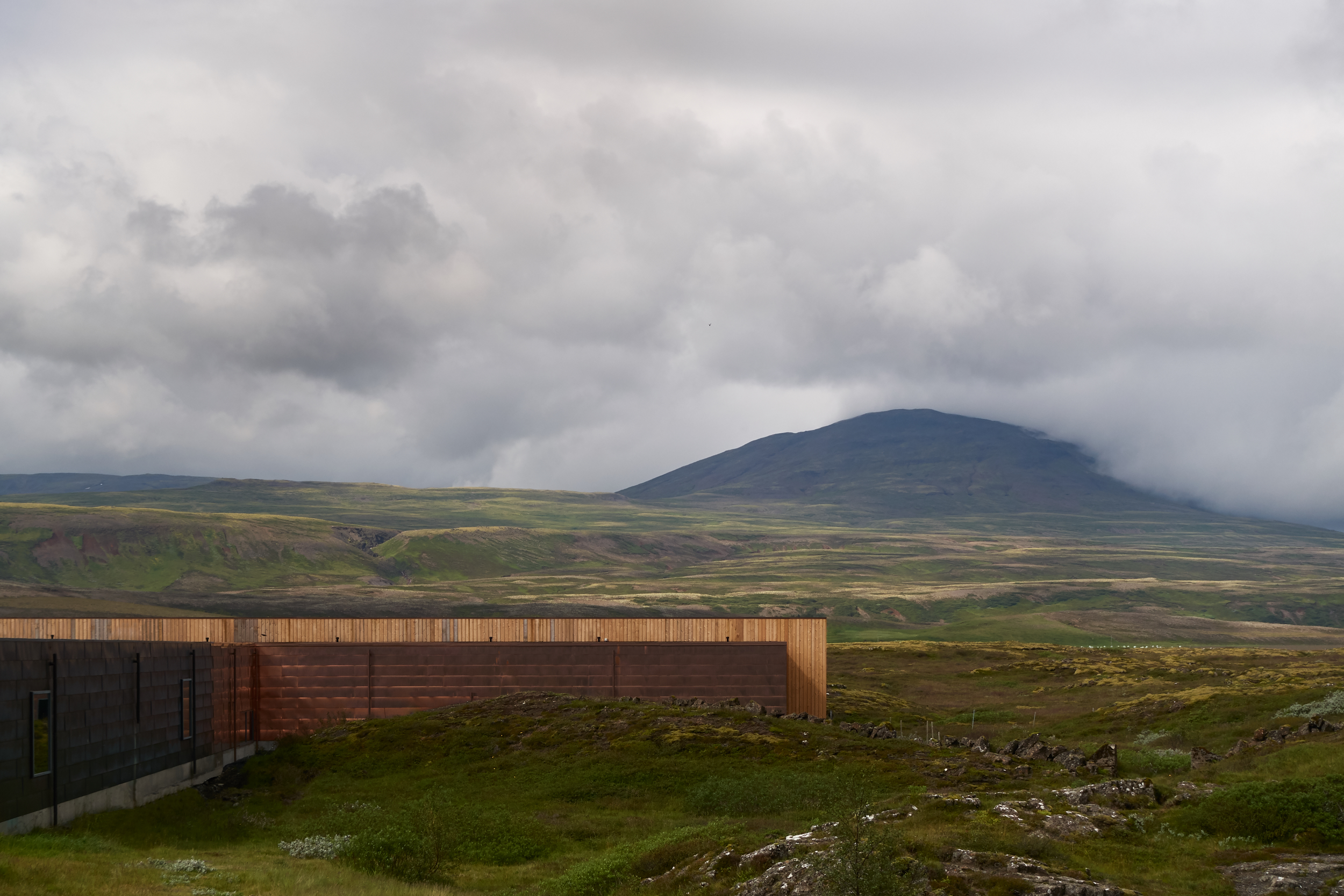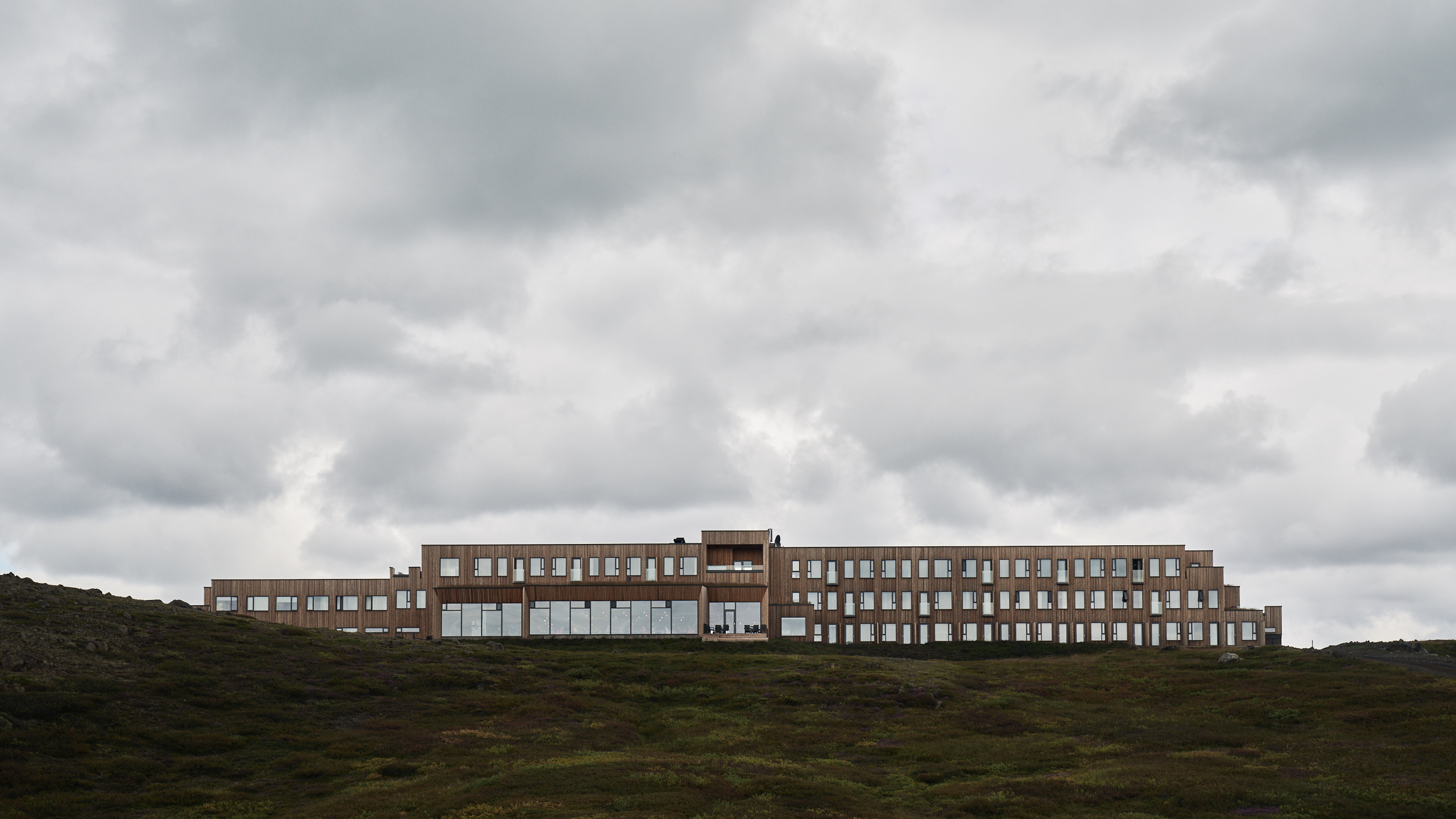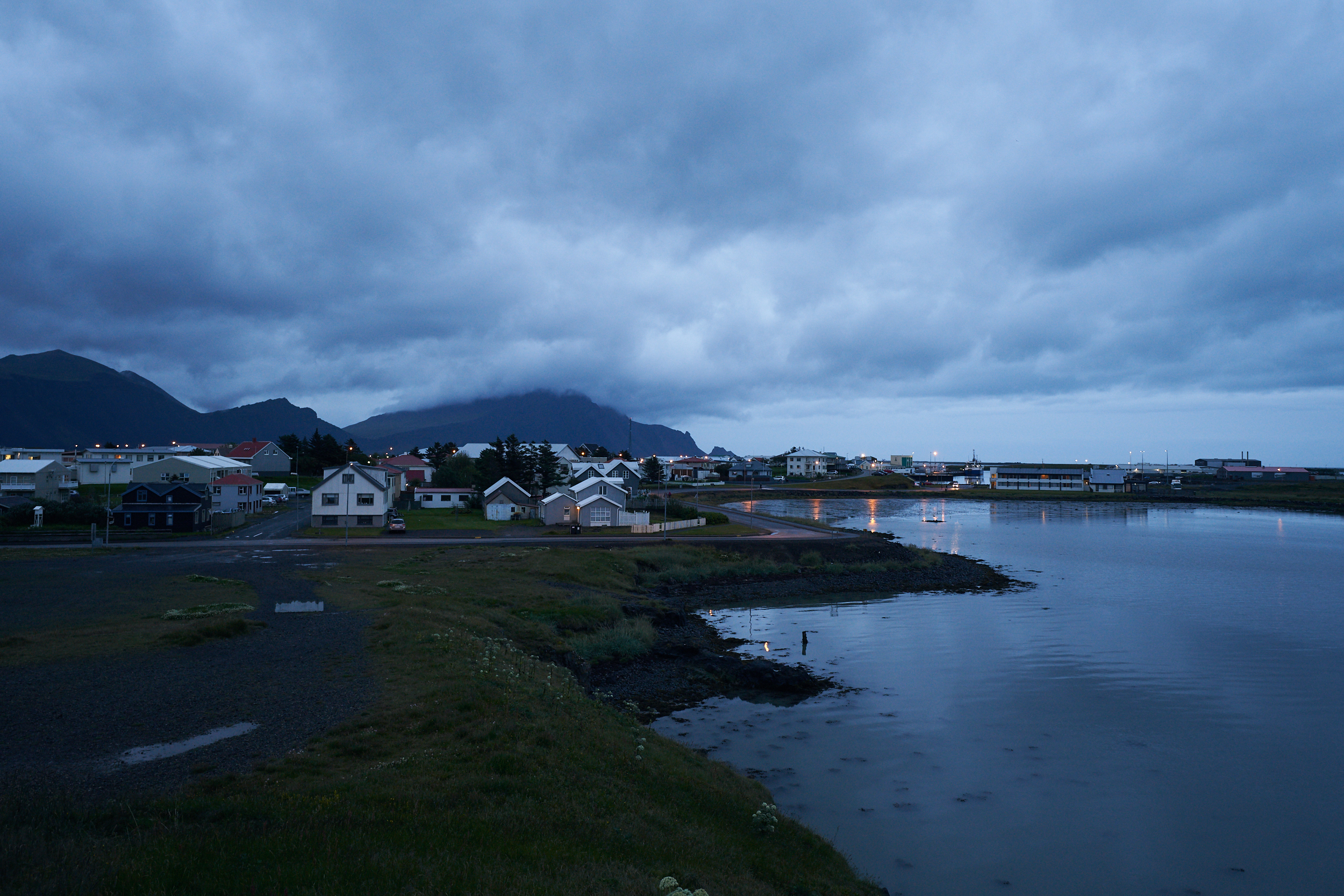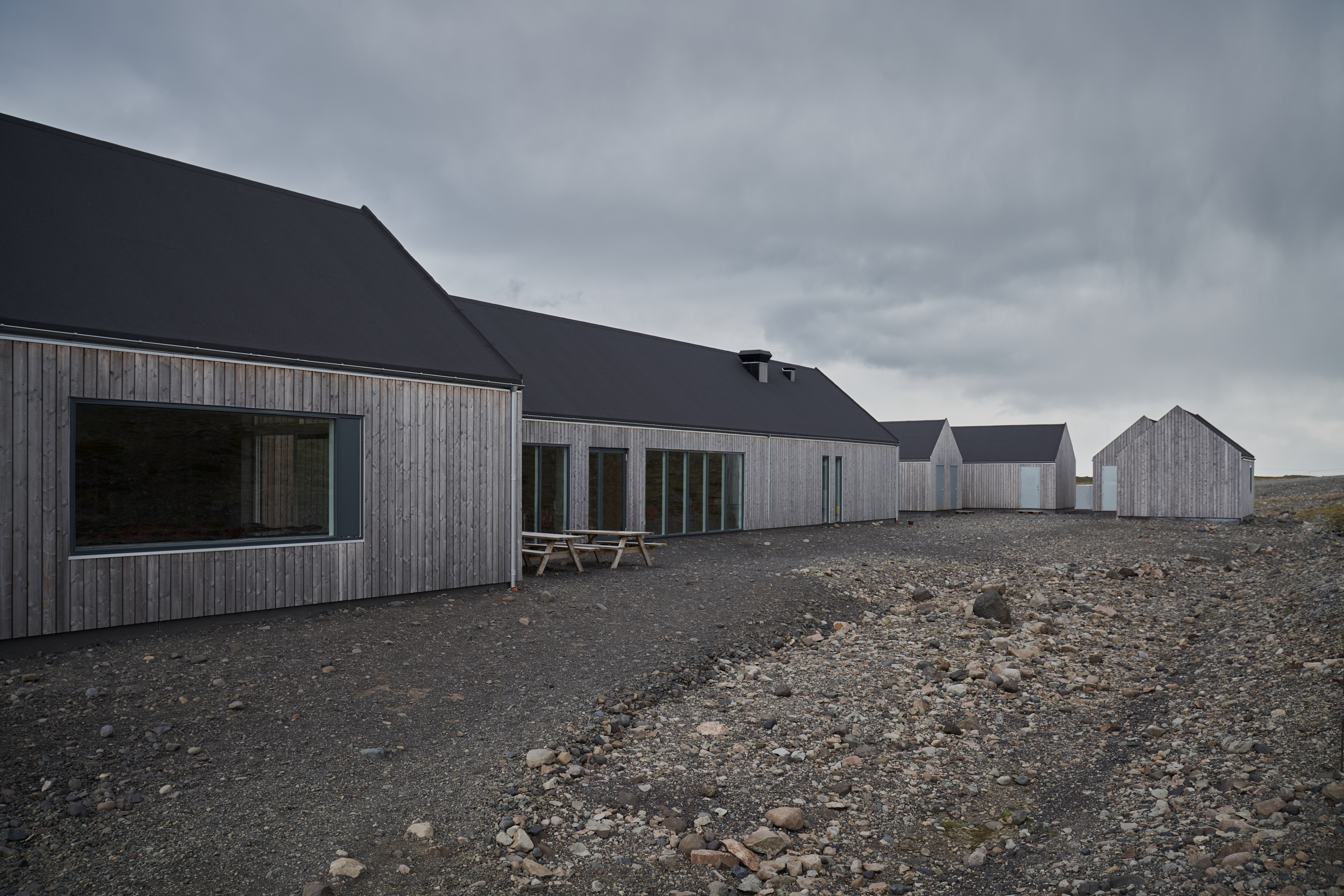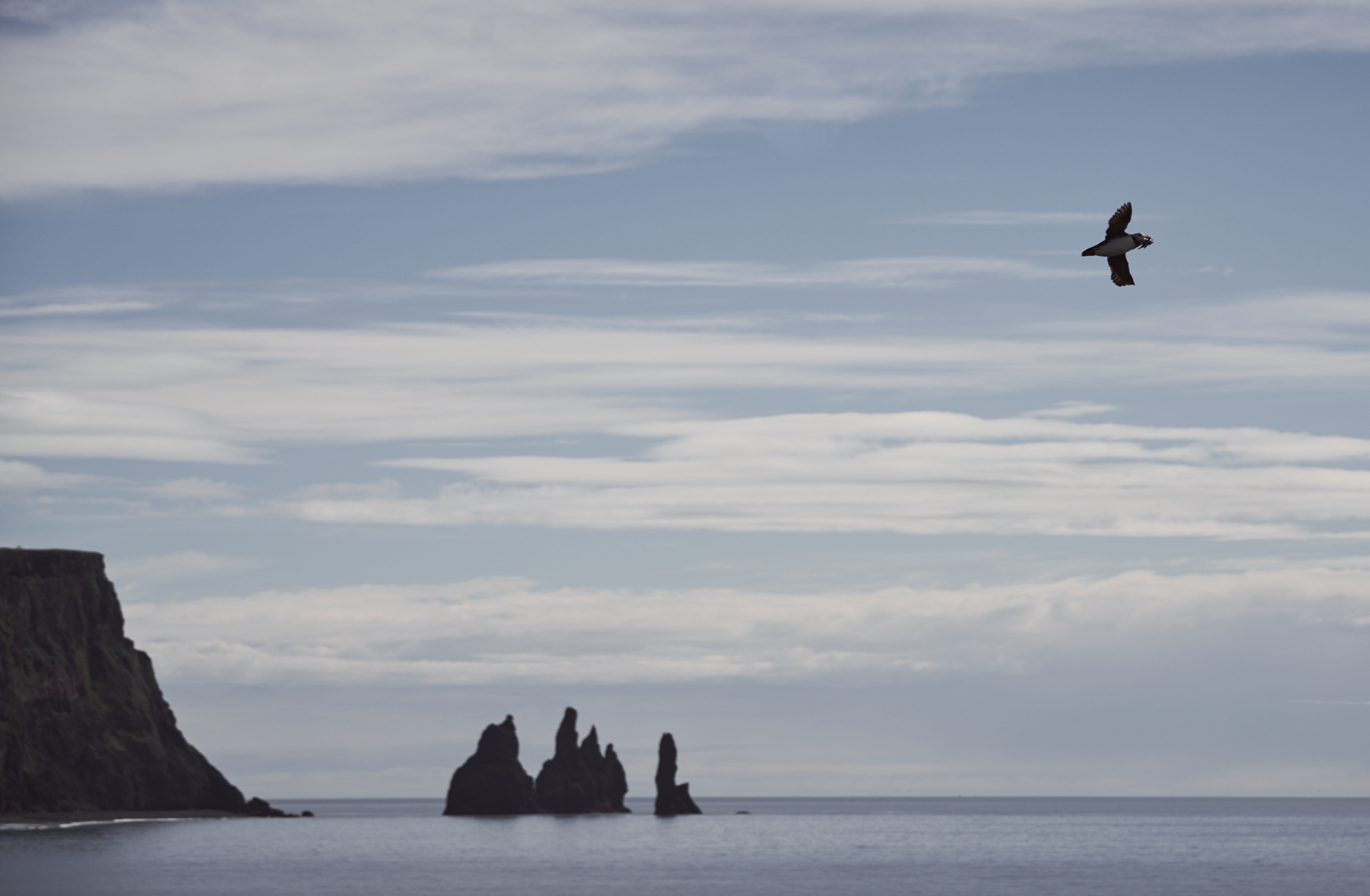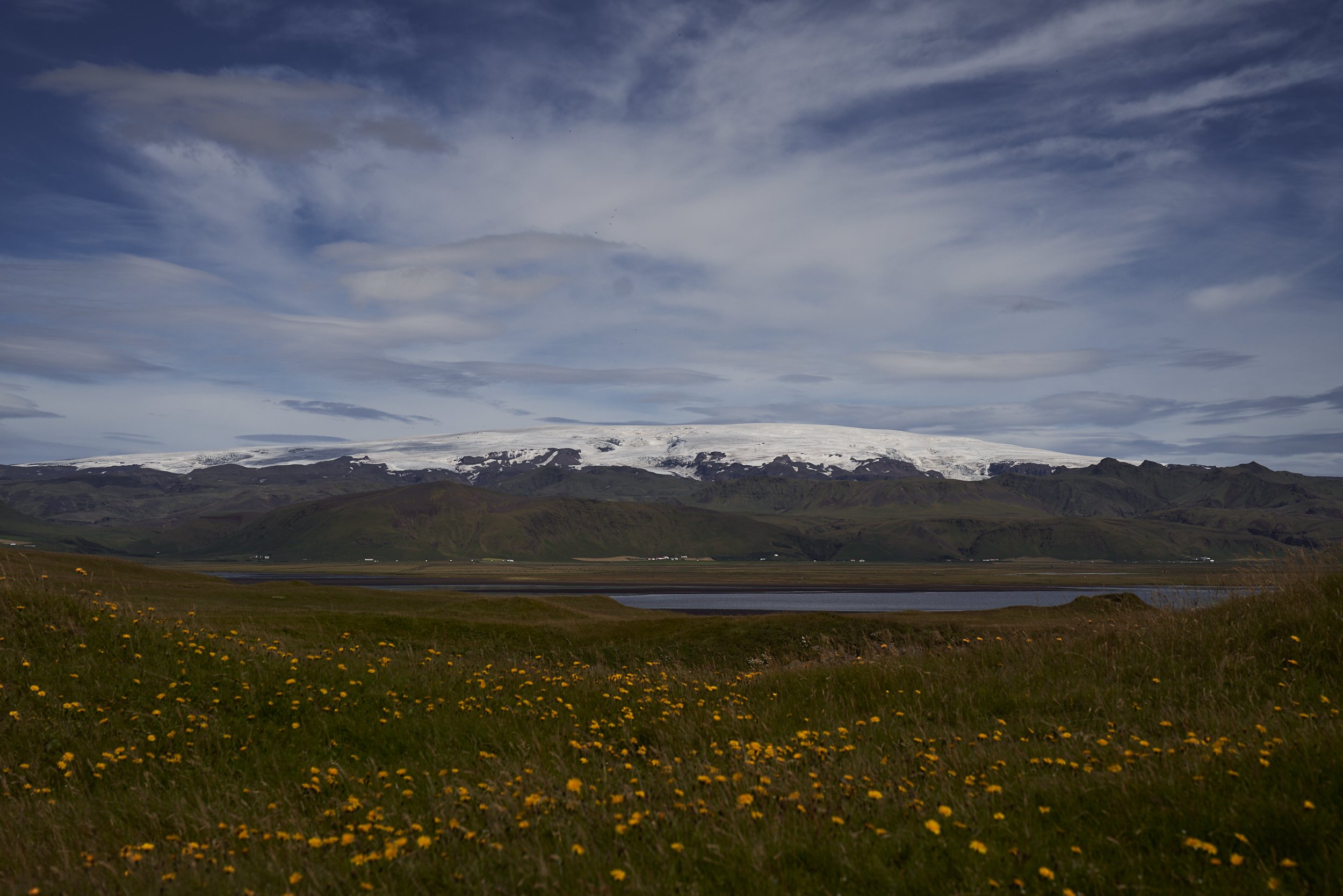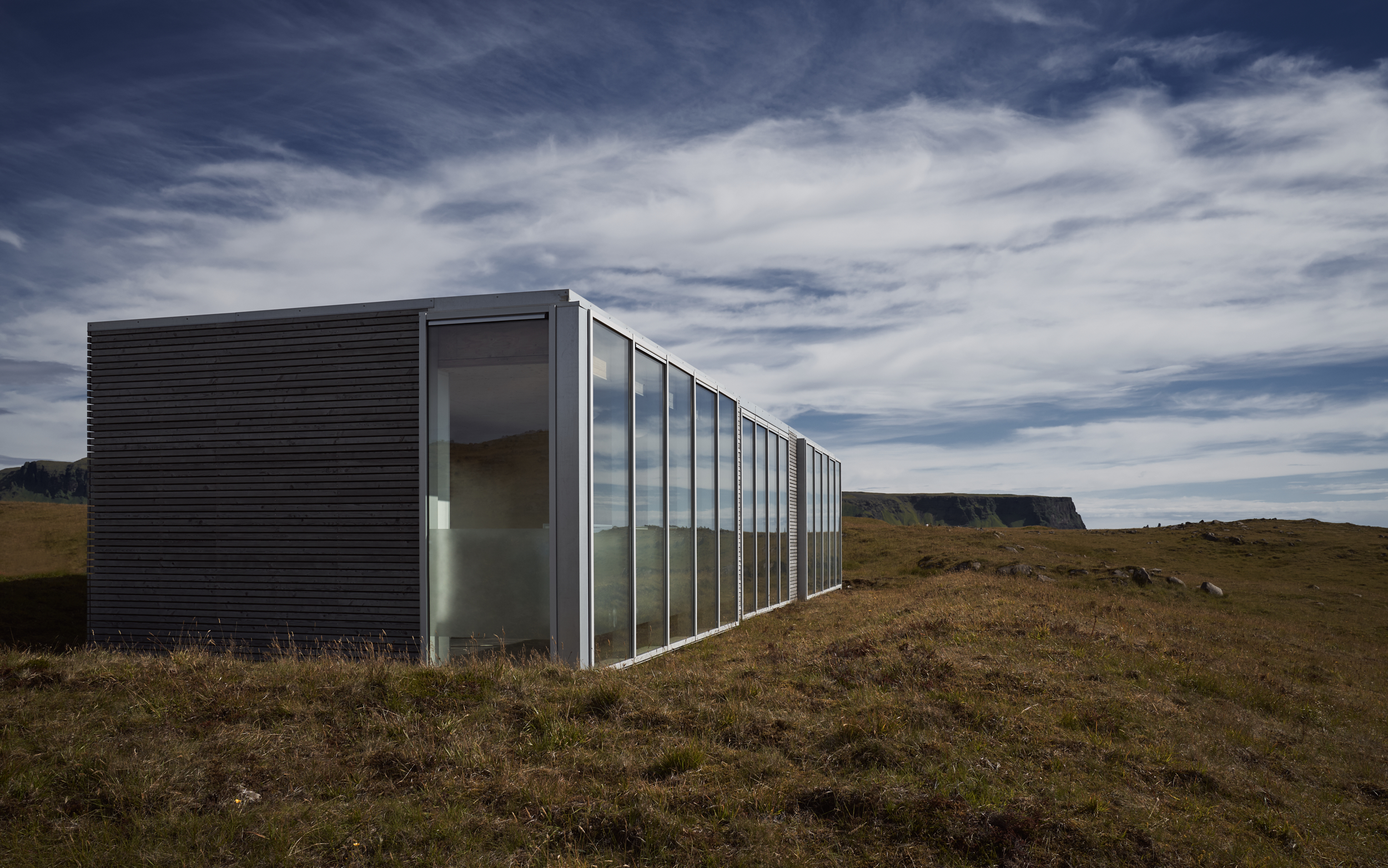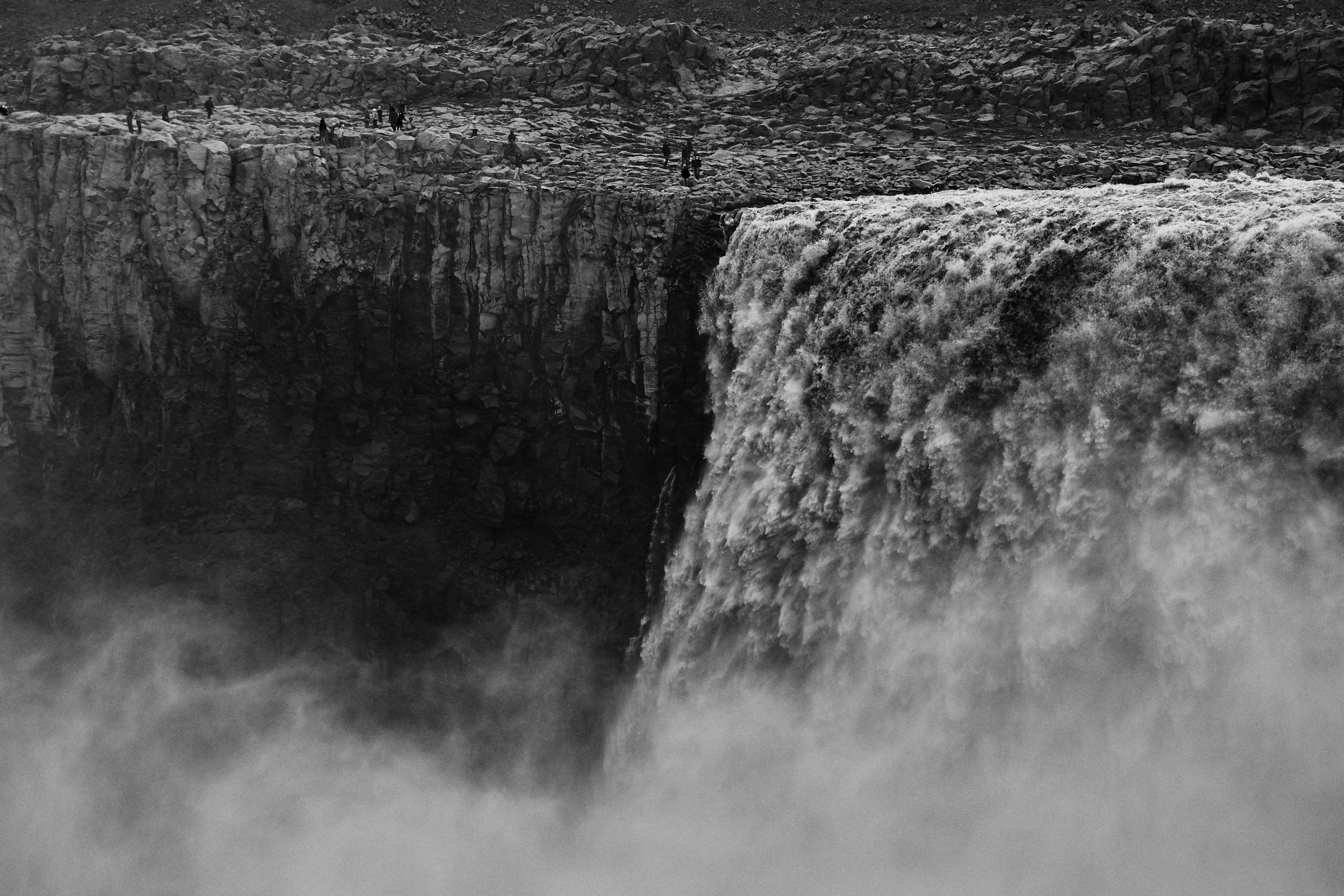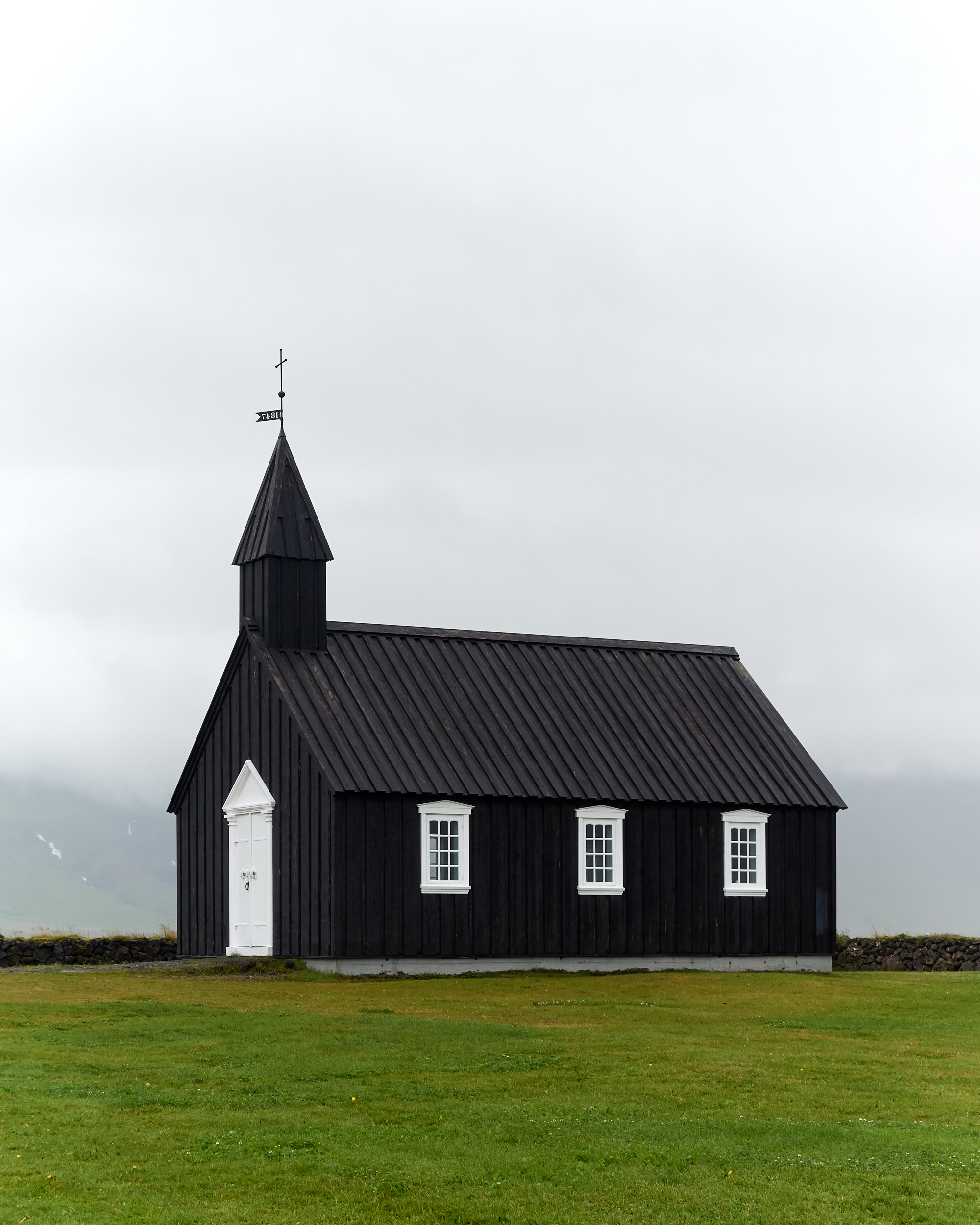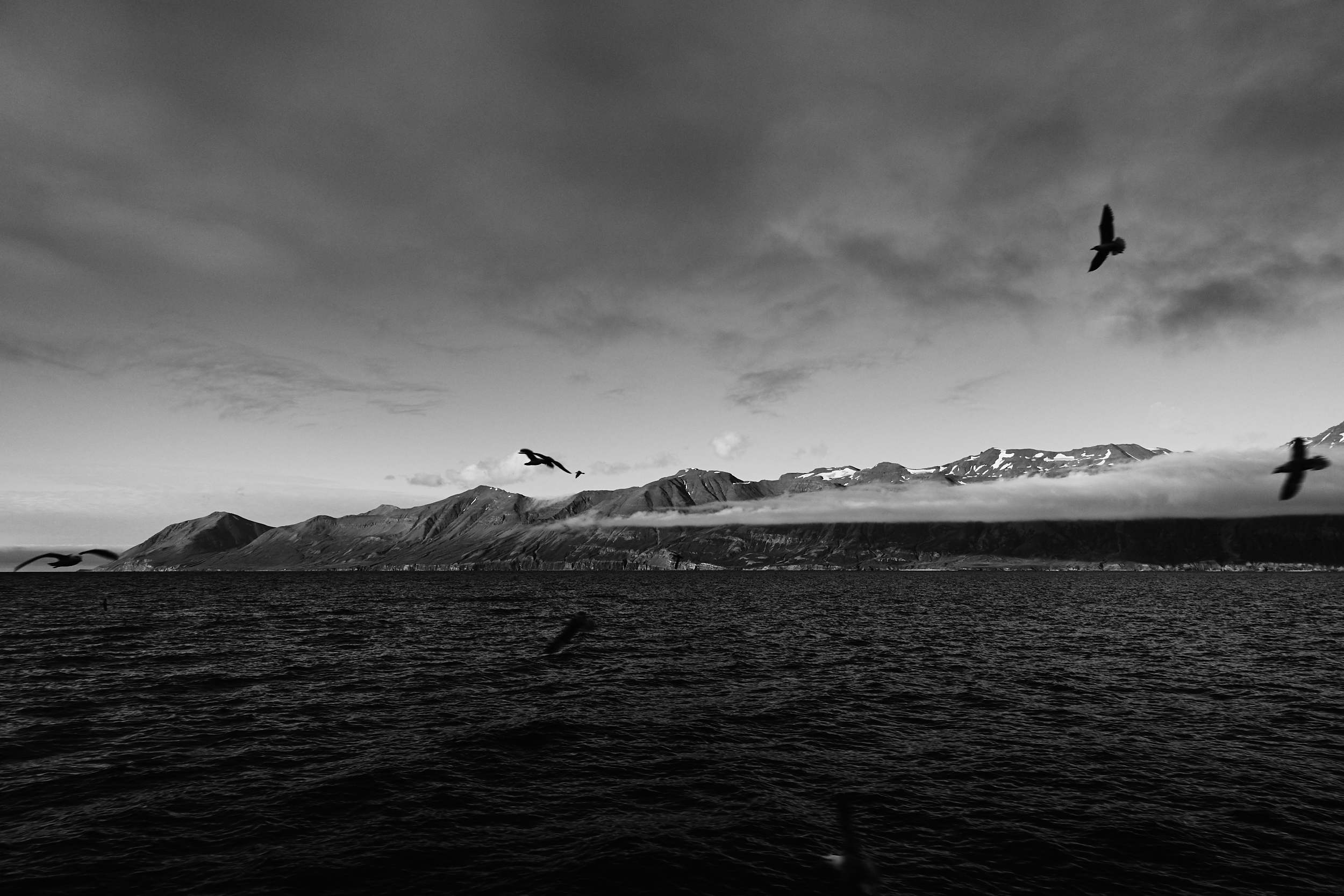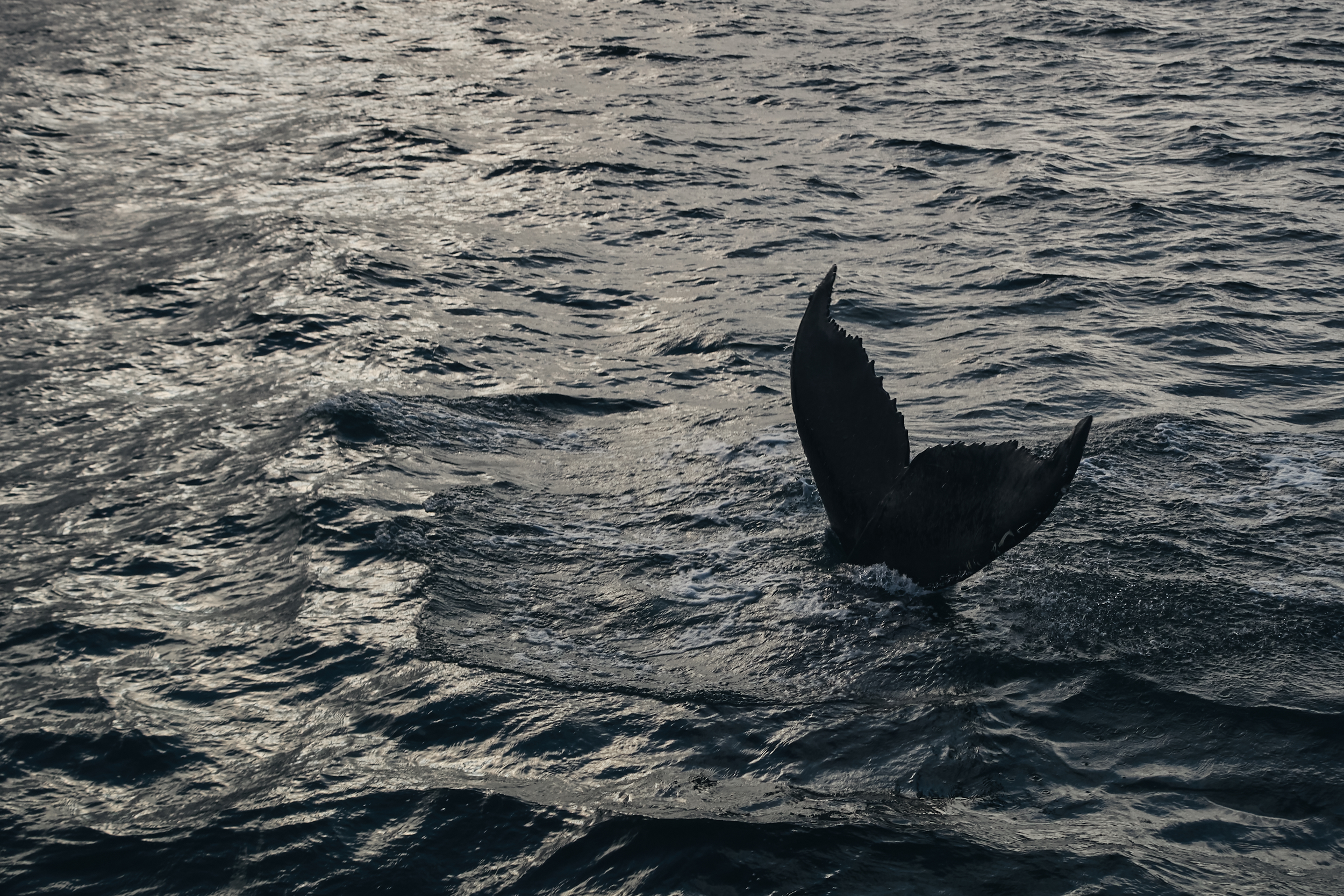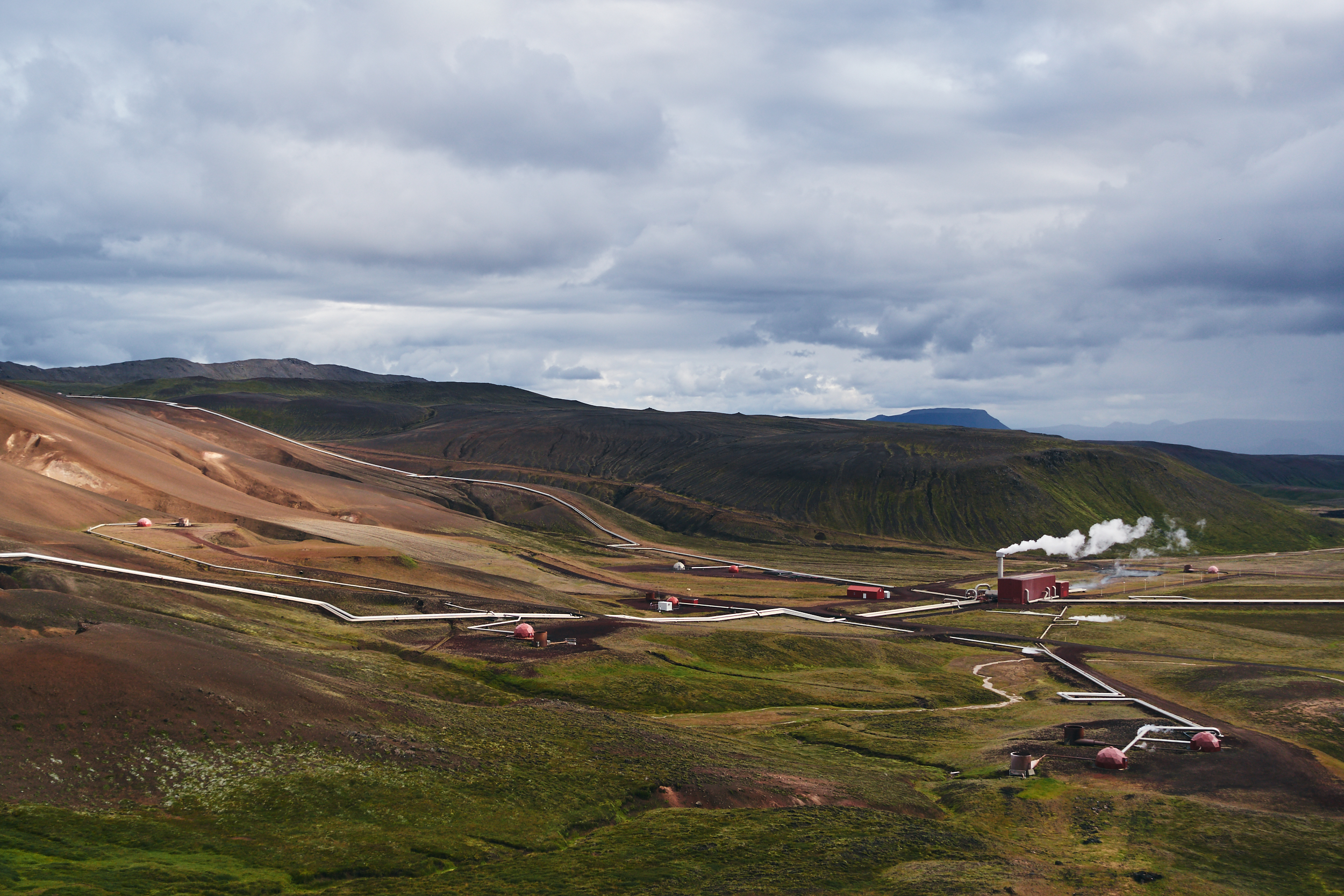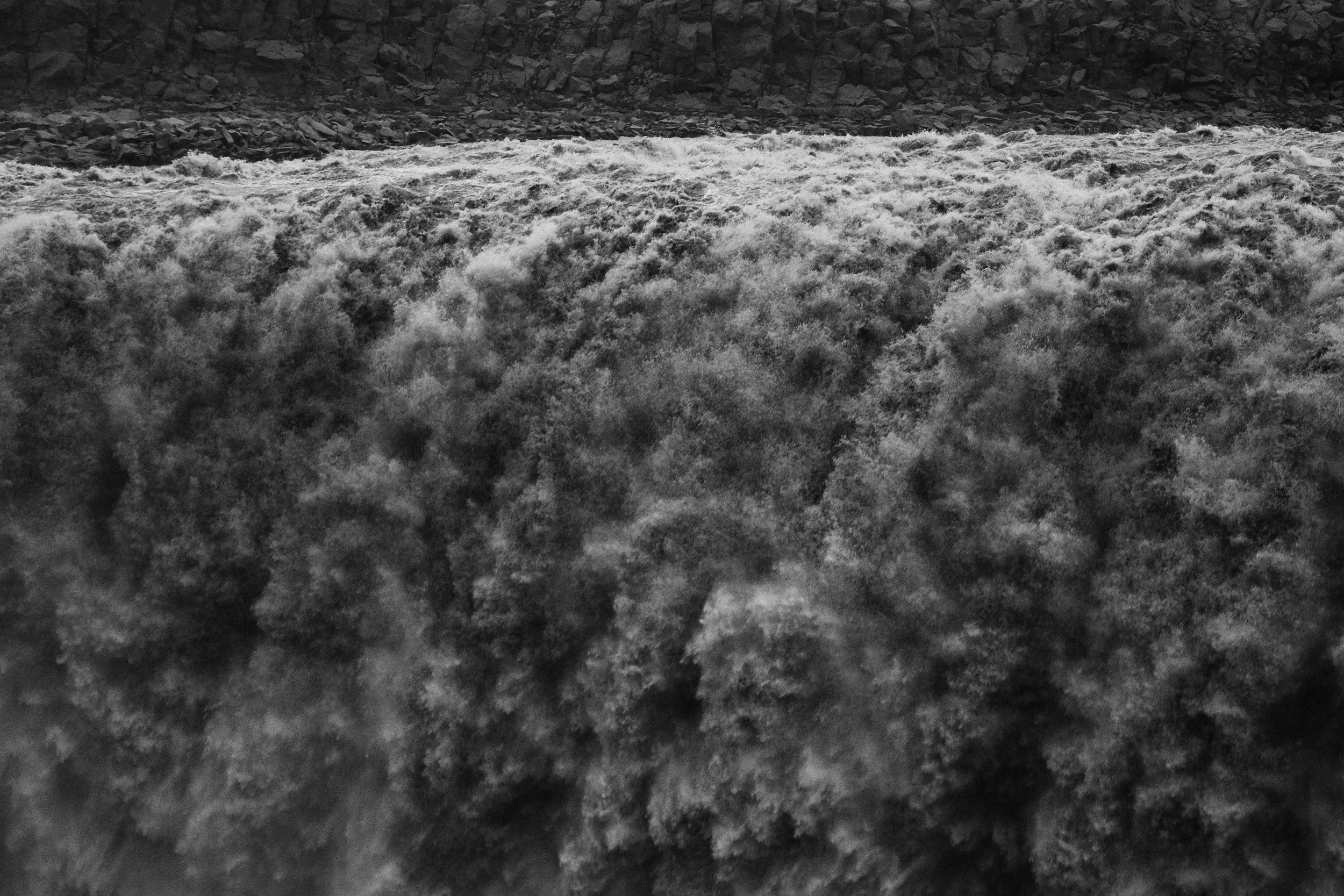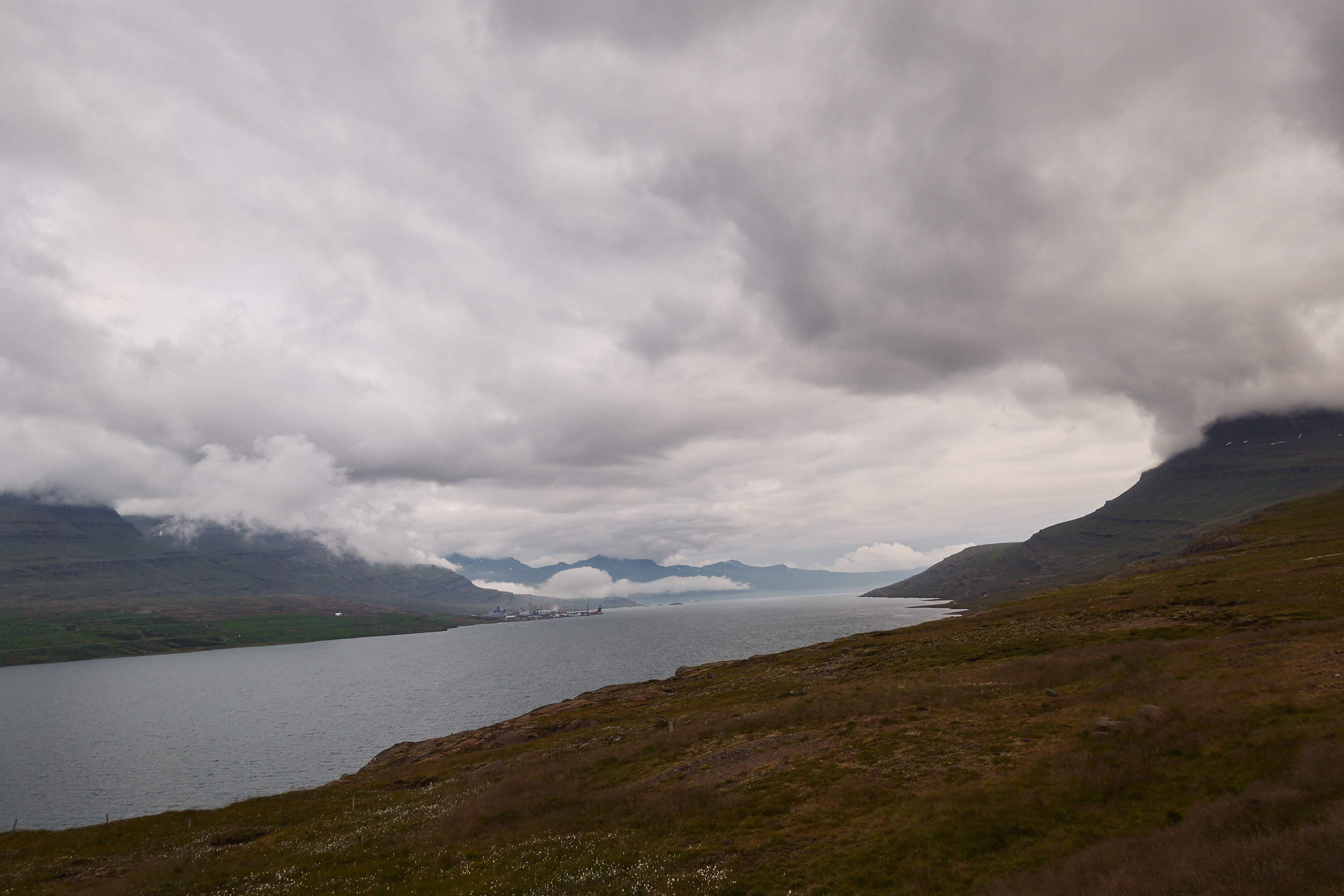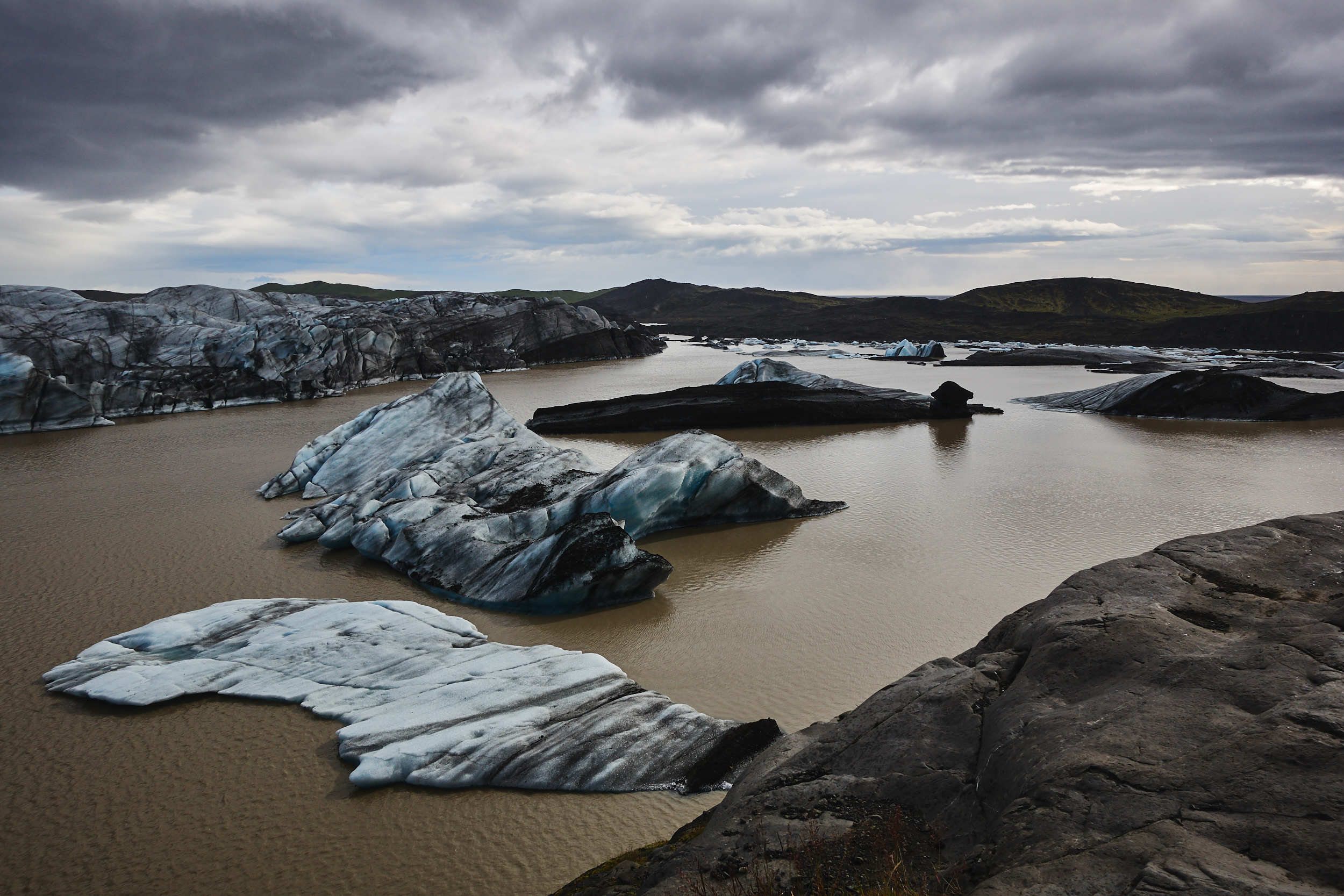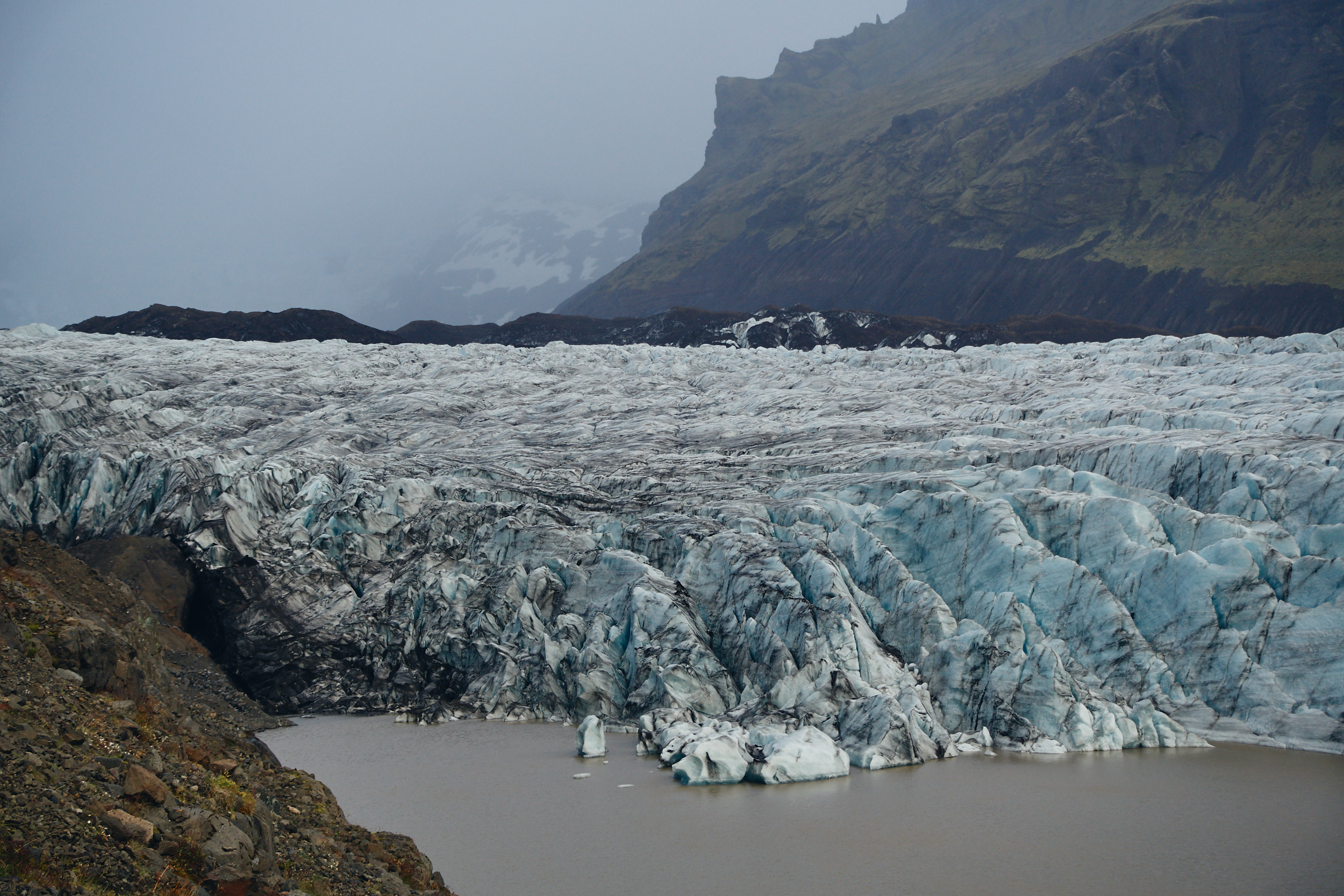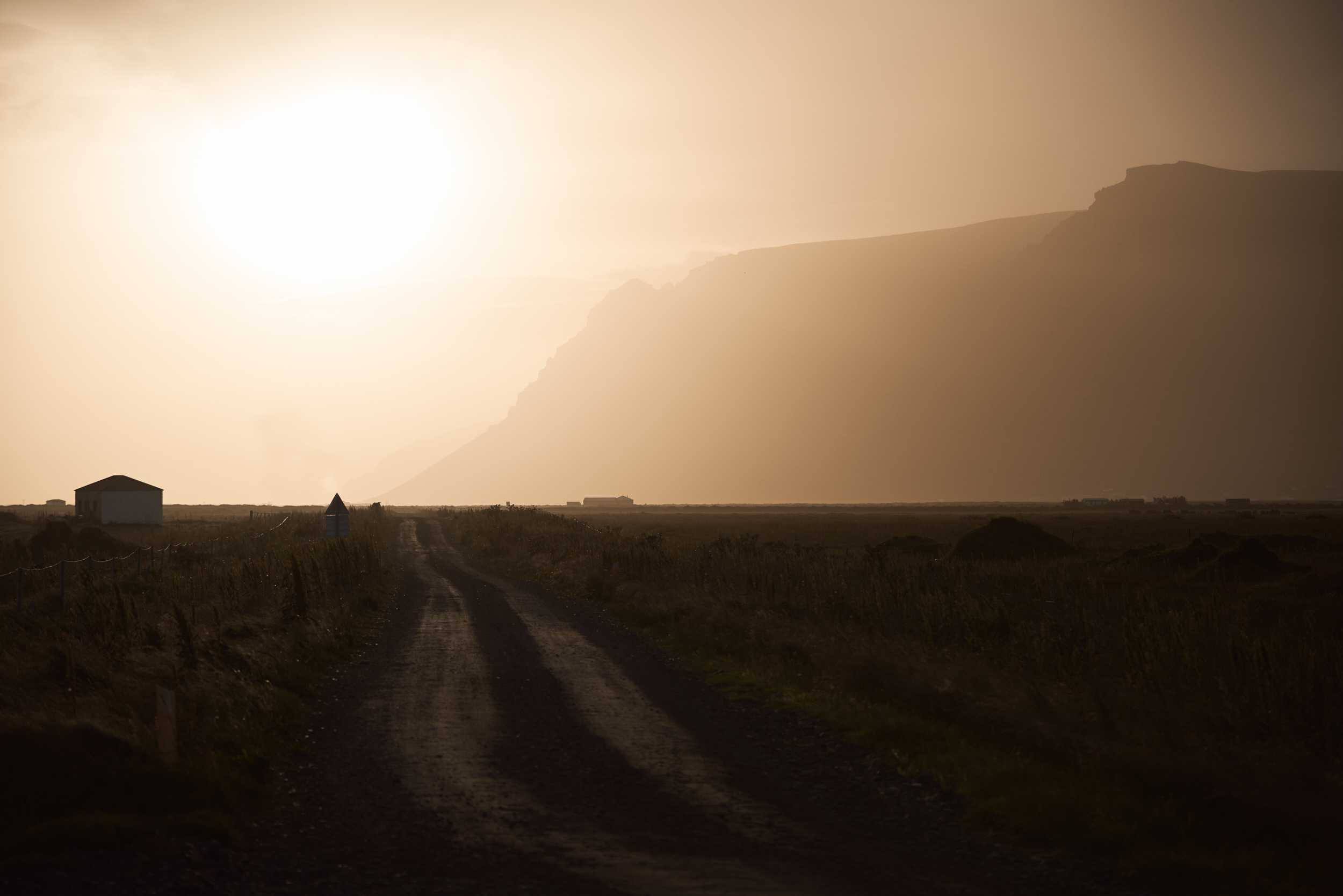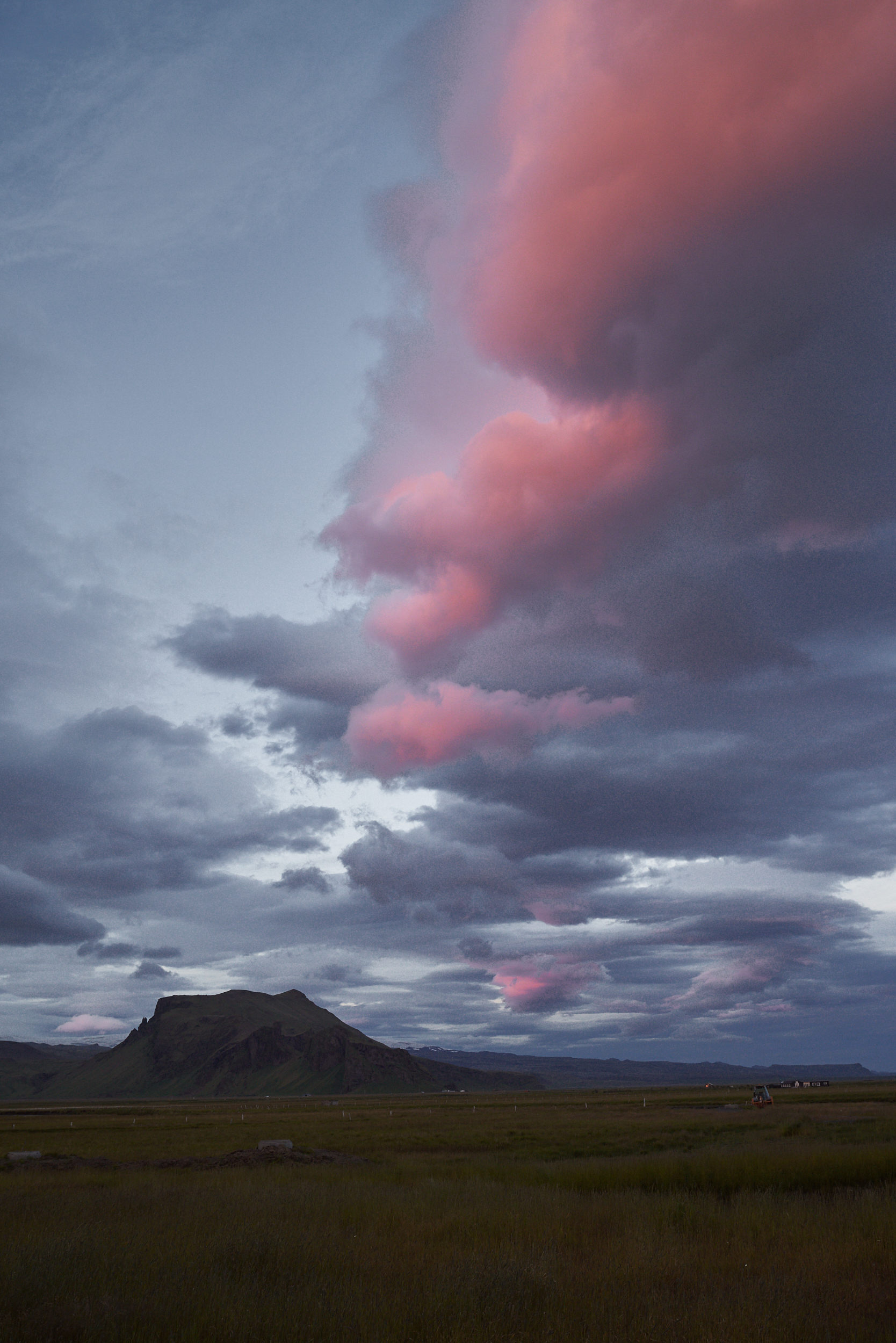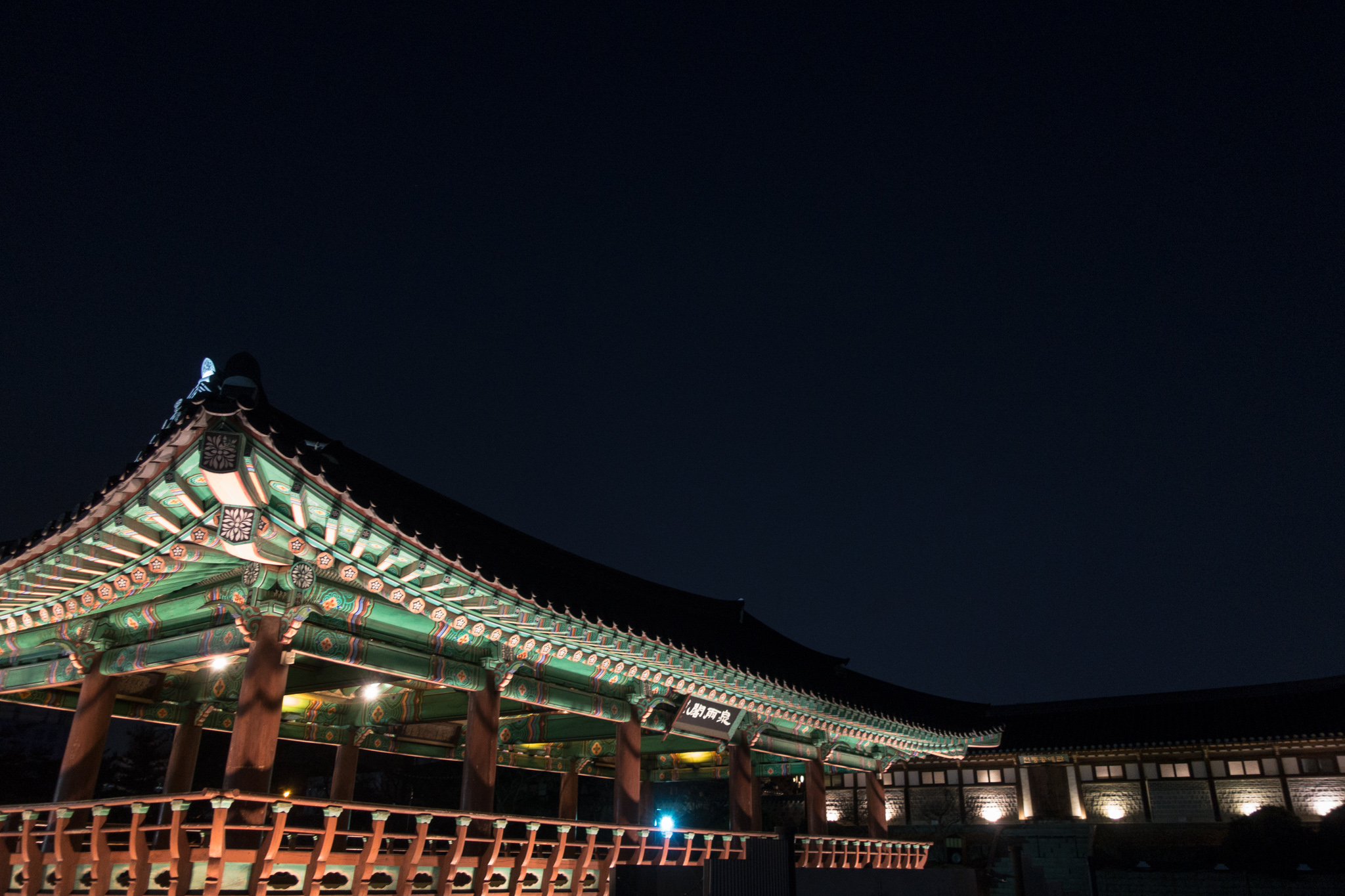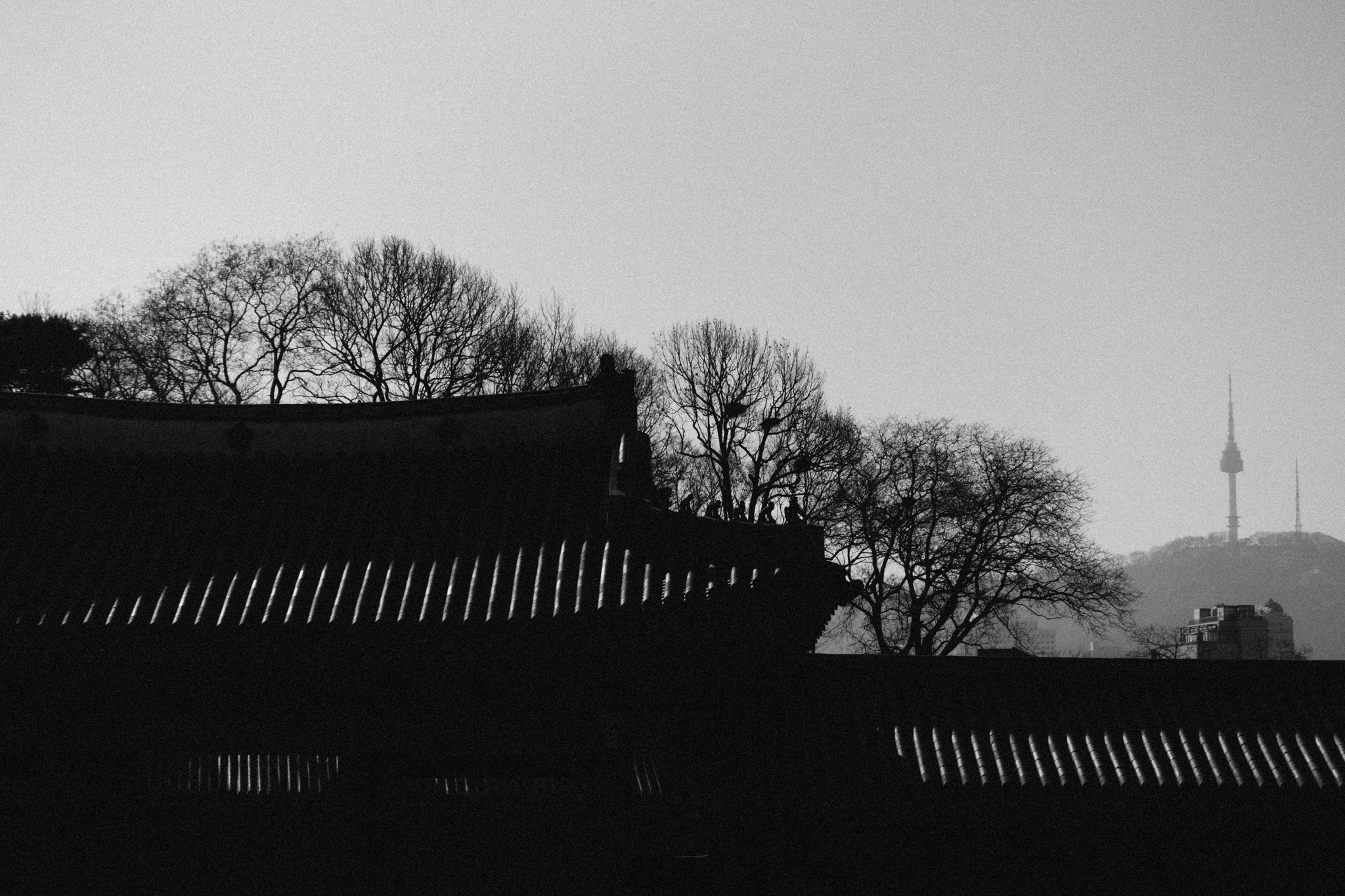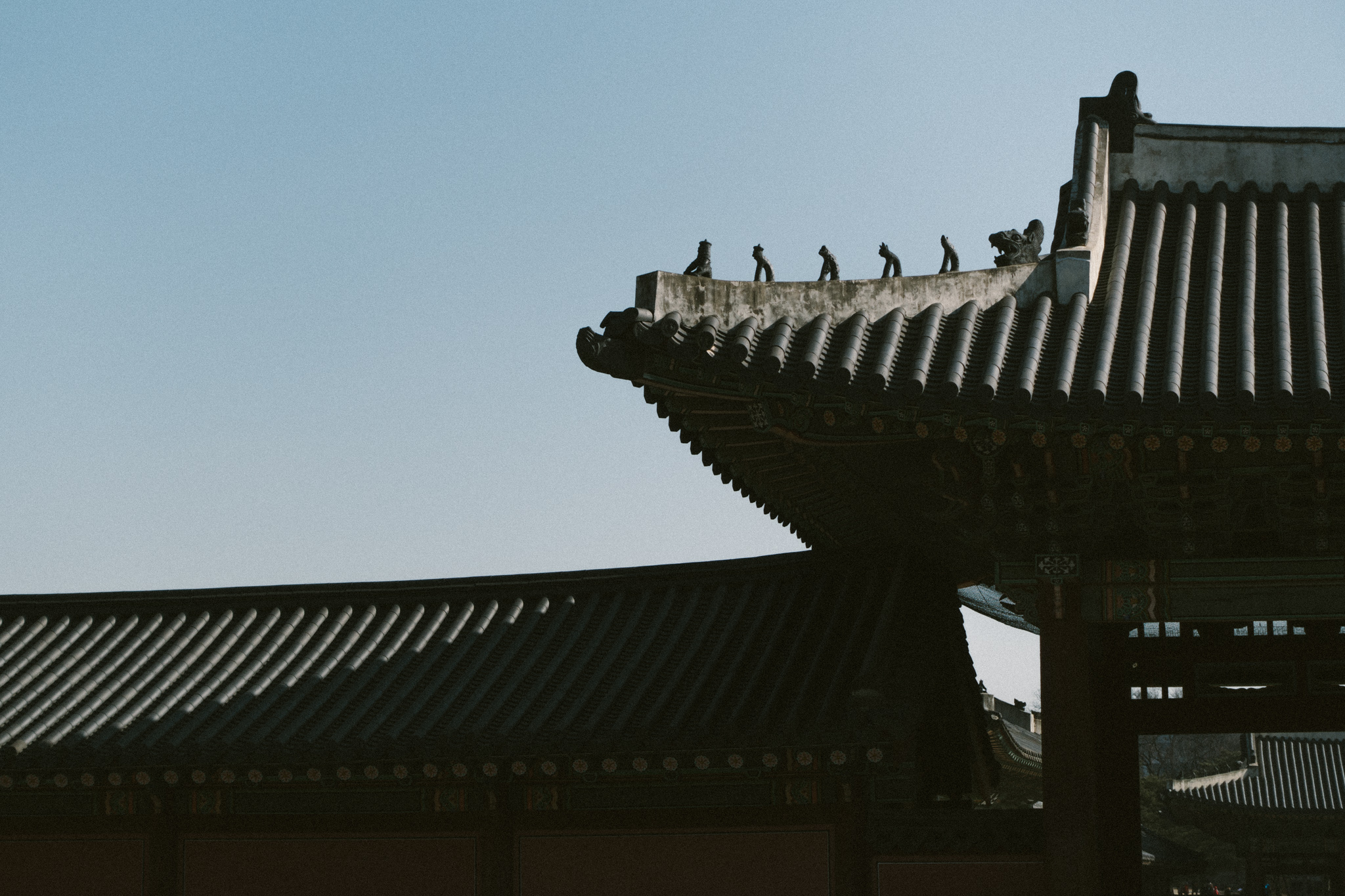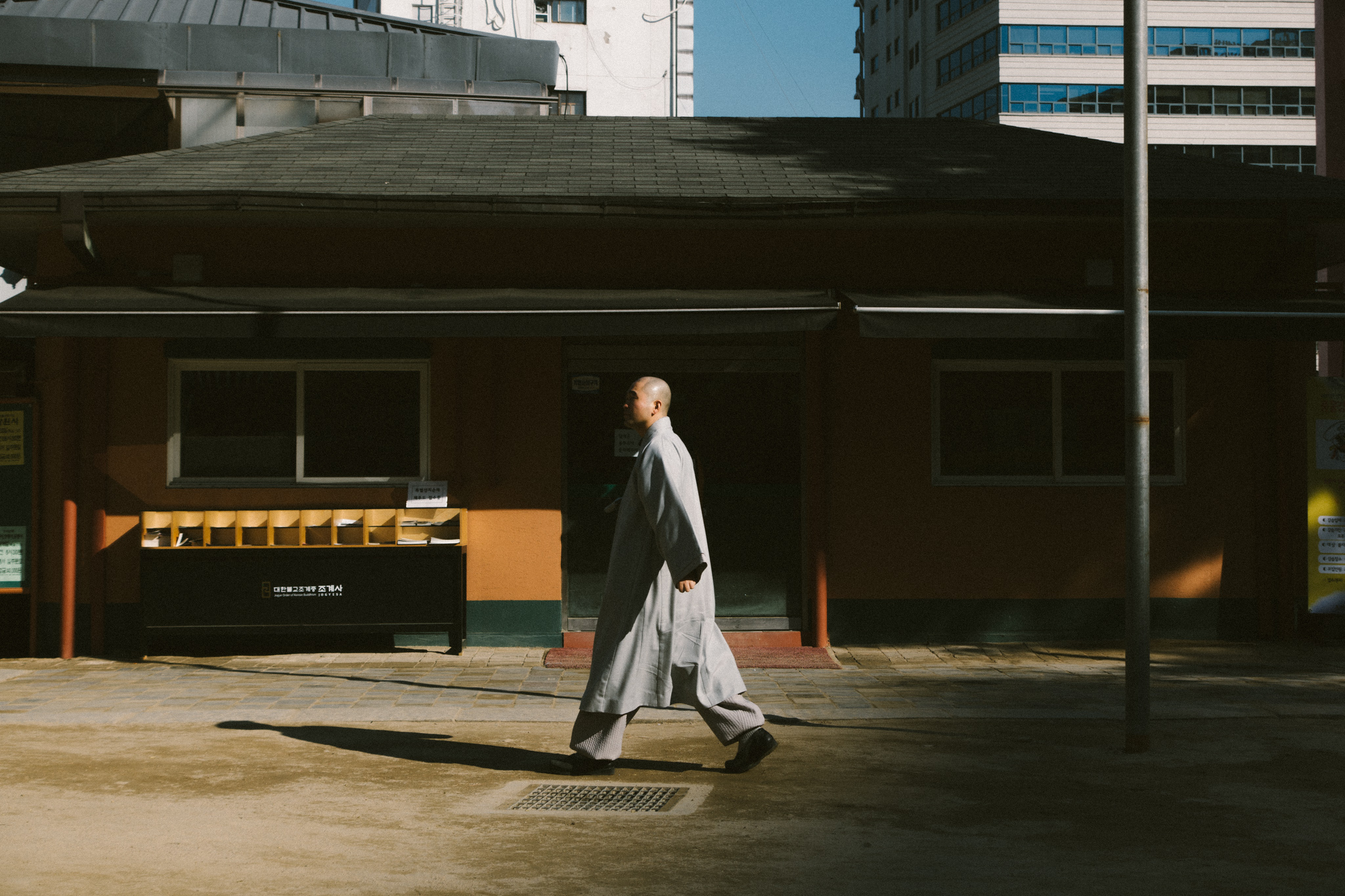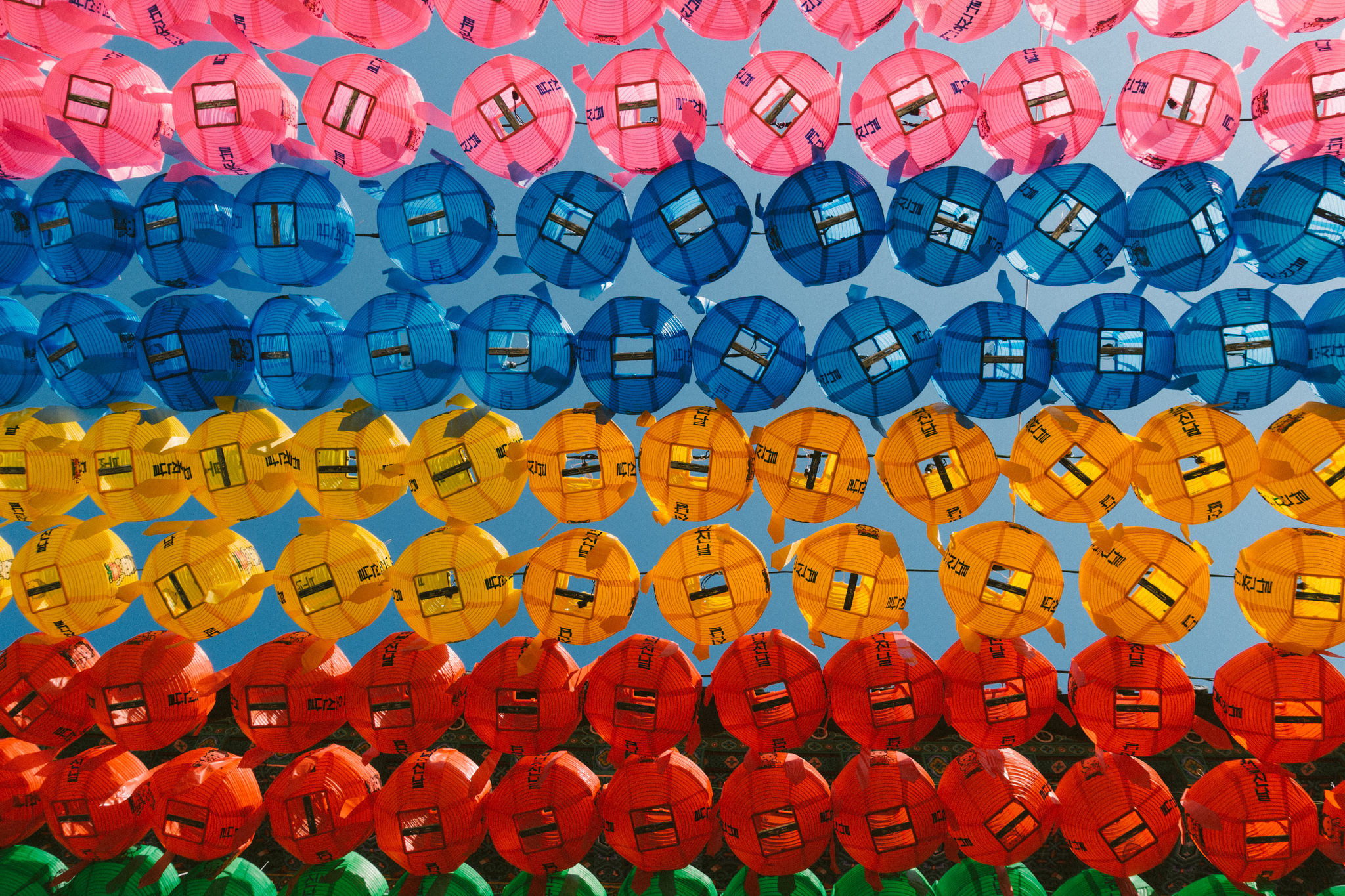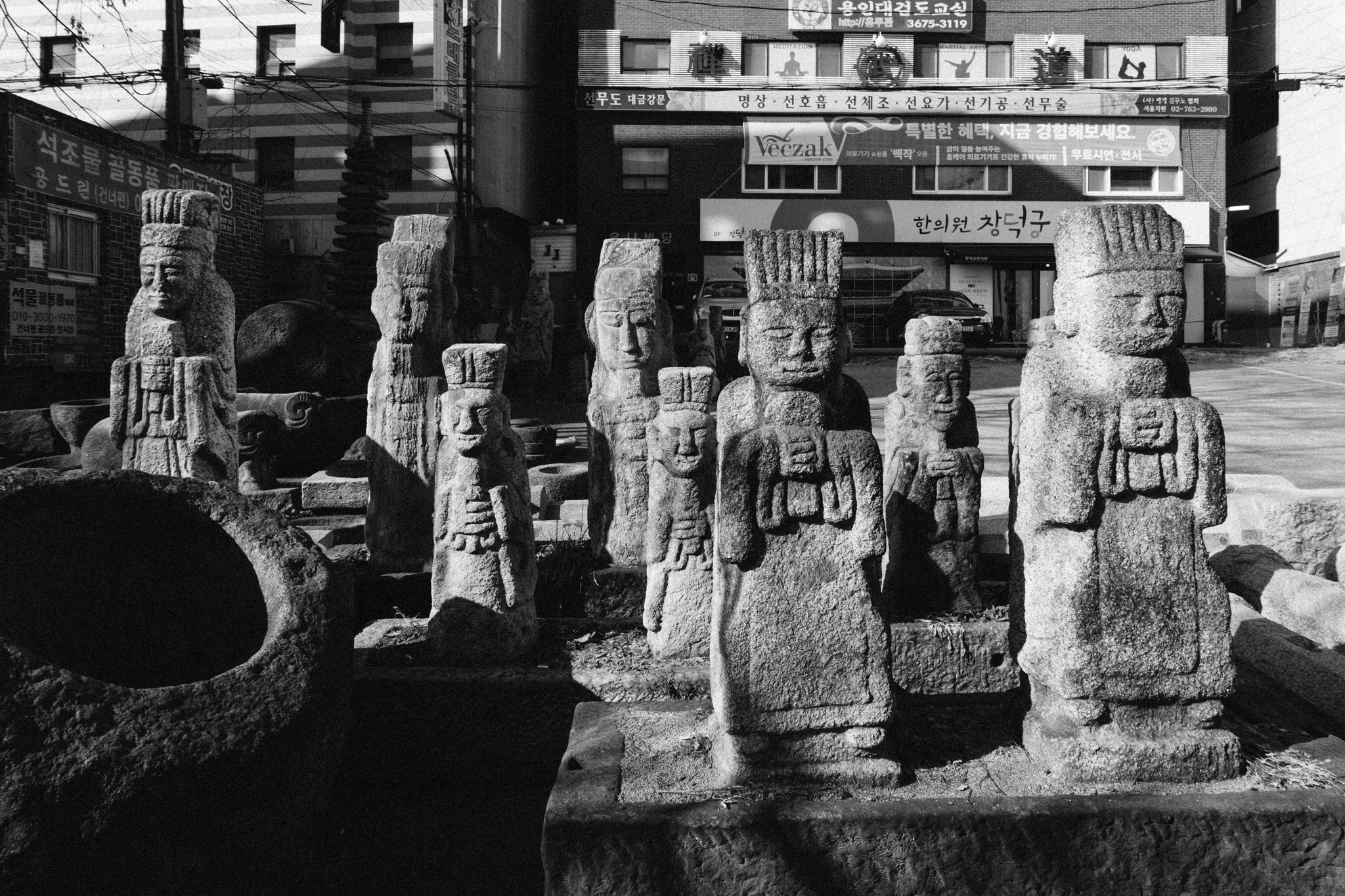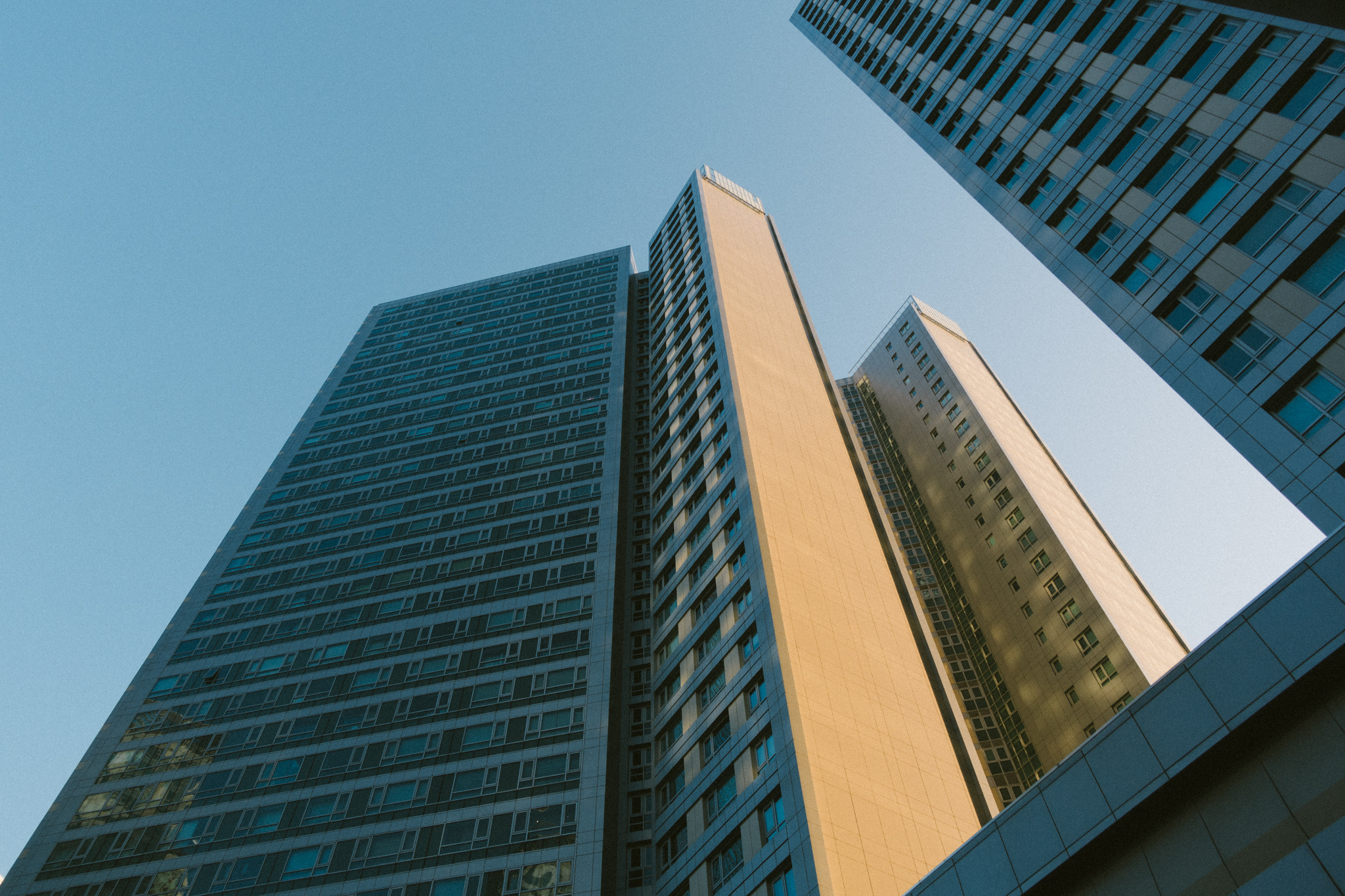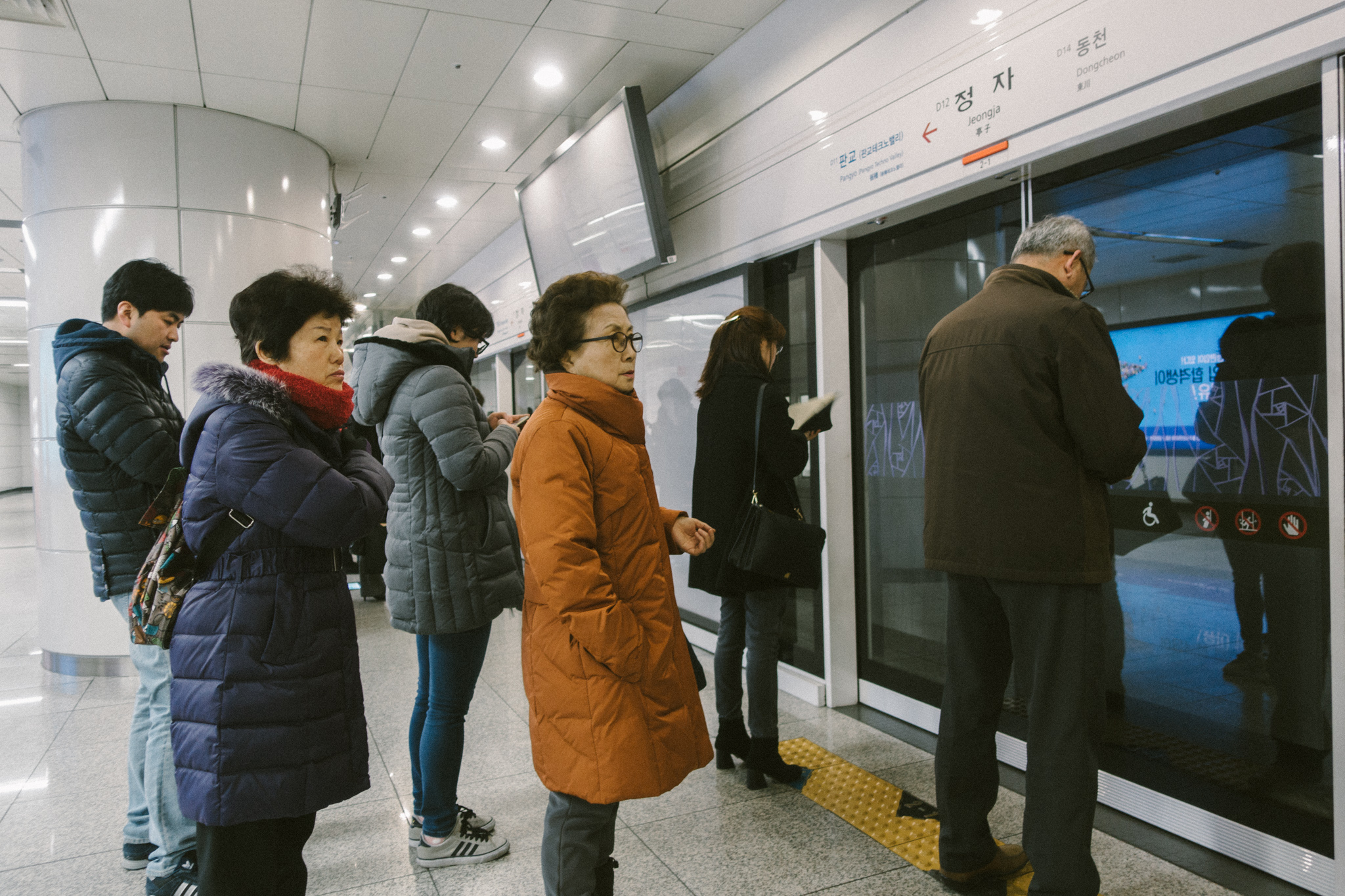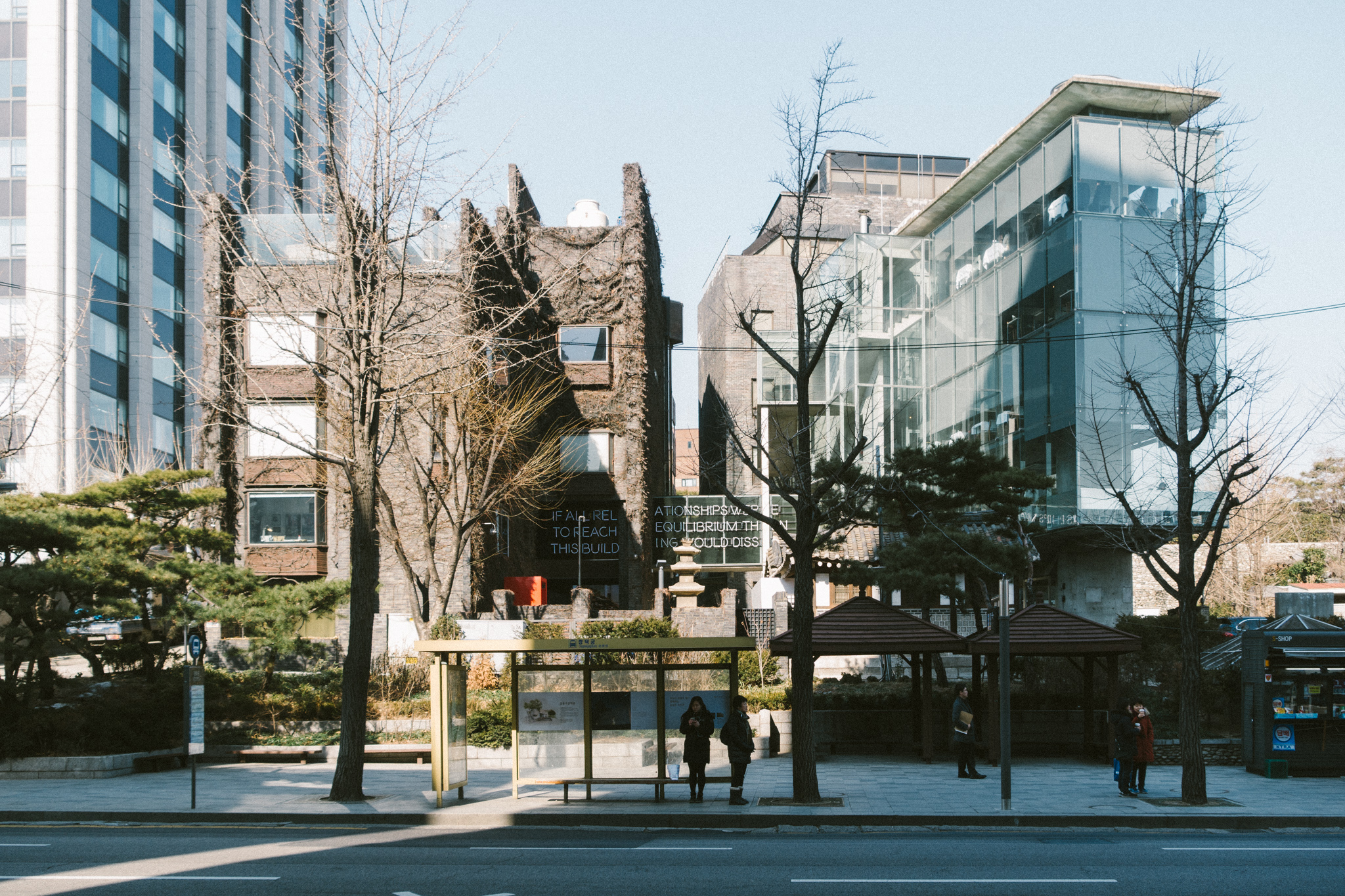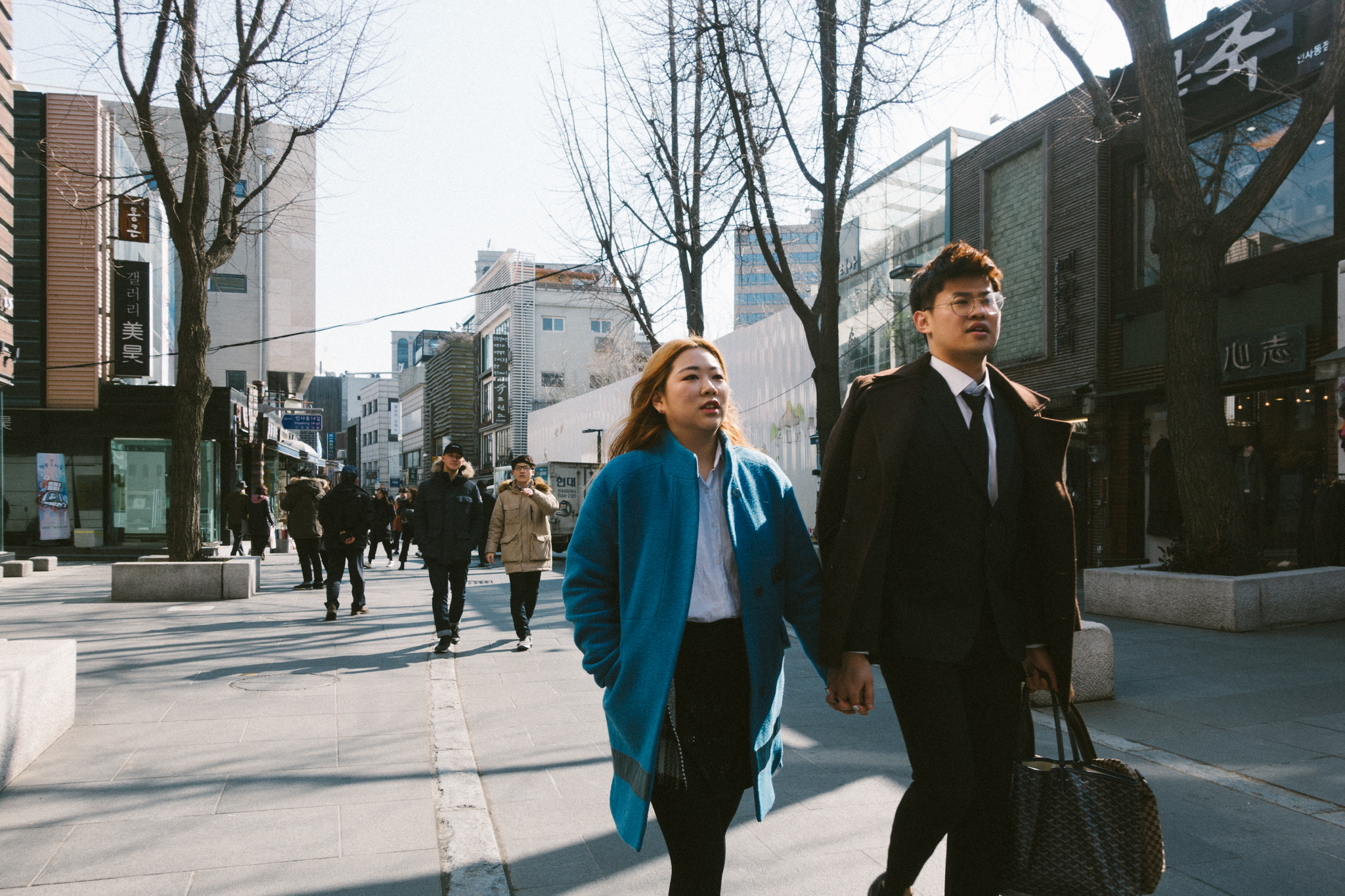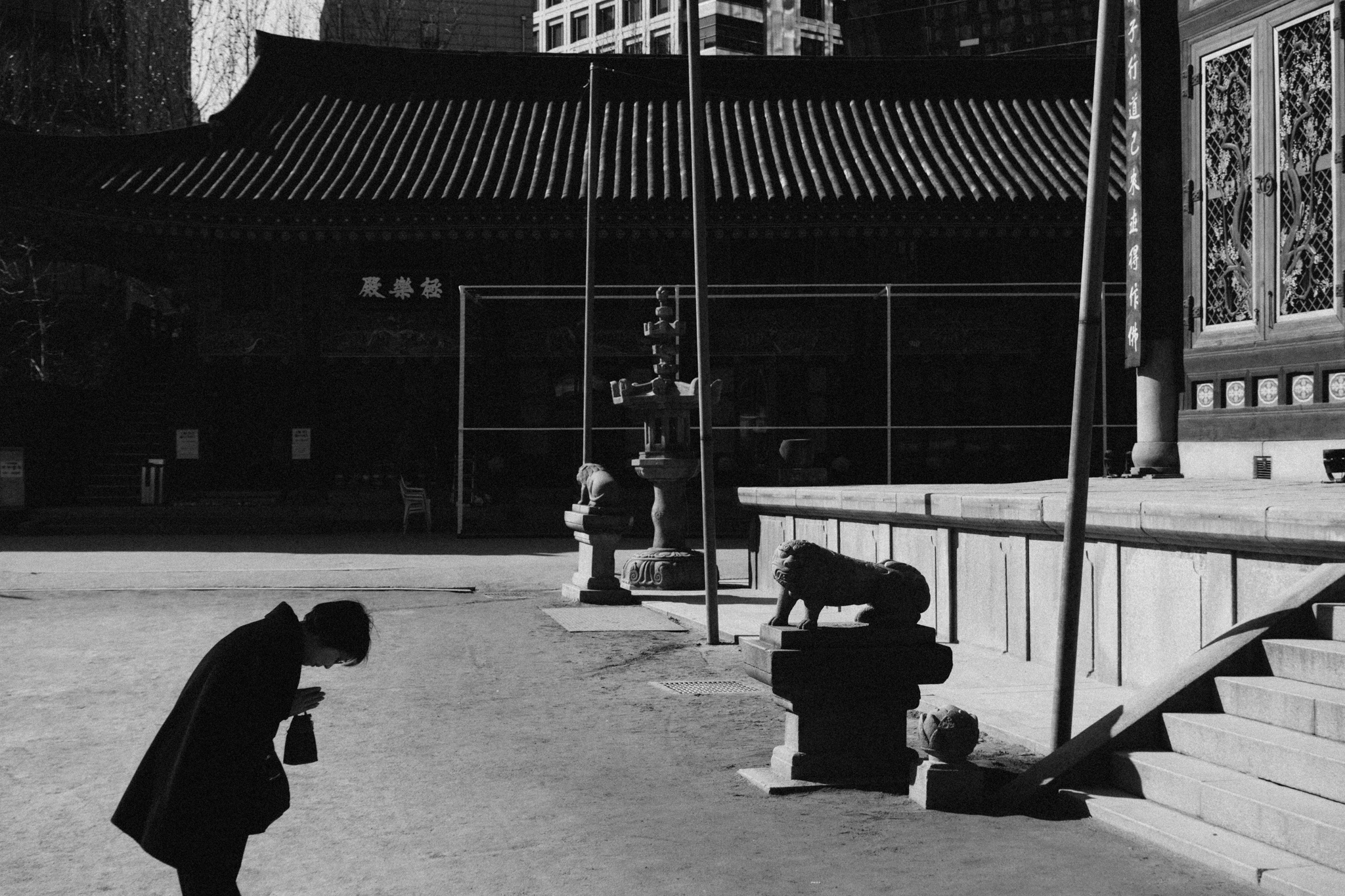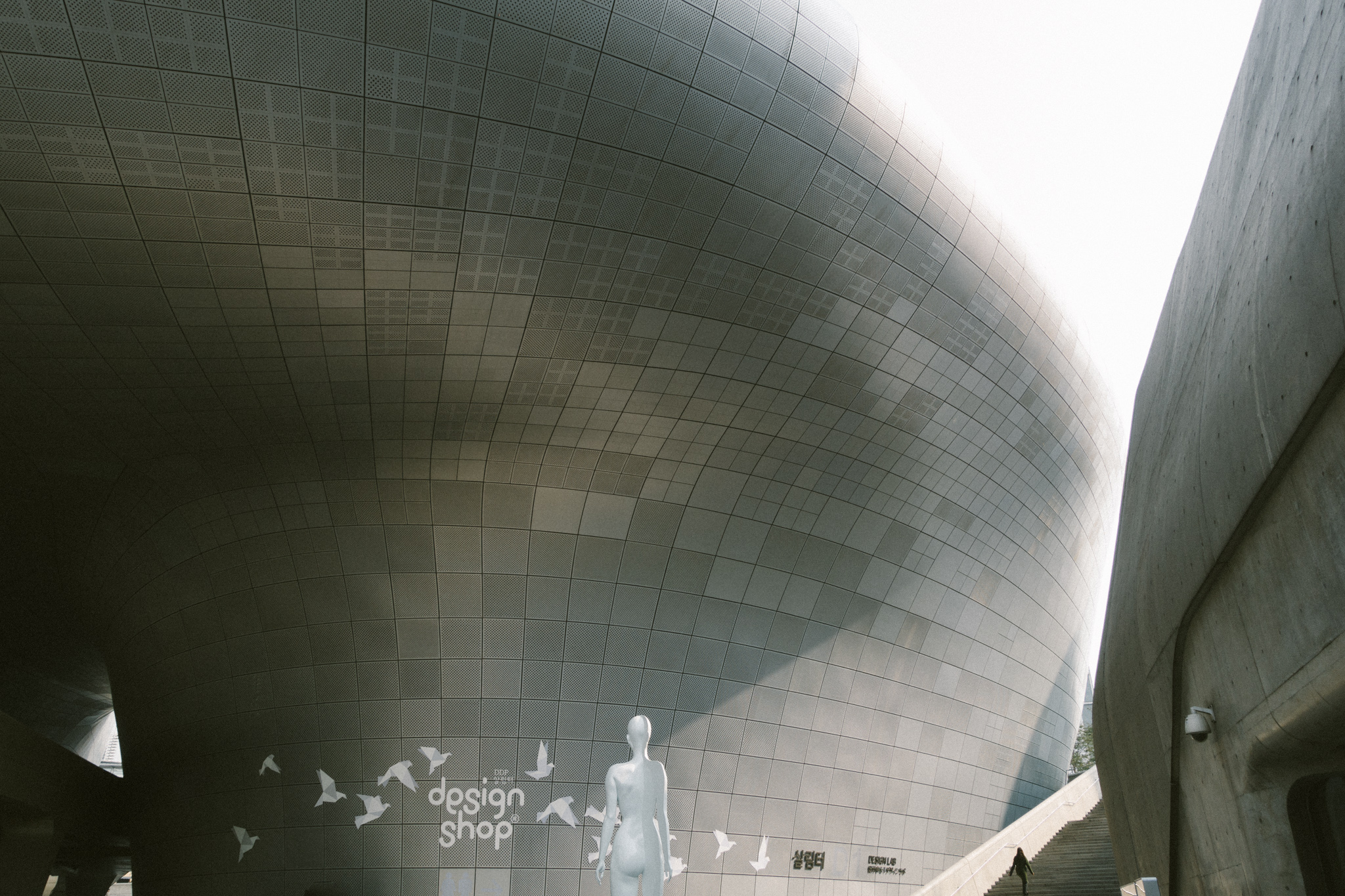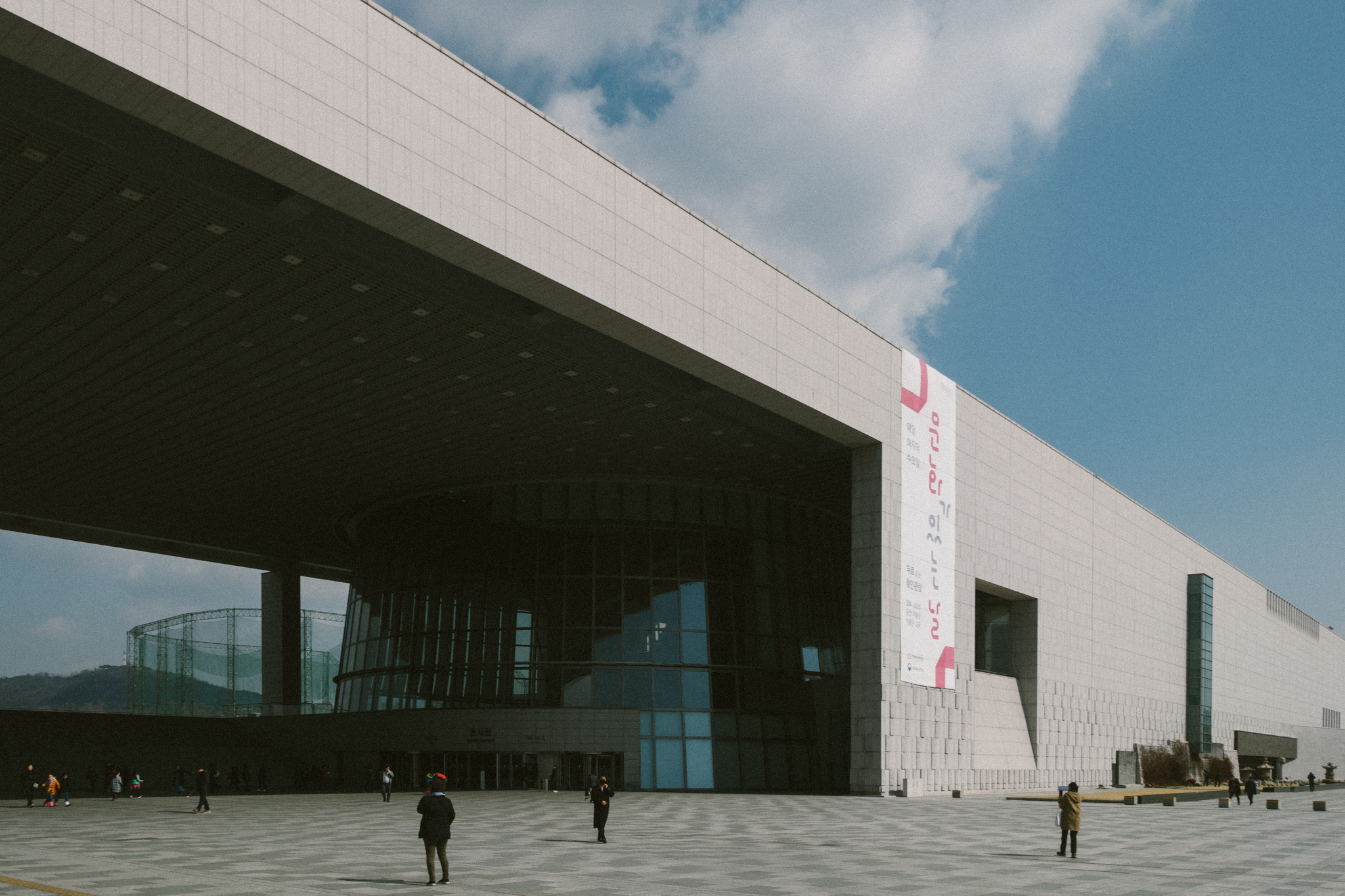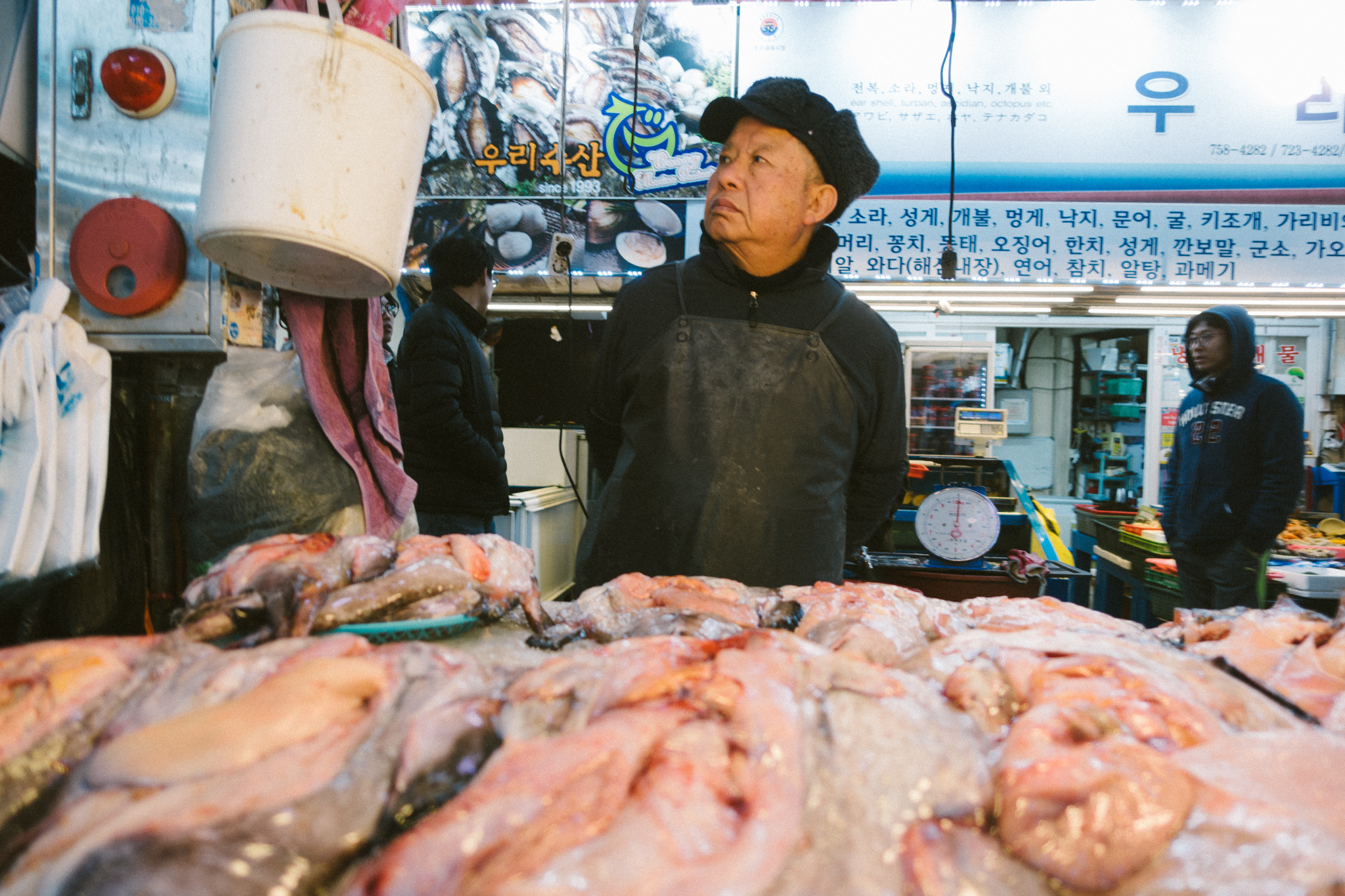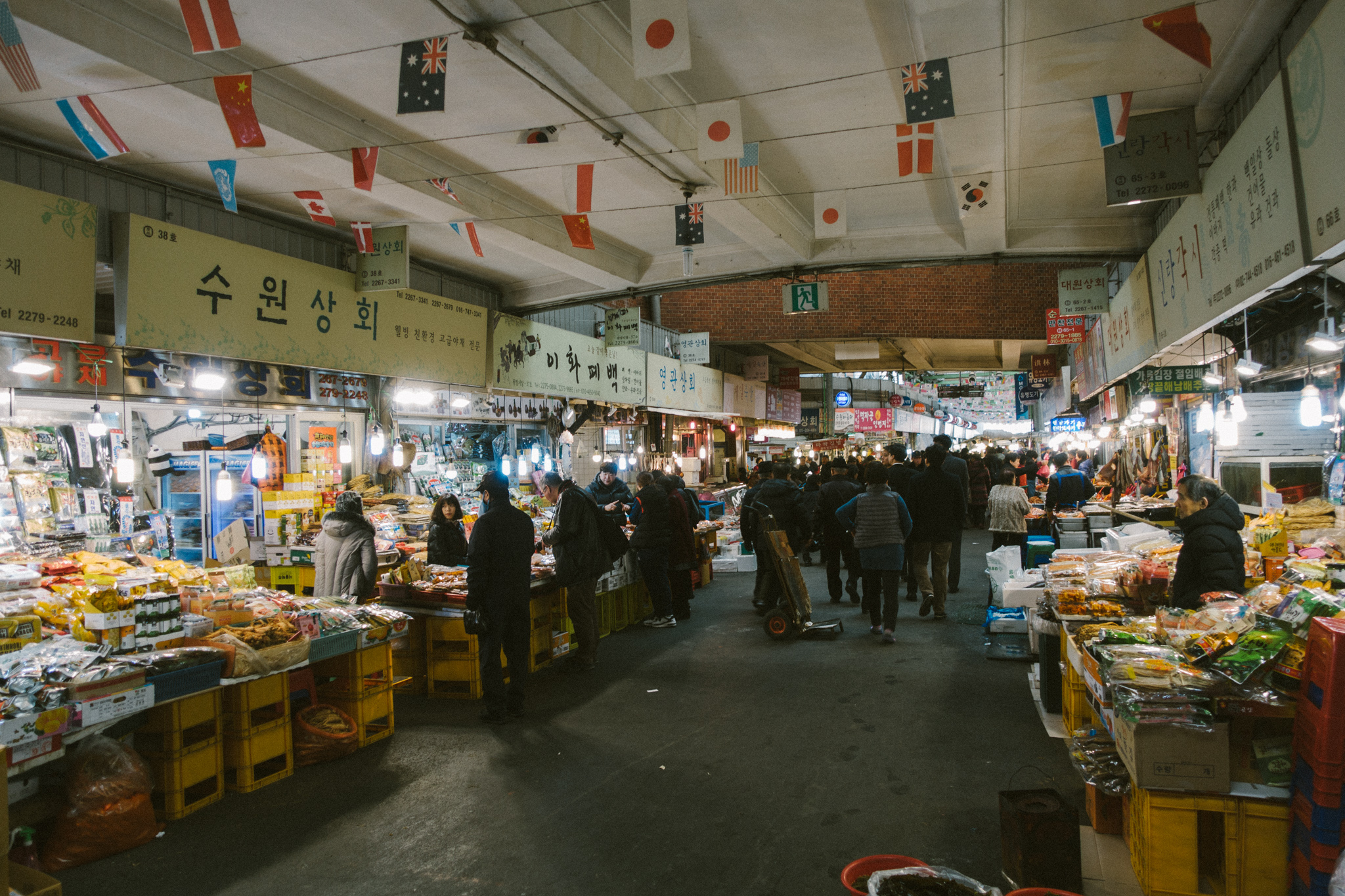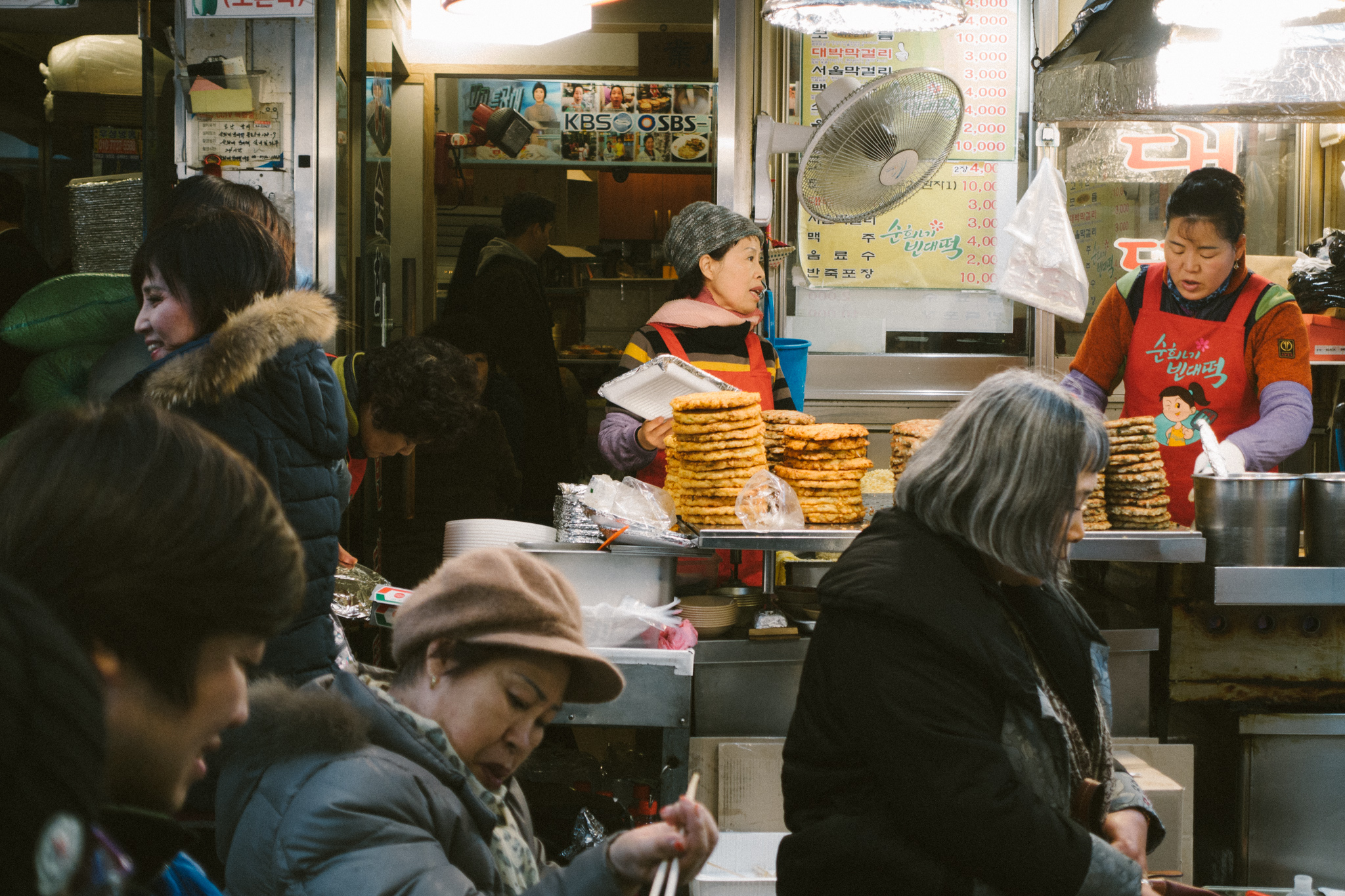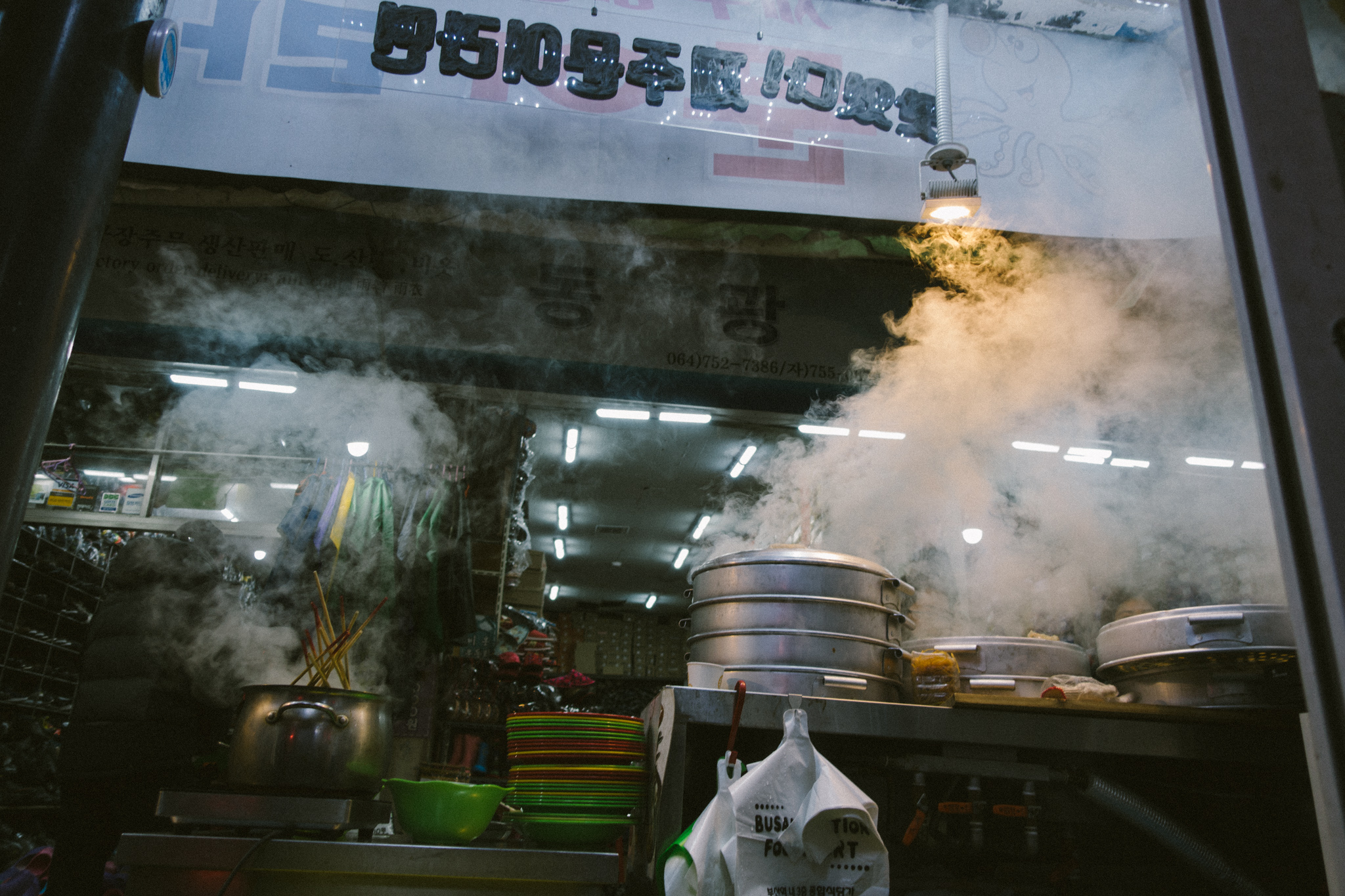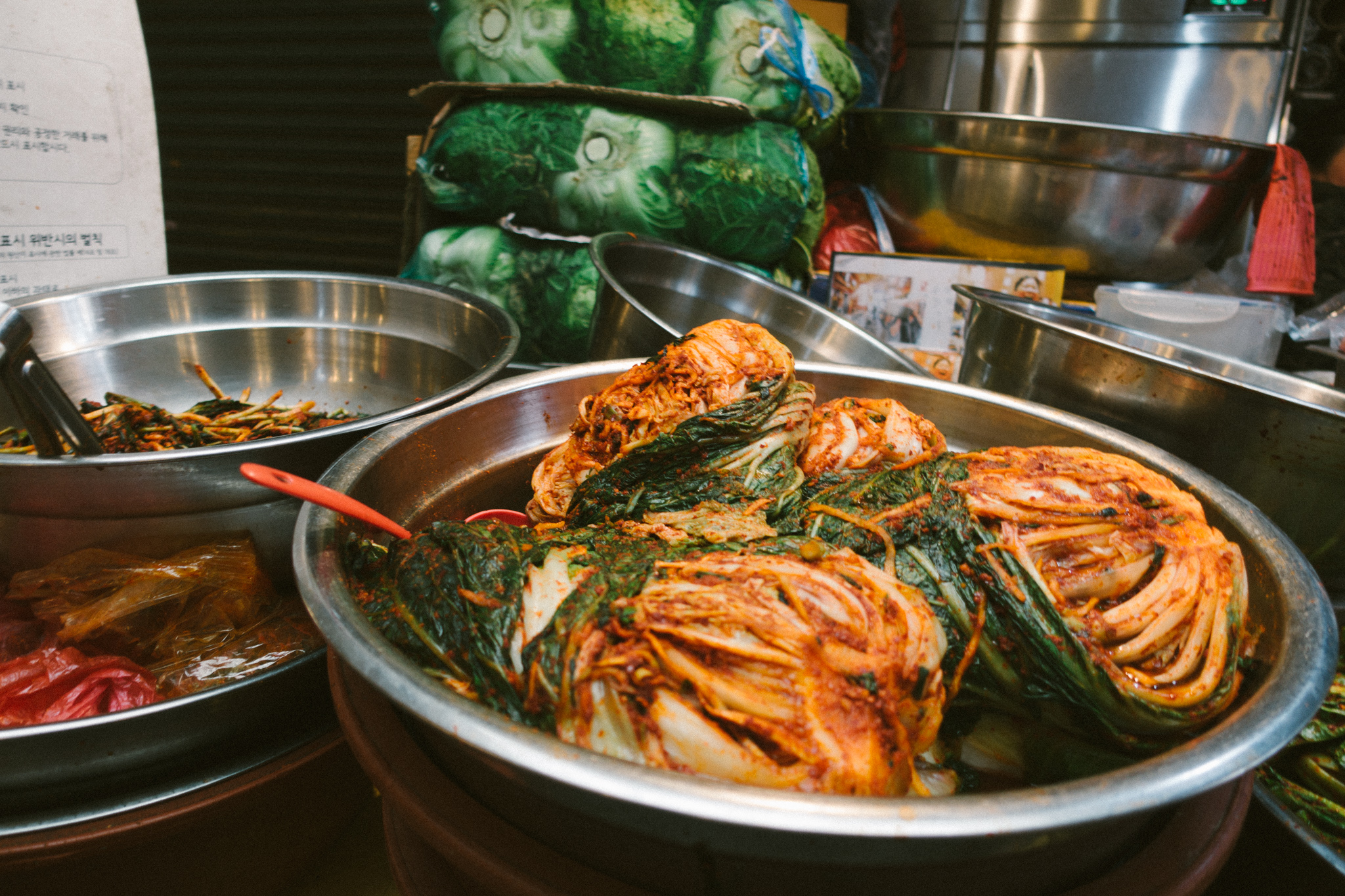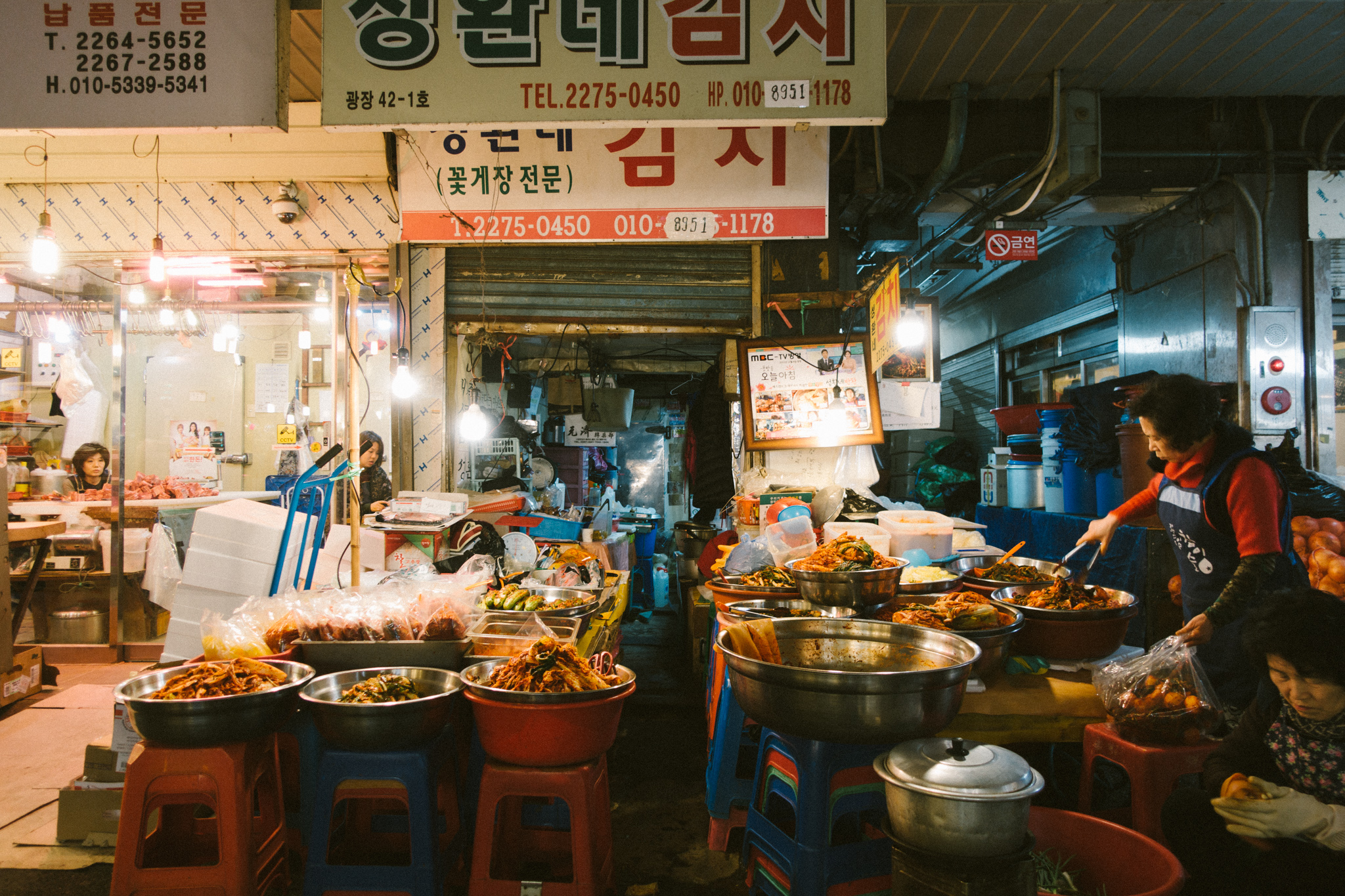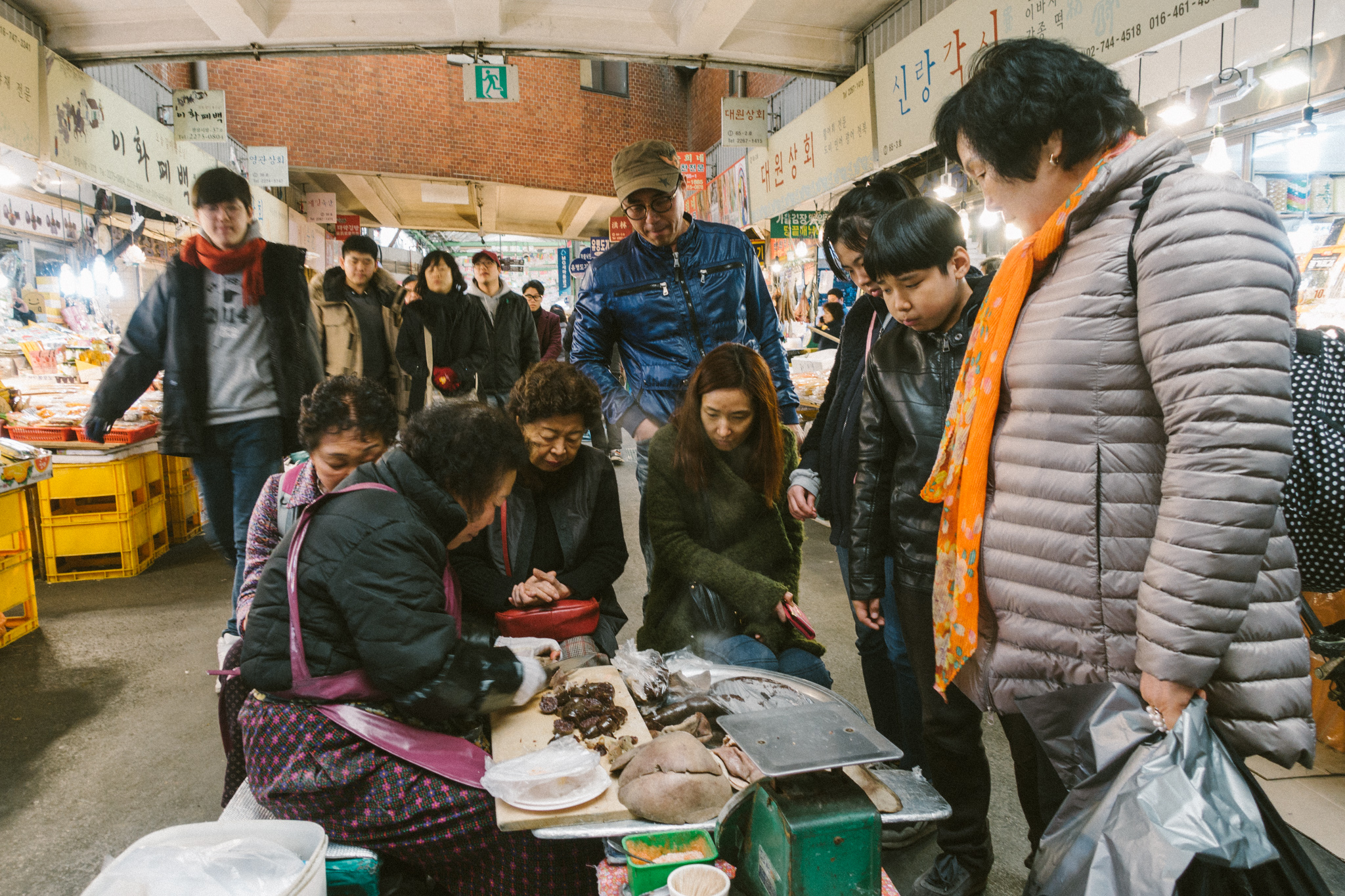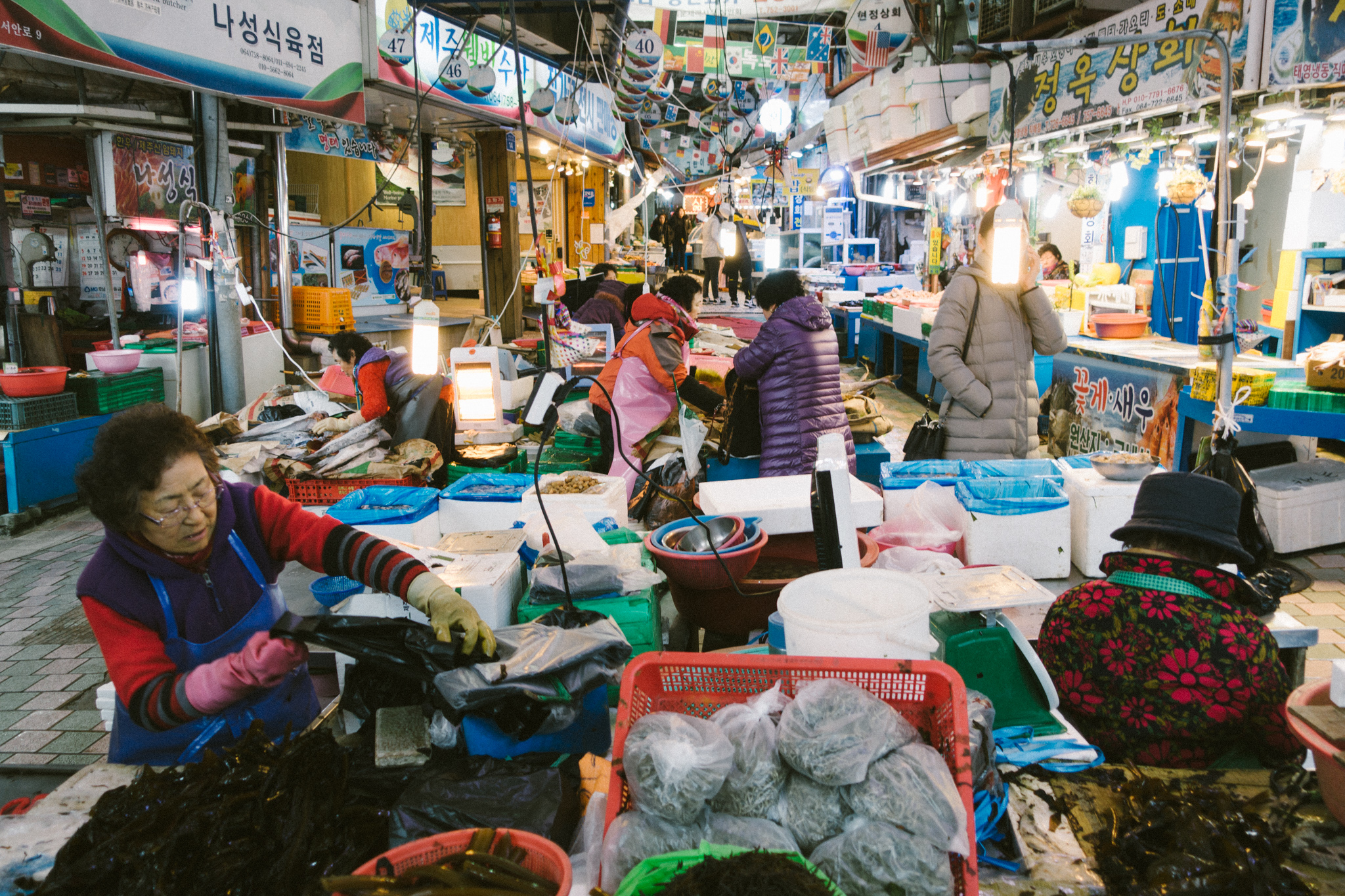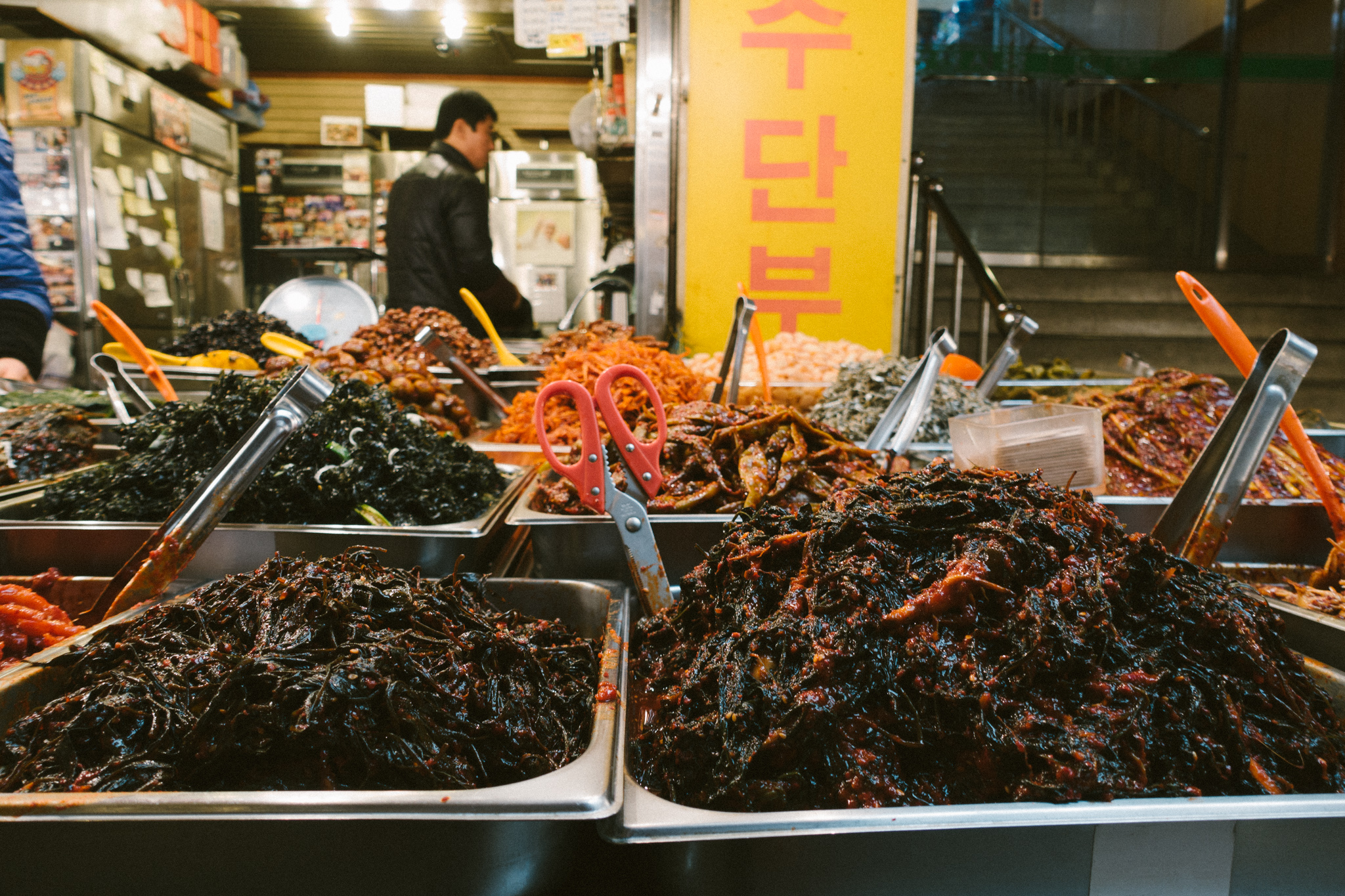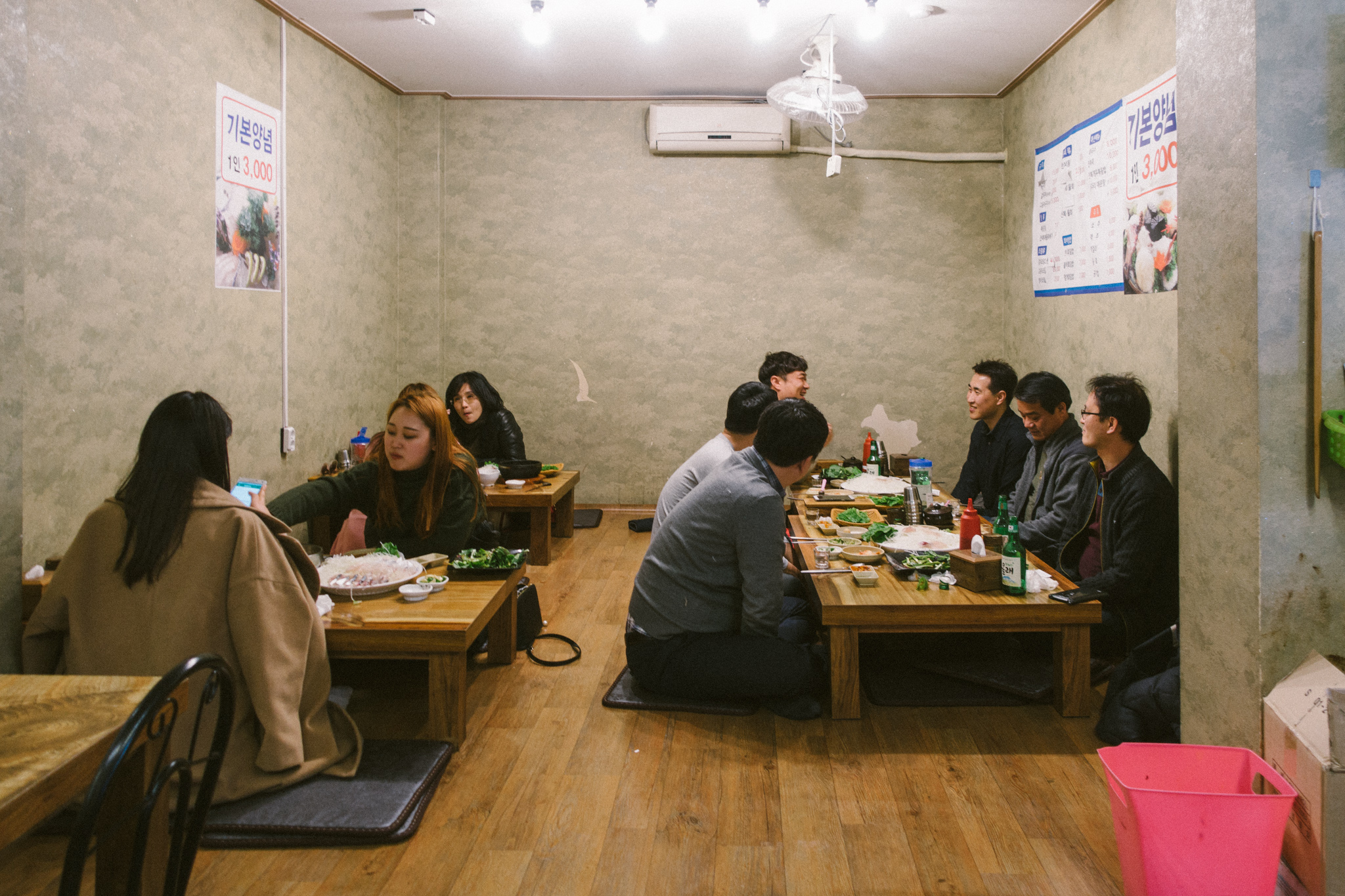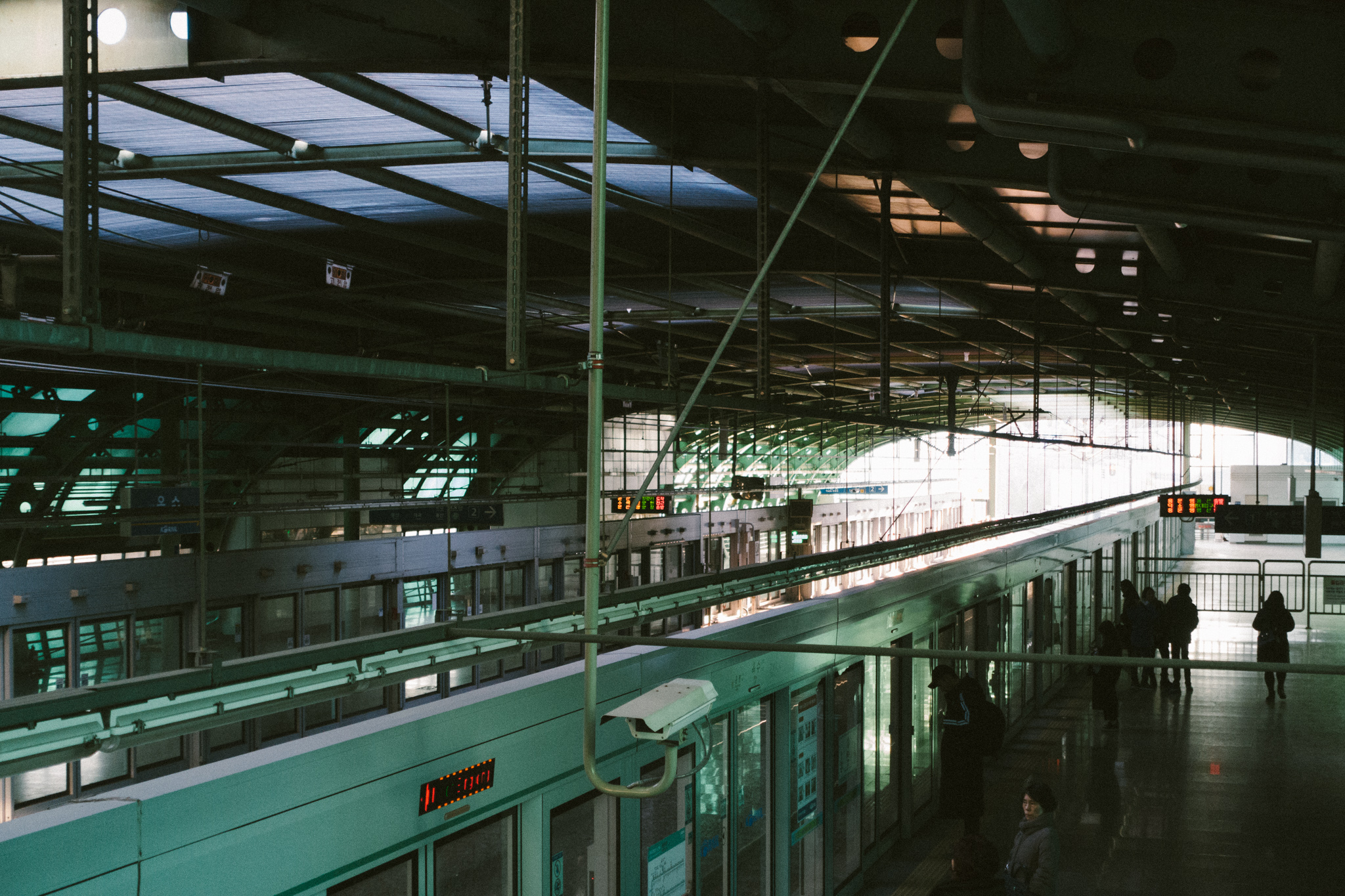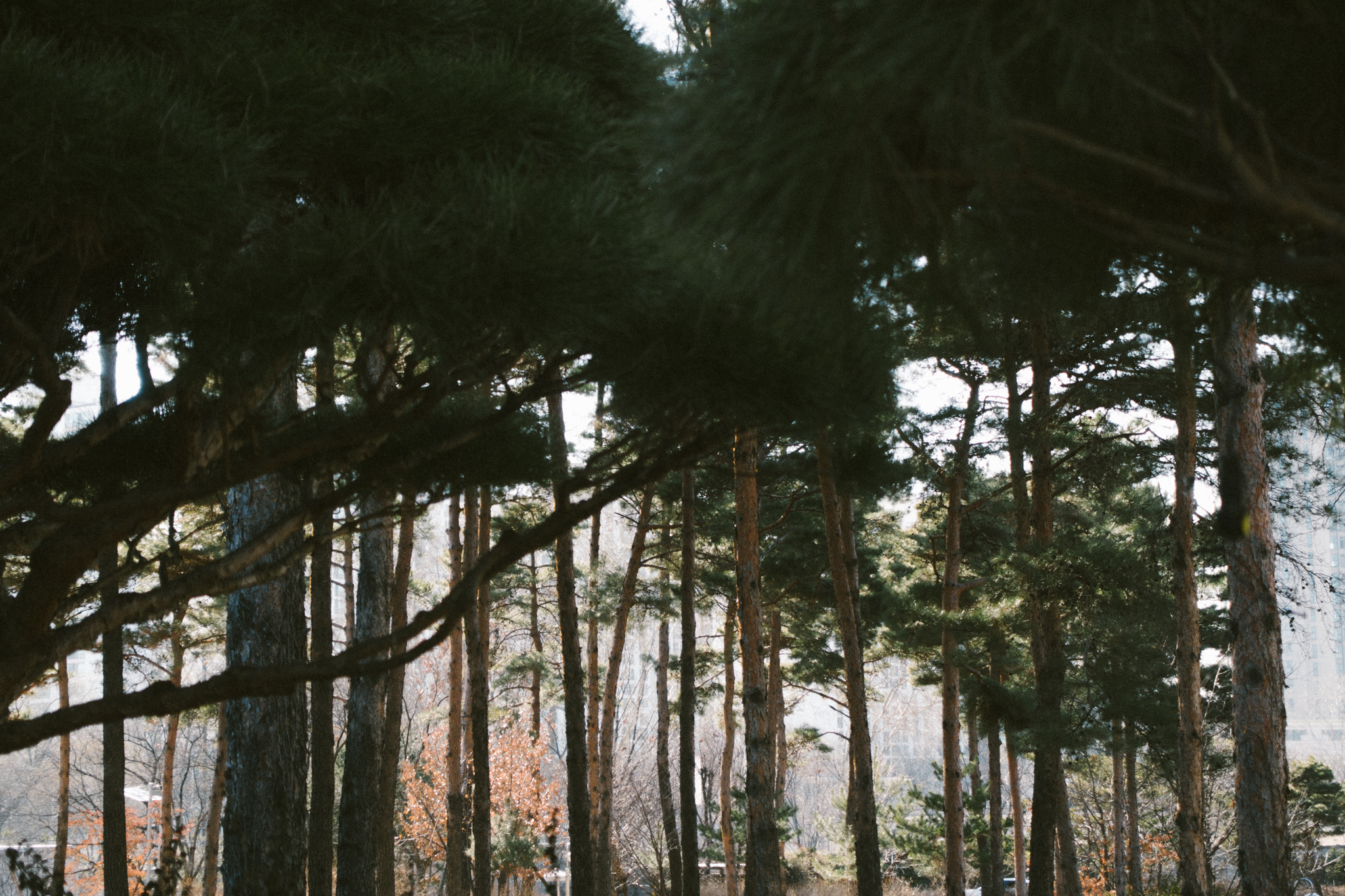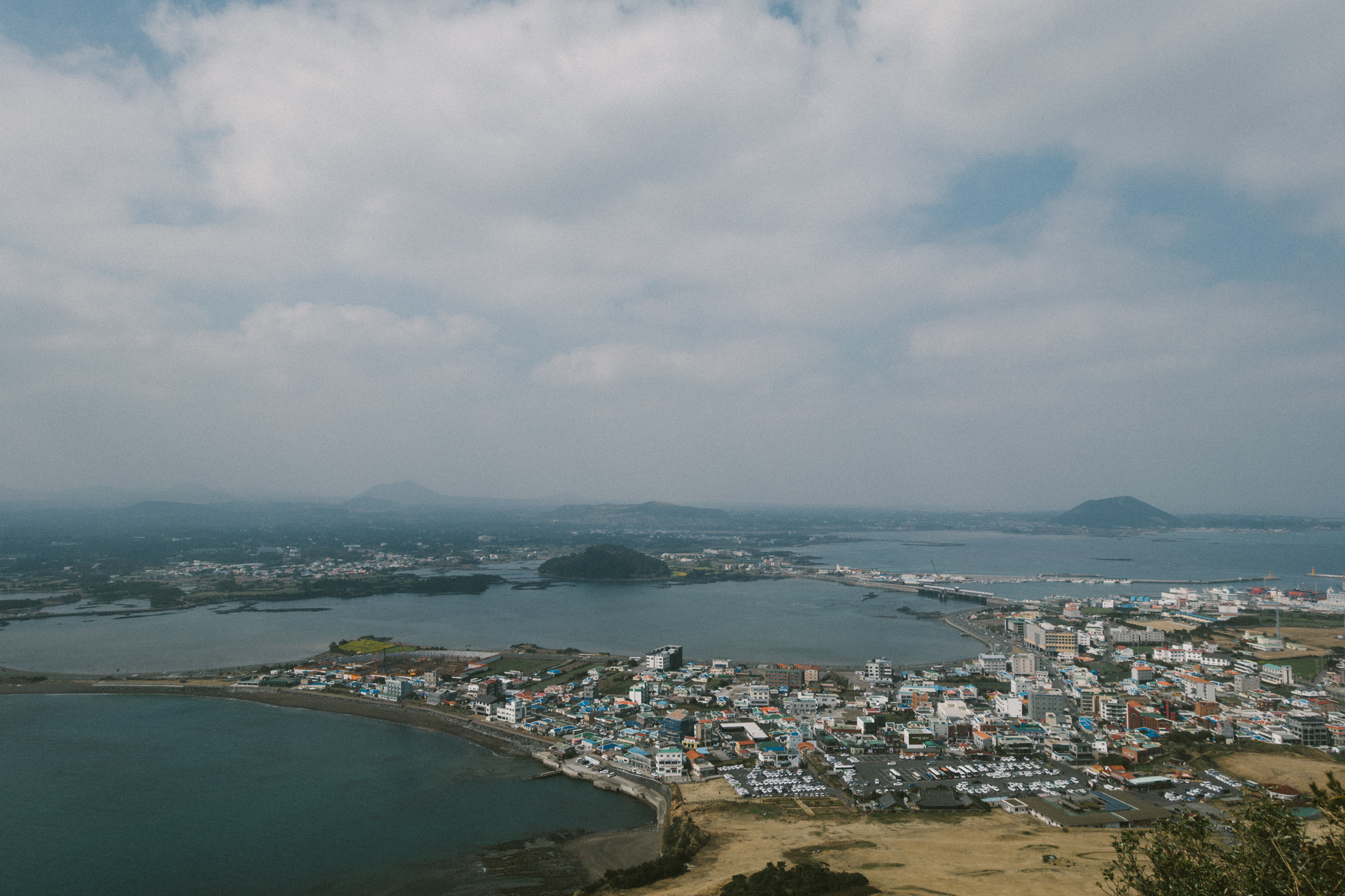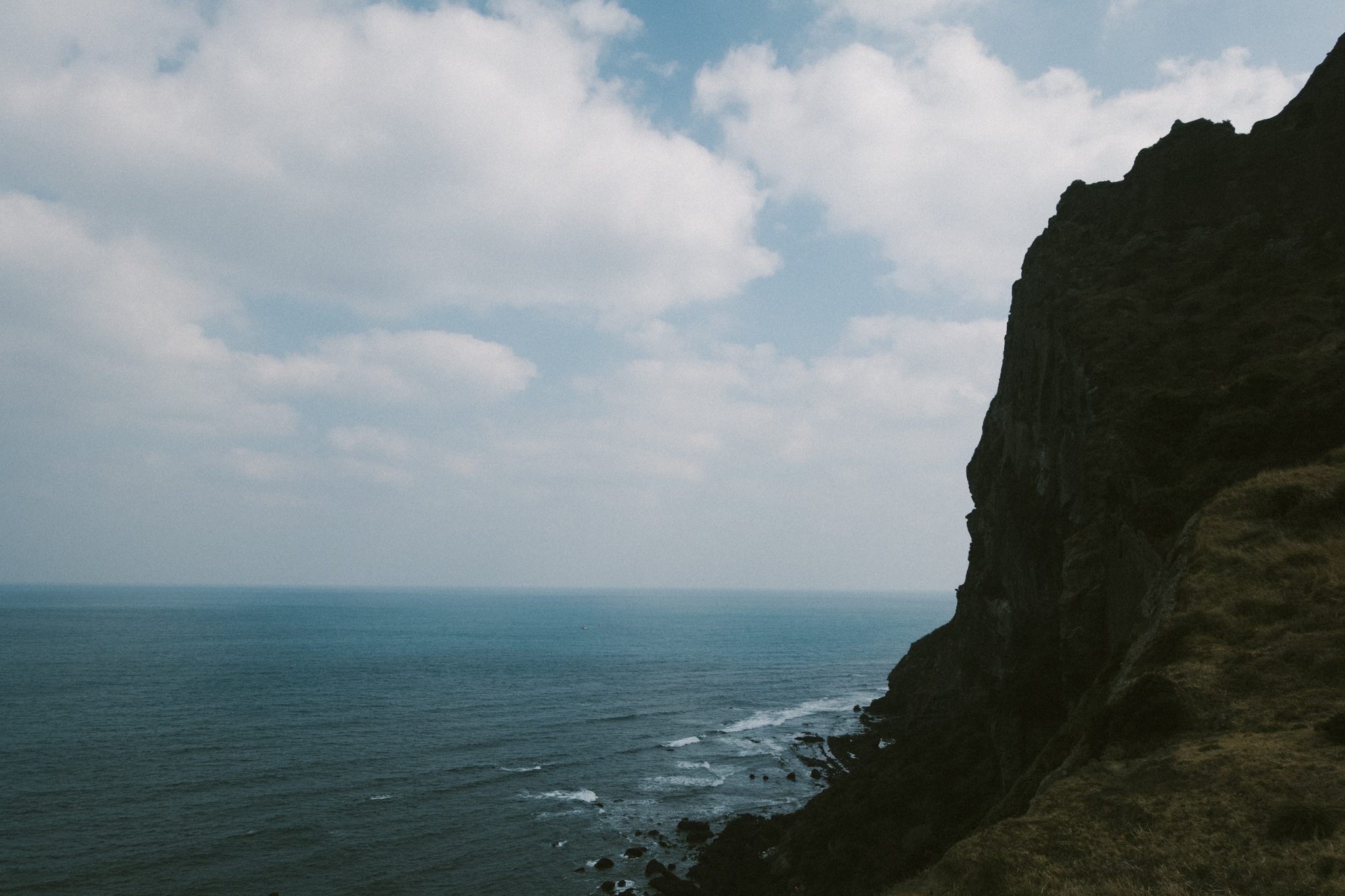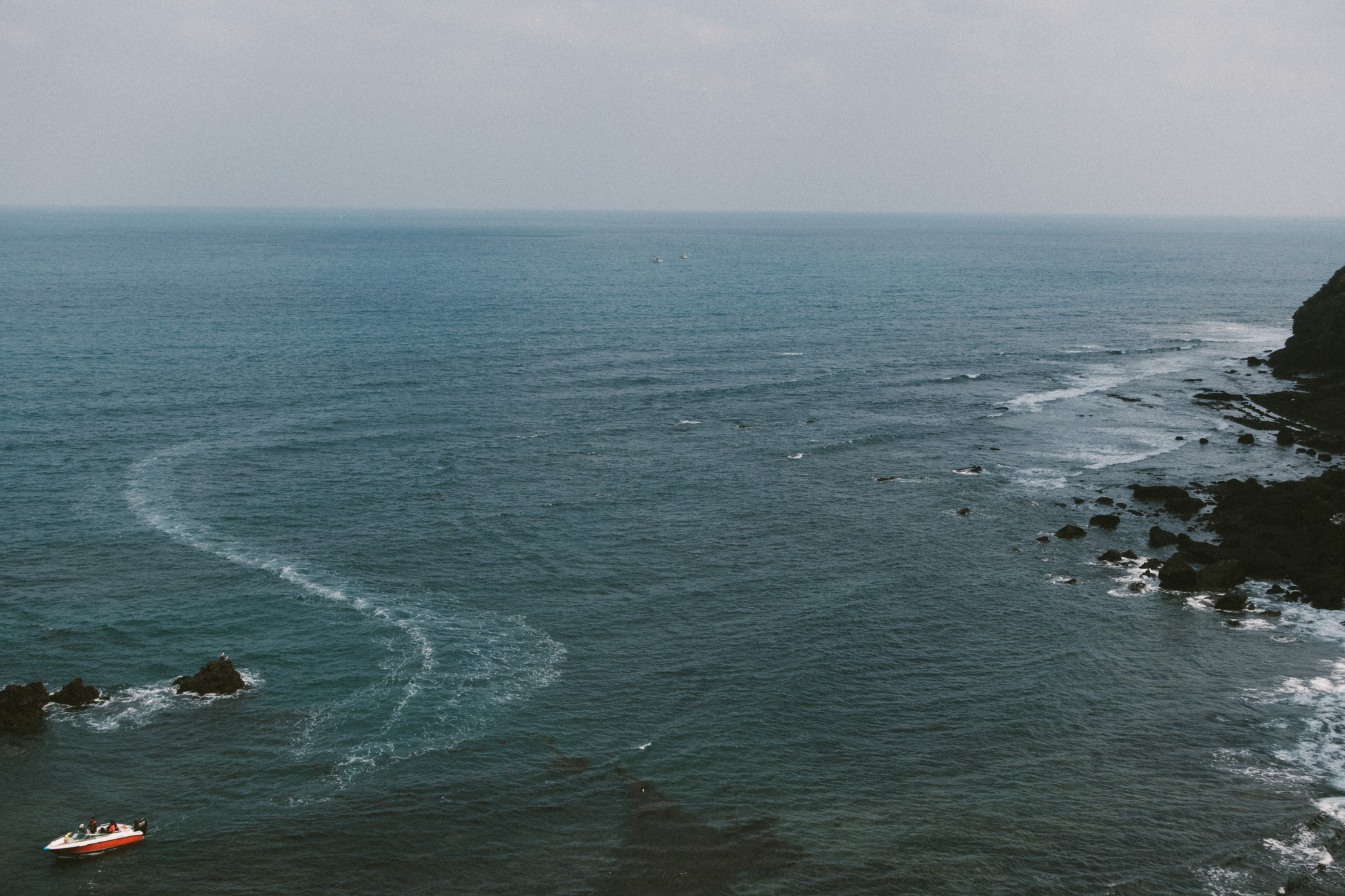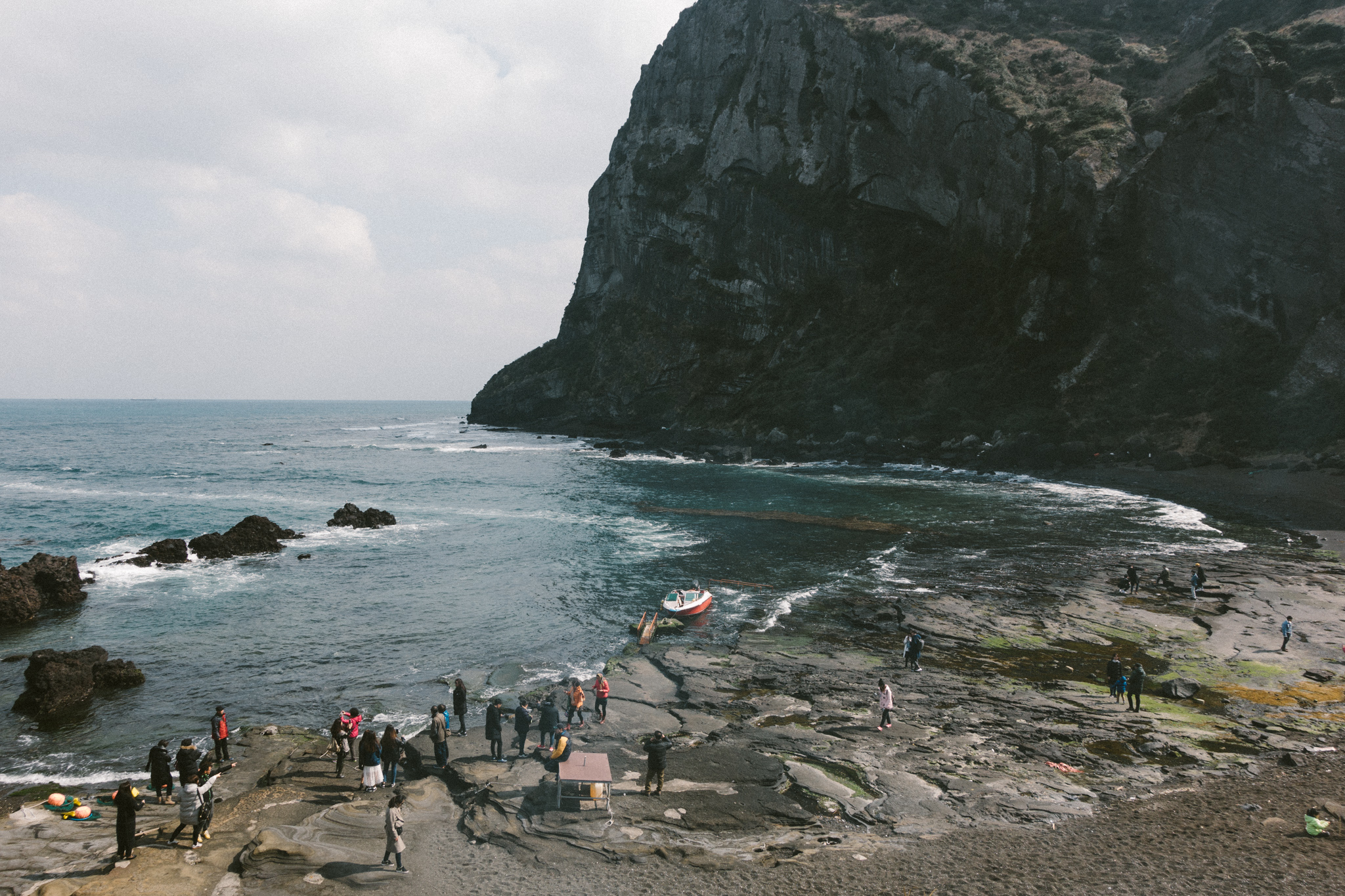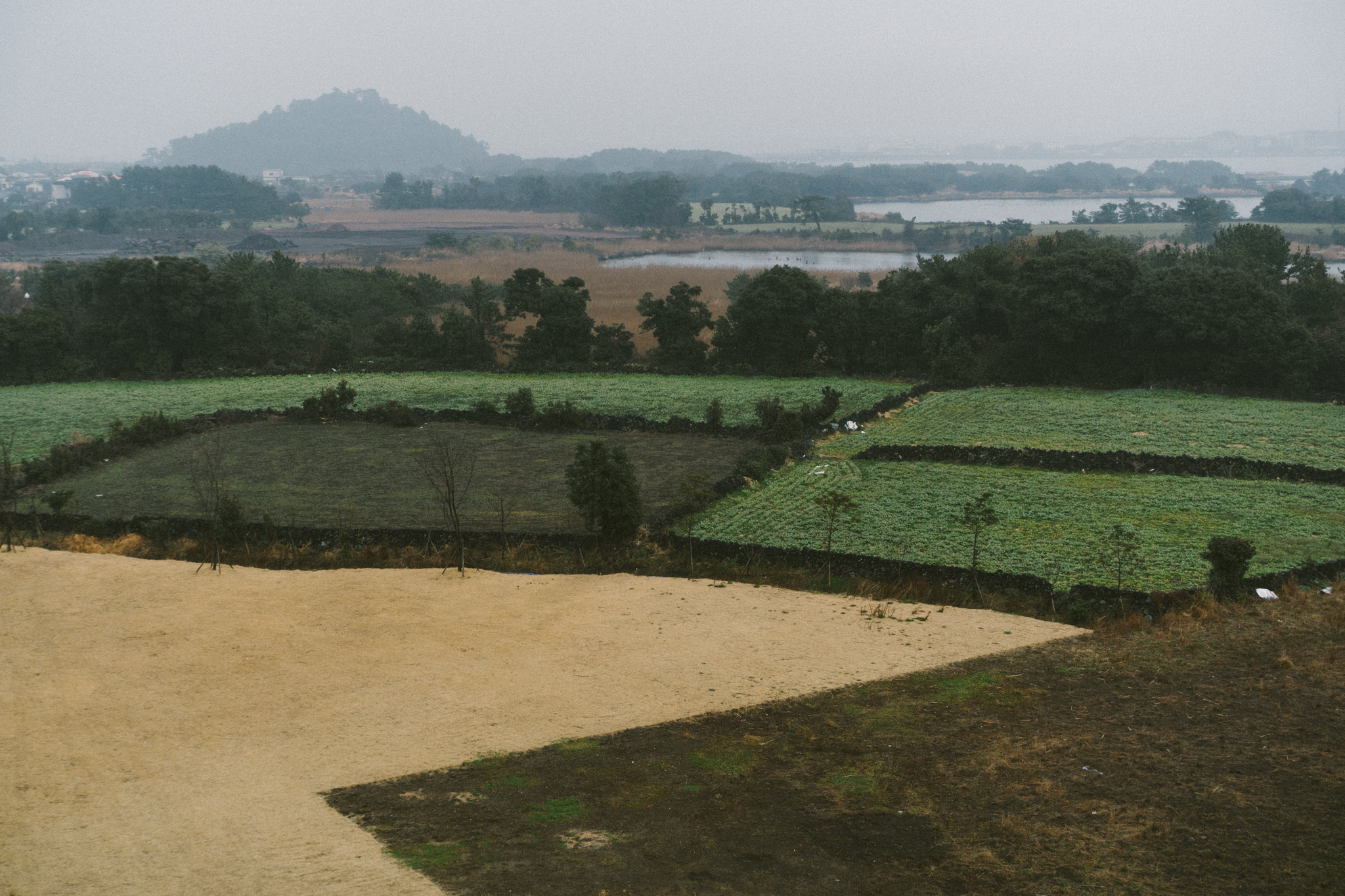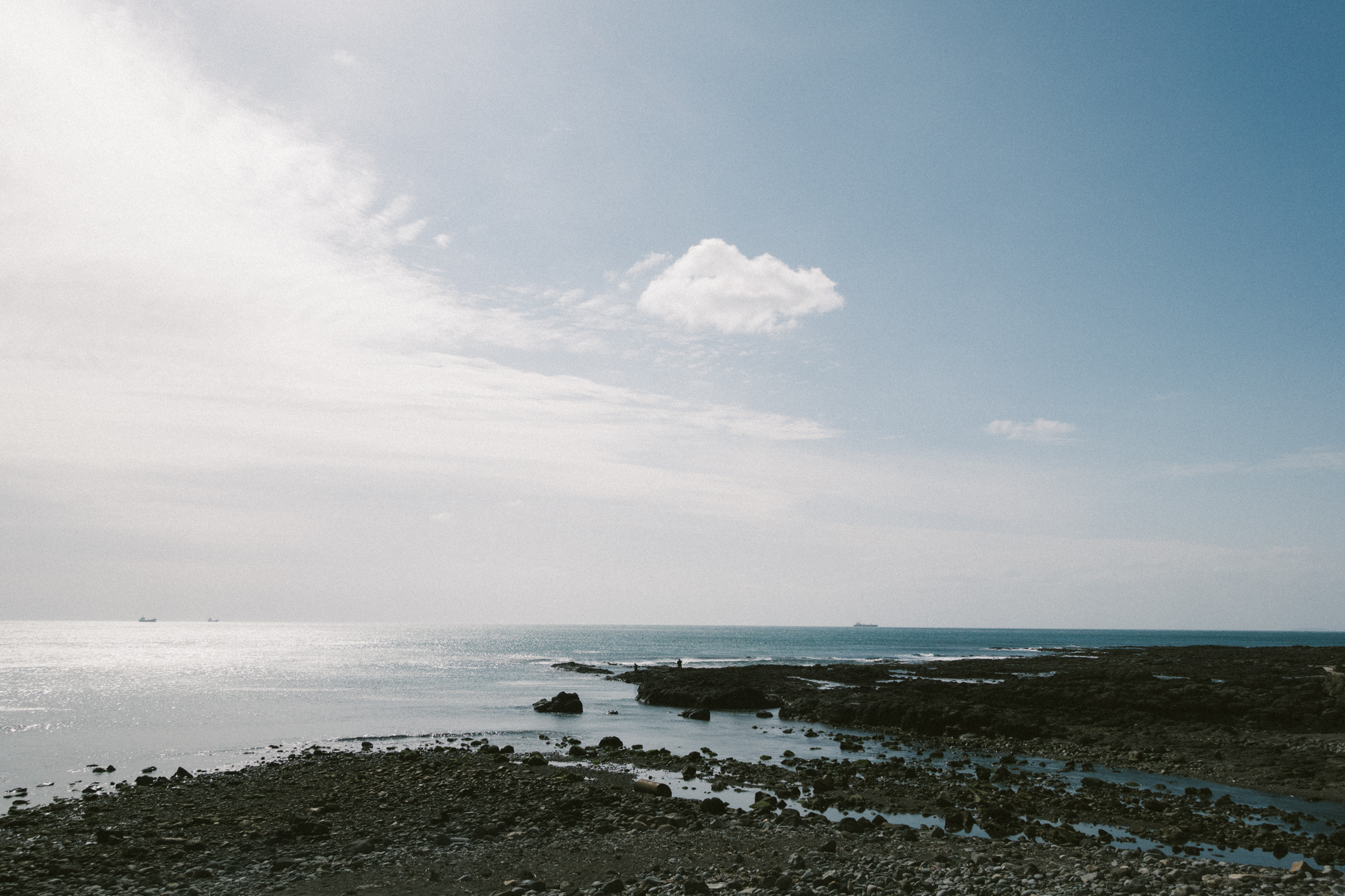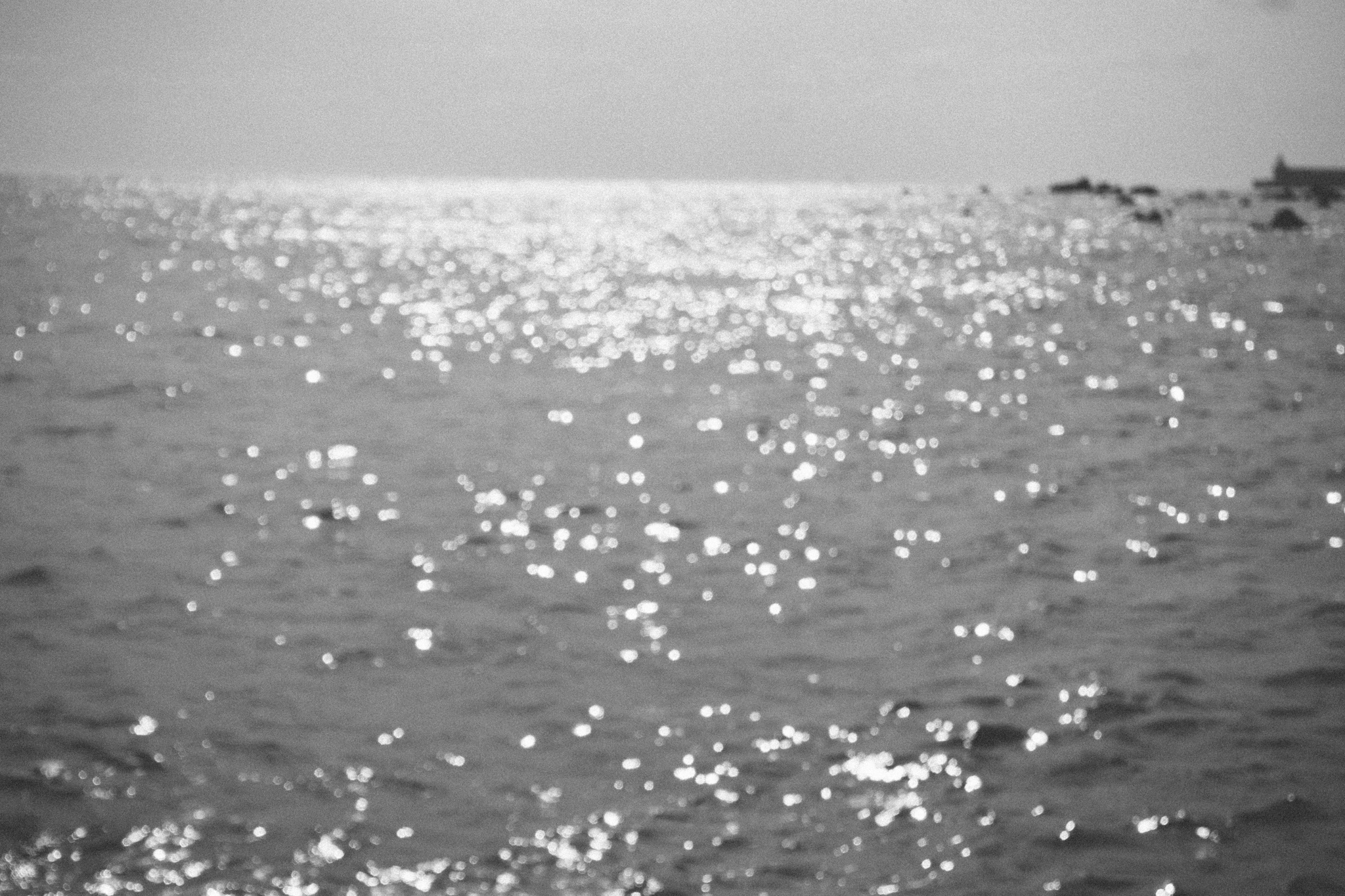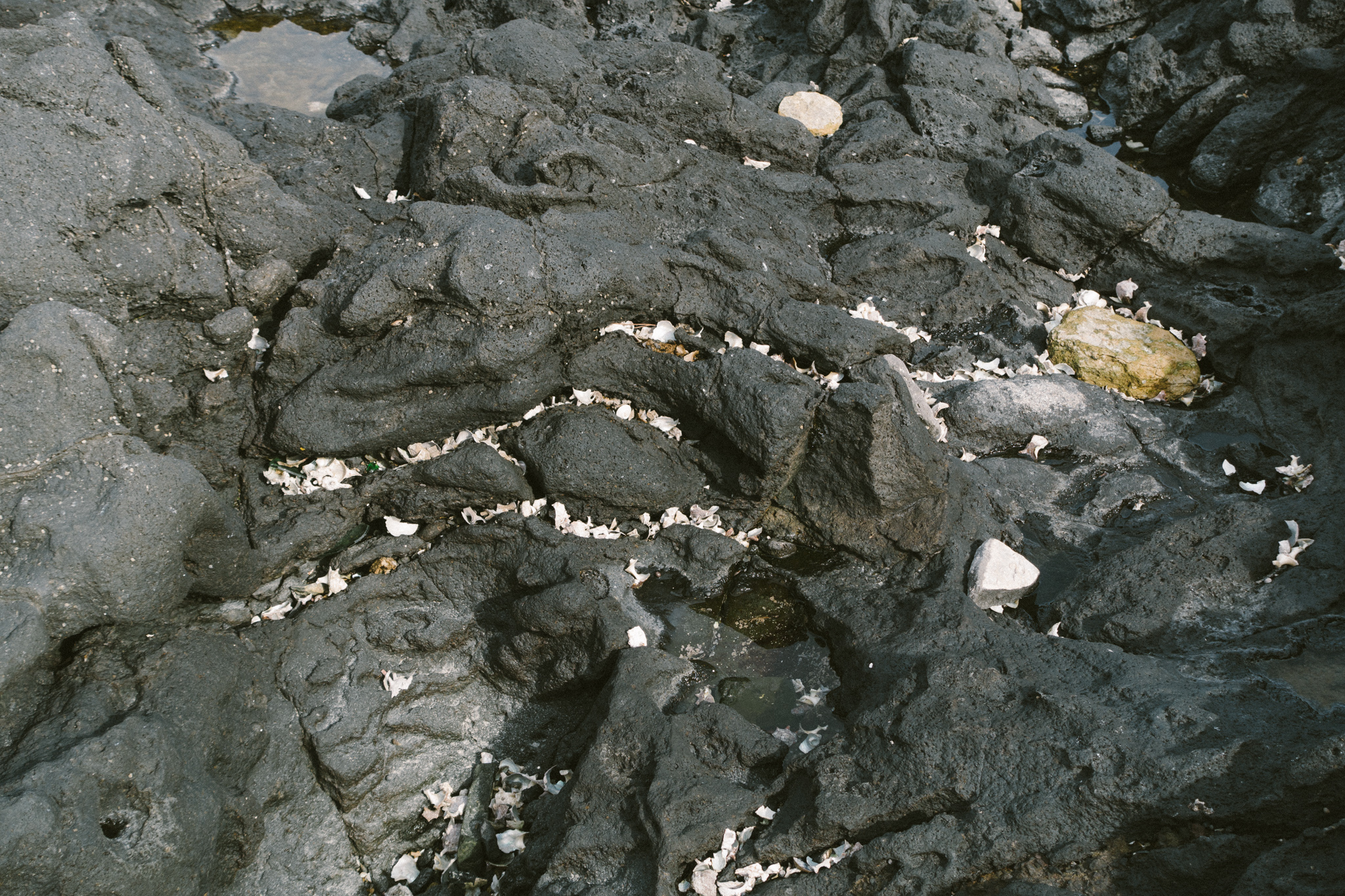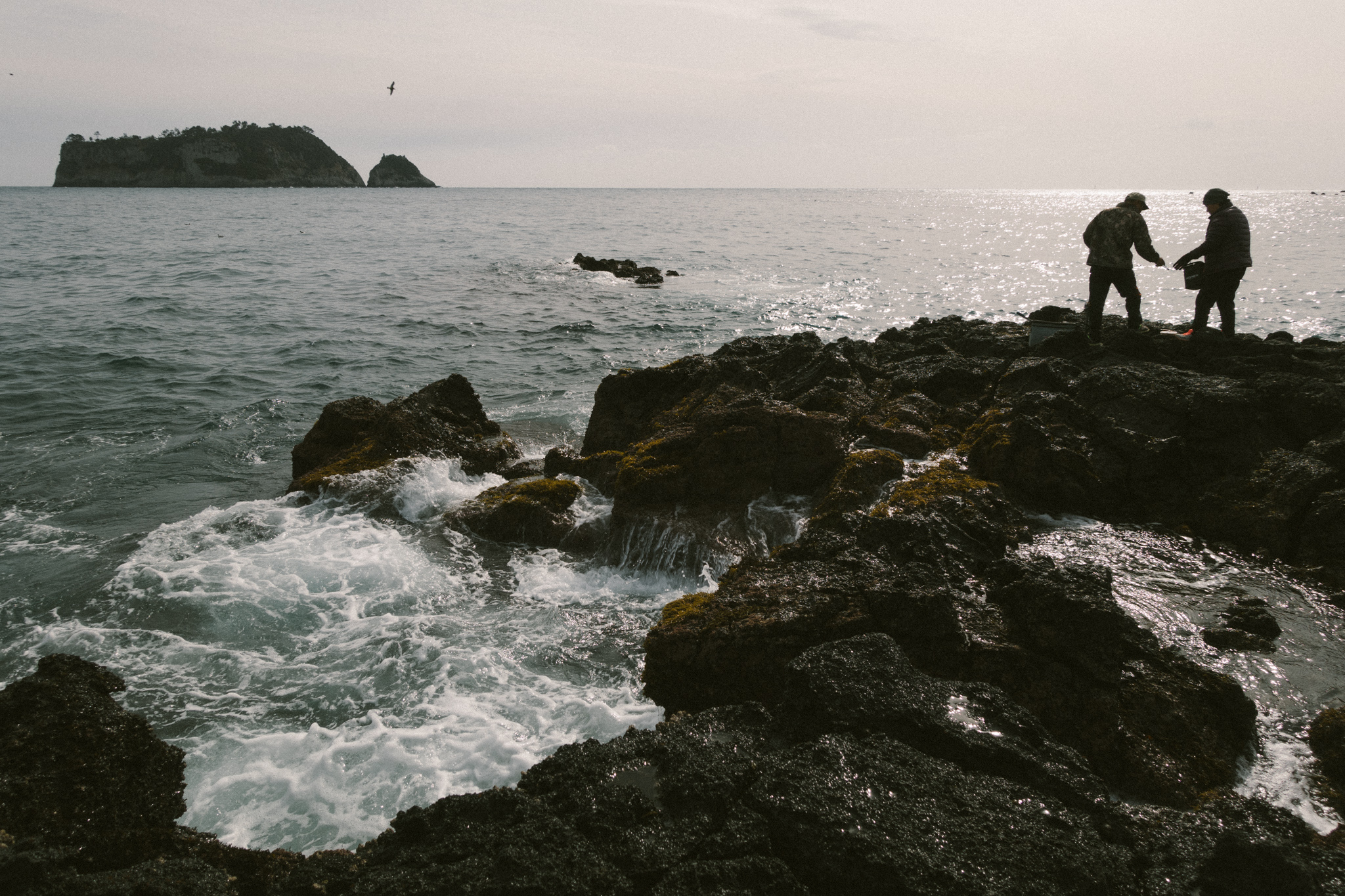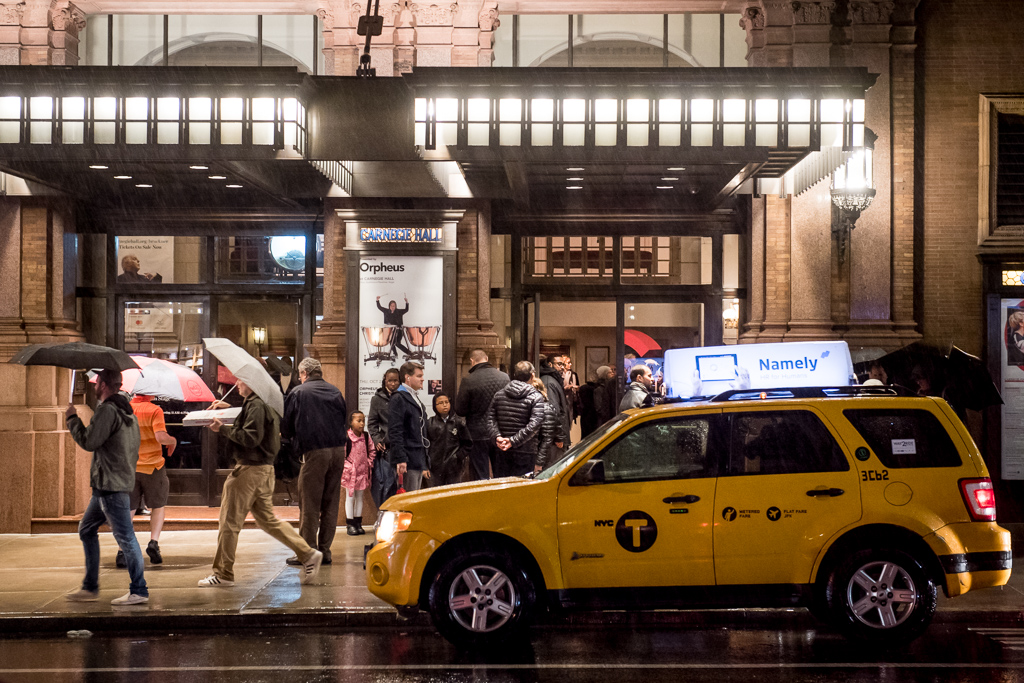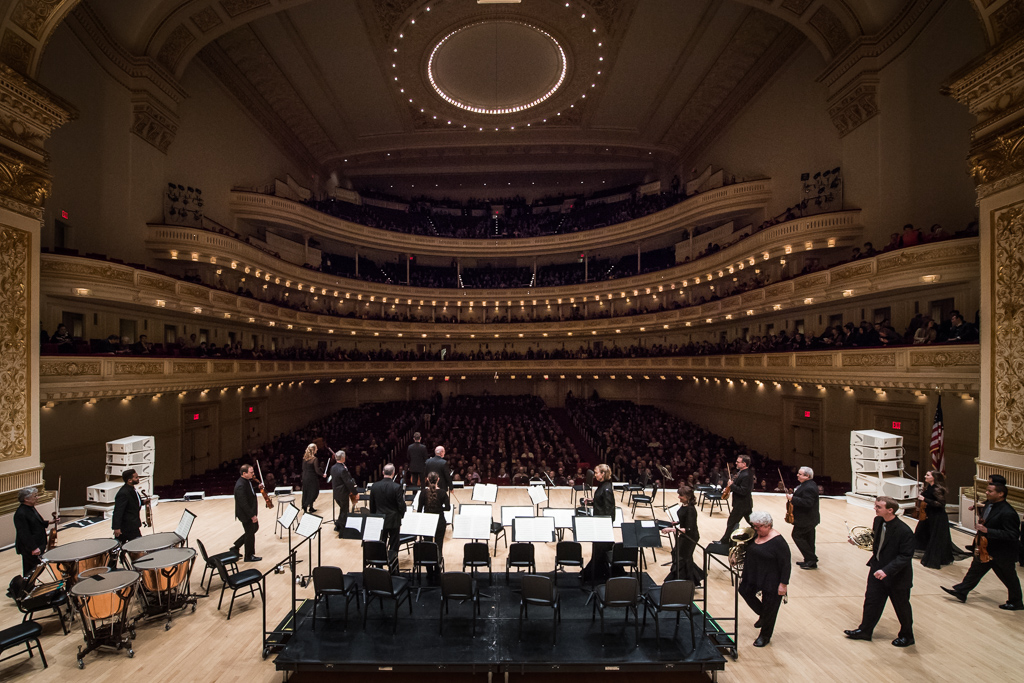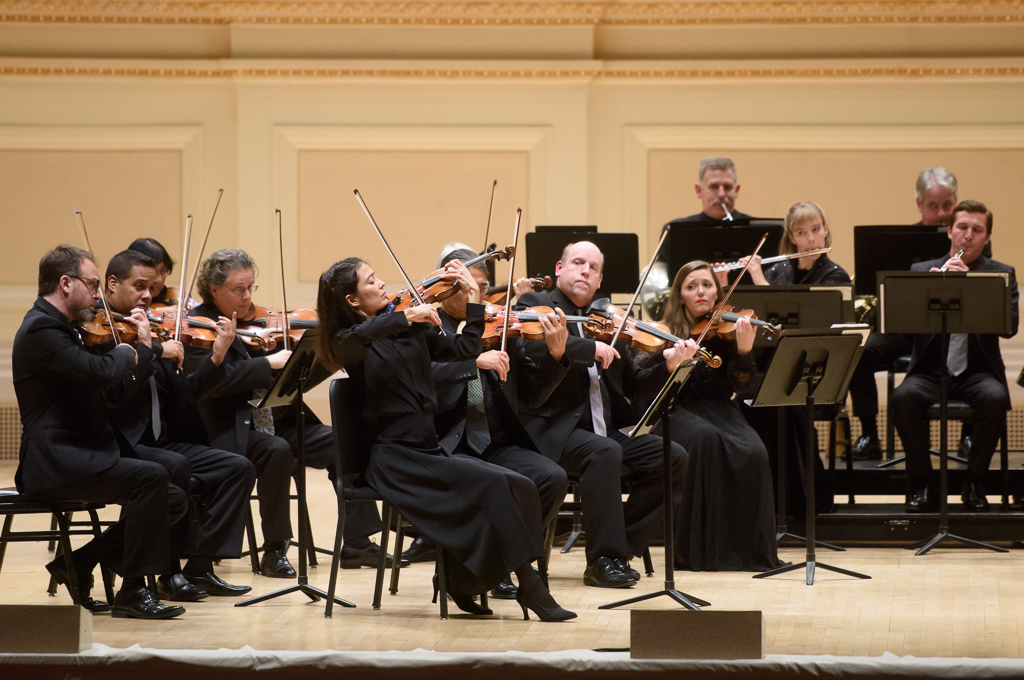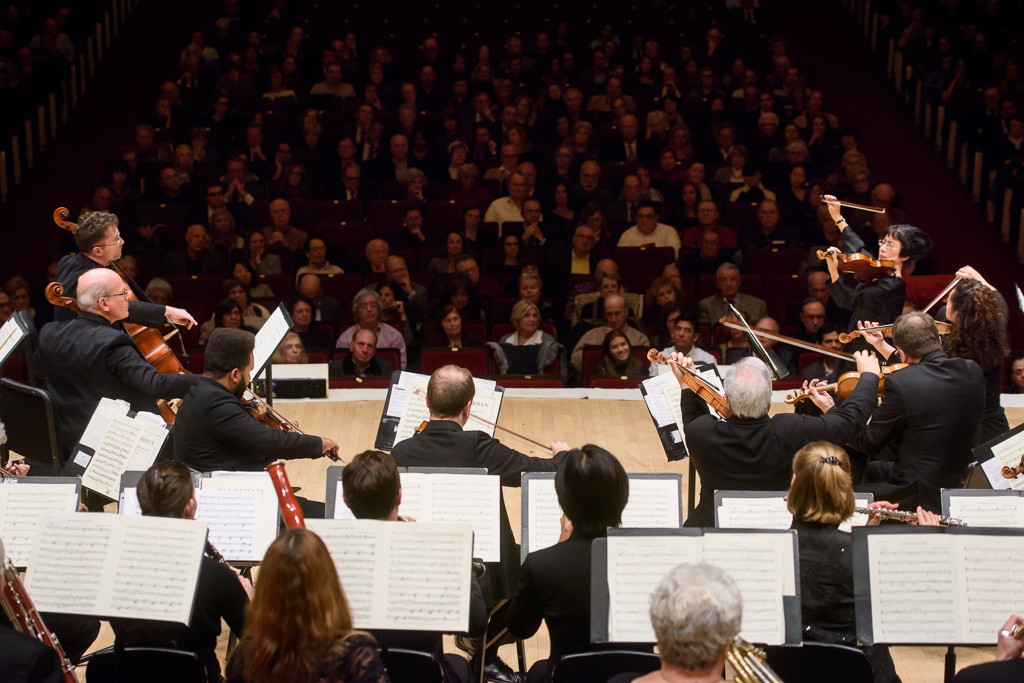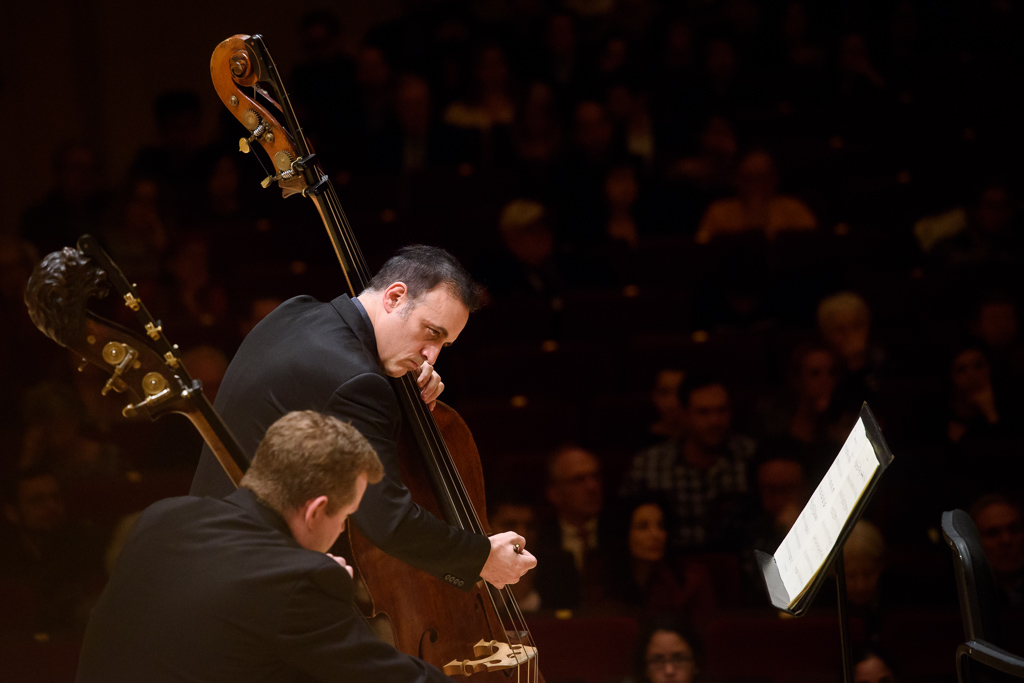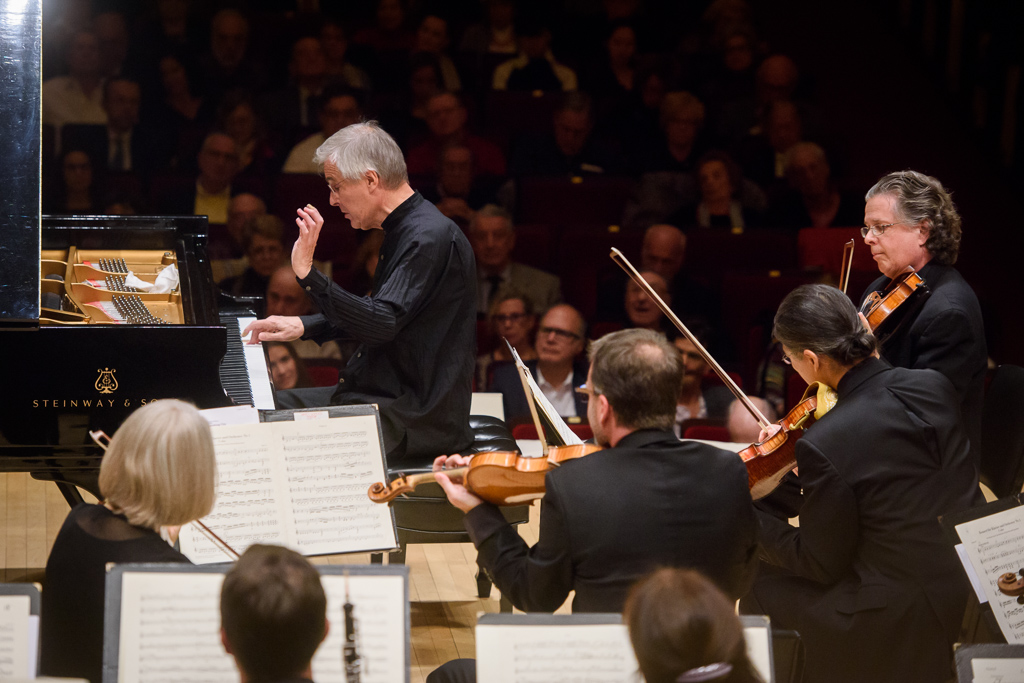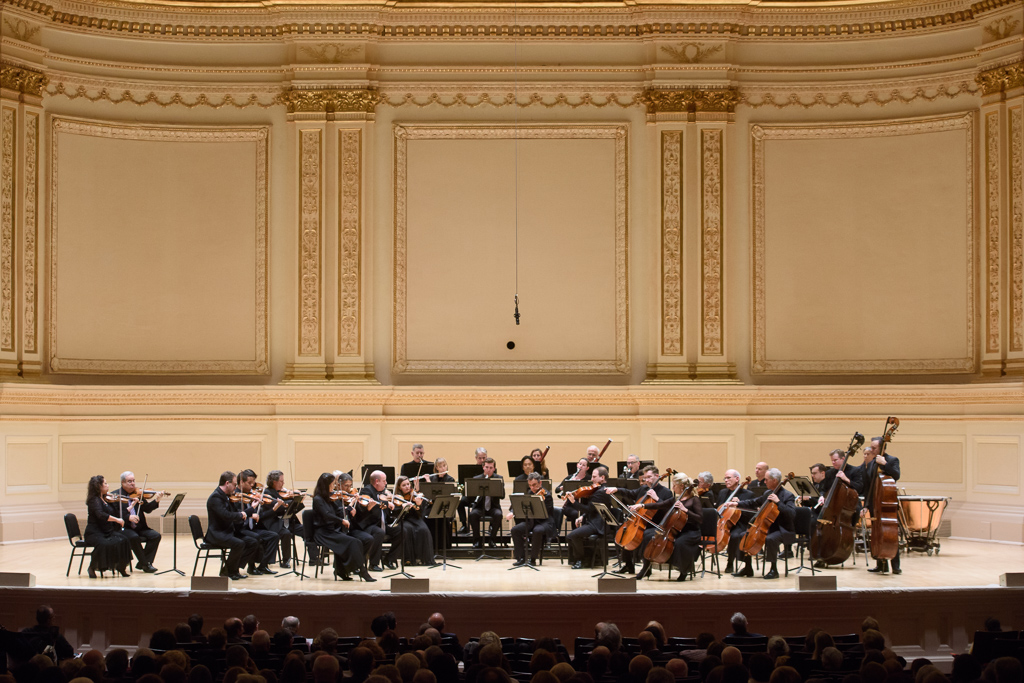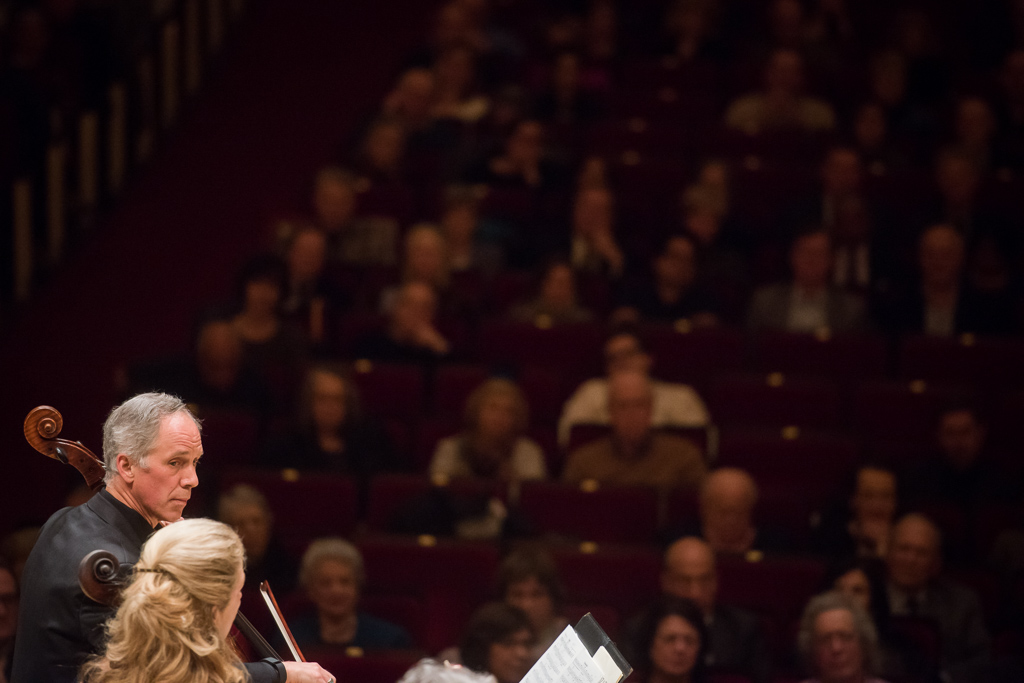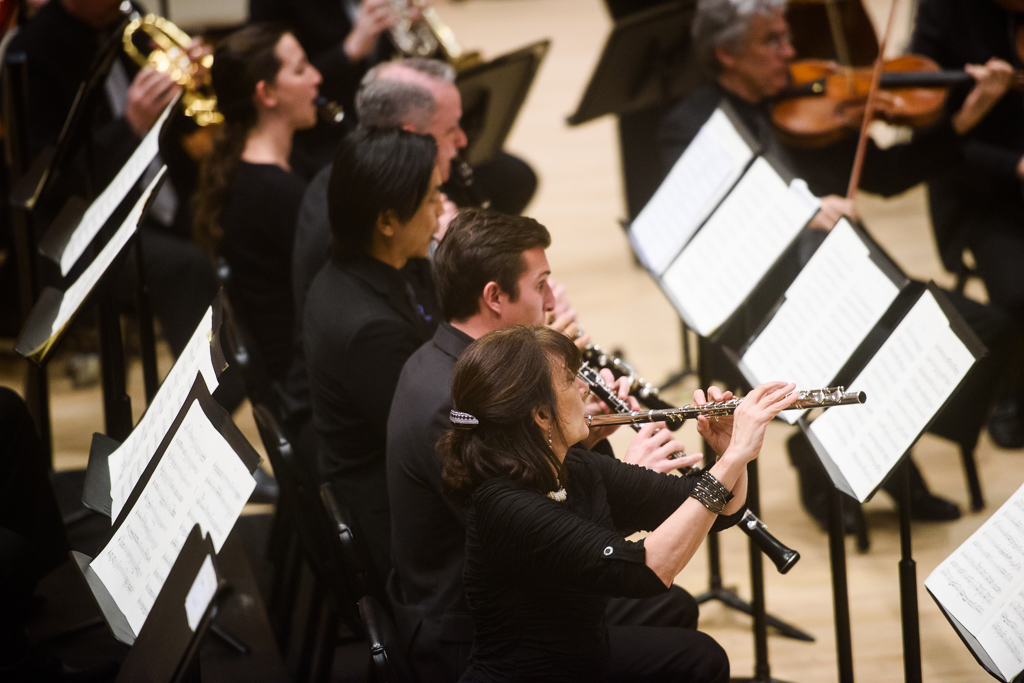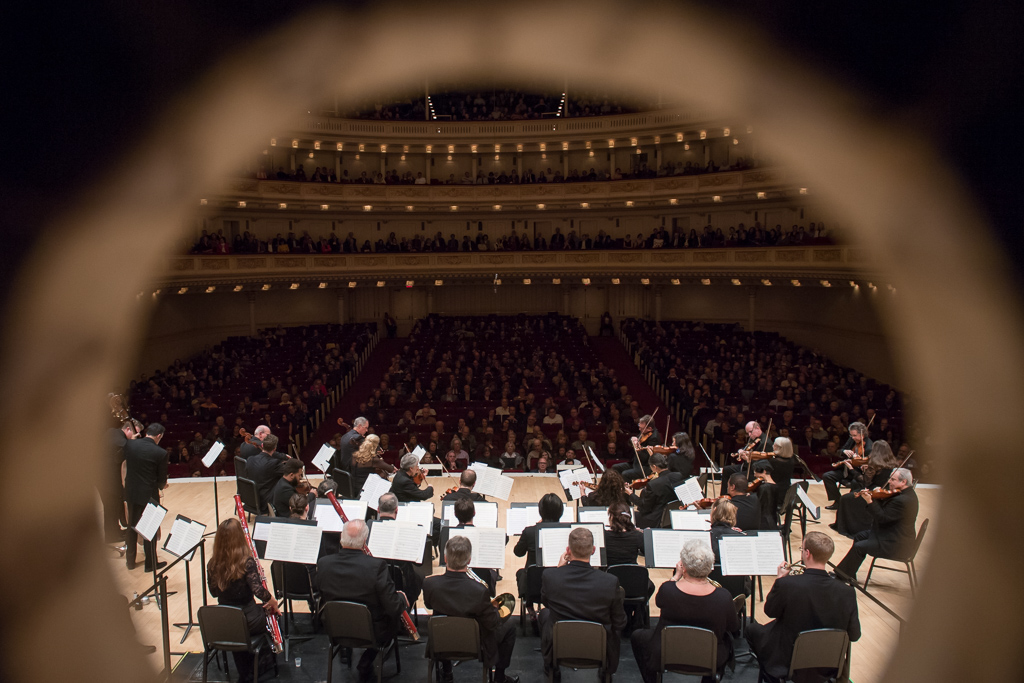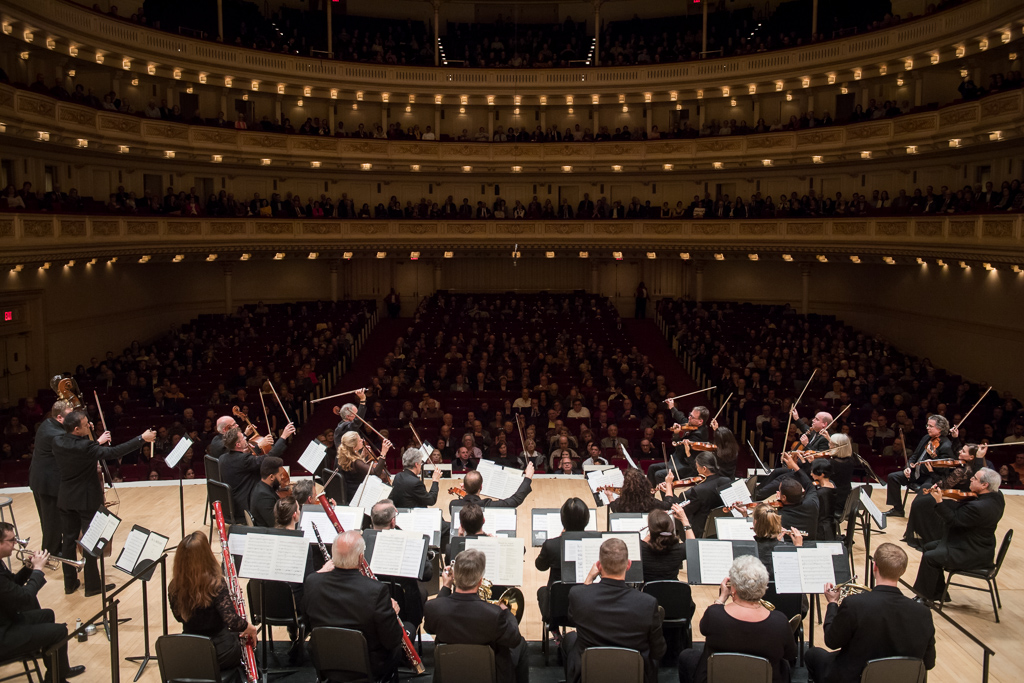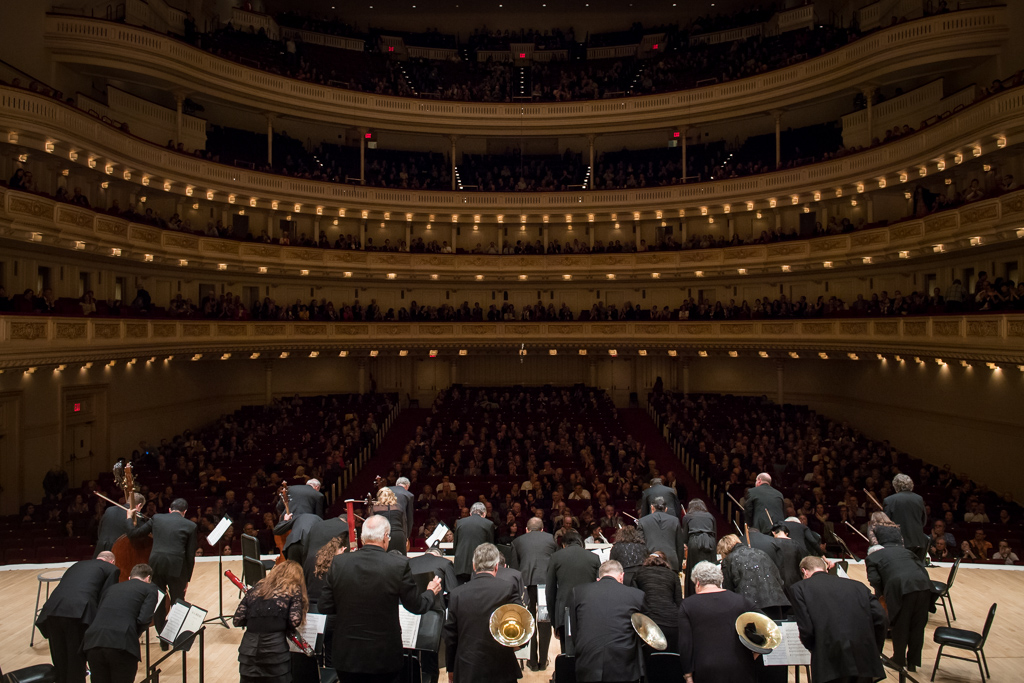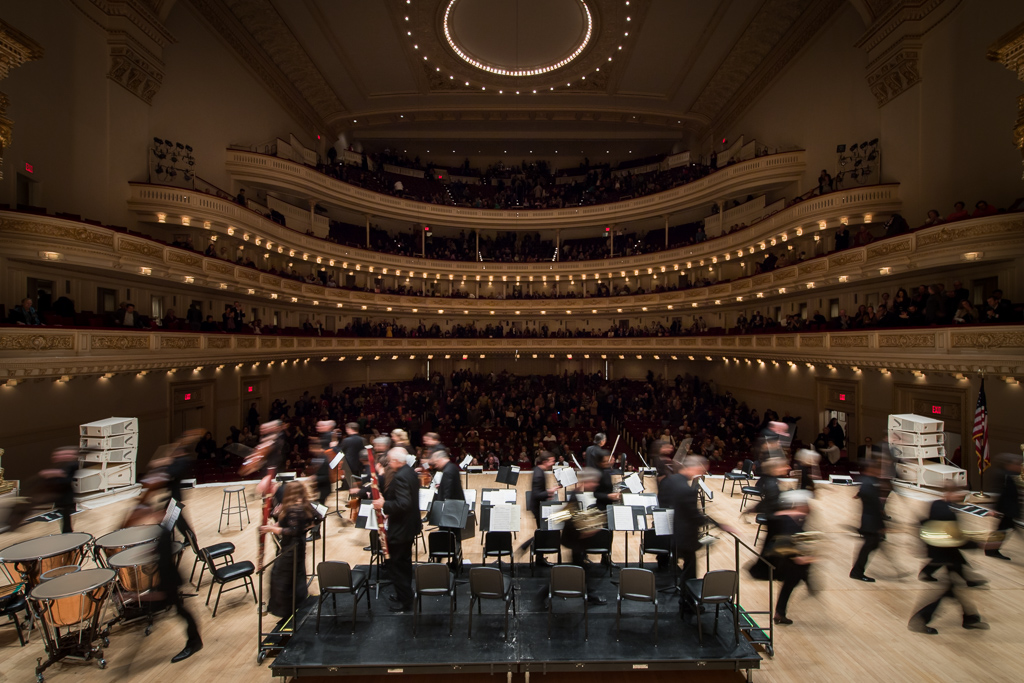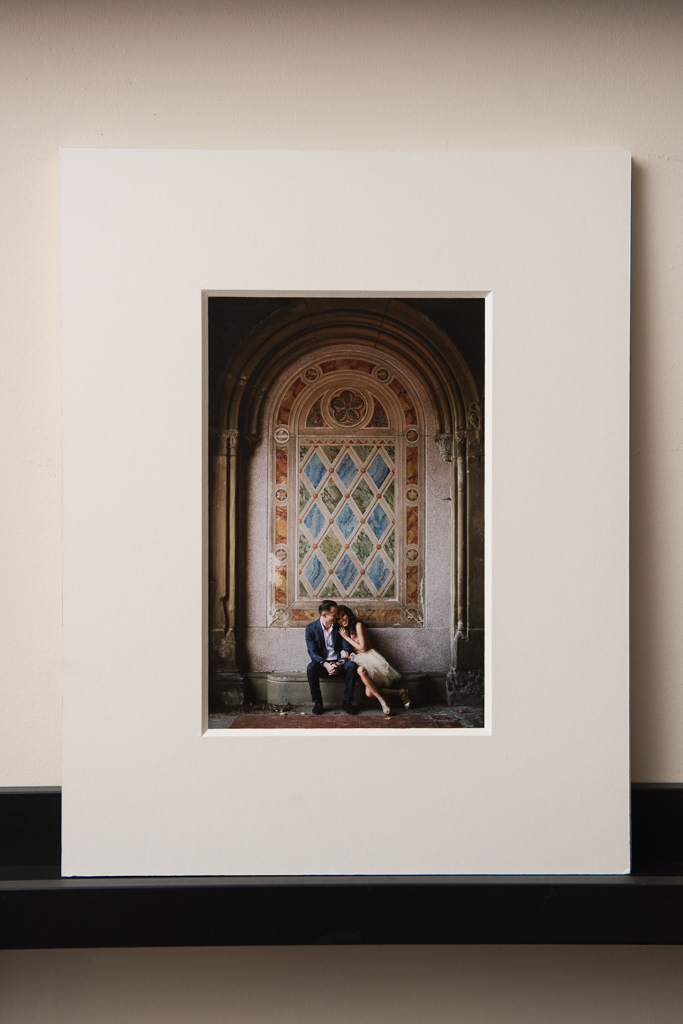Yo Yo Ma performed Bach’s Six Suites for Solo Cello at the Washington National Cathedral on November 29, 2018.
Architectural Shoot : Manhattan School of Music
Manhattan School of Music recently engaged Holzman Moss Bottino Architecture to reimagine its campus coinciding with its 100 year anniversary celebration. The newly renovated Neidorff-Karpati Hall serves as the school’s centerpiece with flow in and out of the building being shifted from 122nd St to Claremont Ave at the hall’s entrance.
A day in the life of DC Public Schools
I recently spent a day in Washington DC for Turnaround for Children to document their work supporting the academic culture in DC Public Schools.
2018 Human Rights First Awards Dinner
Katie Couric & Seth Meyers speak at the 2018 Human Rights First Awards Dinner at Chelsea Piers’ Pier 61.
2018 Naumburg Violin Competition
Violinist Grace Park performs during the finals of the Naumburg International Violin Competition at 92Y in New York City.
Photographing Carnegie Hall
Carnegie Hall has been extensively photographed so it was my aim to depict the space not from the view of a benefactor but from the perspective of the Average Joe’s seat. This presents a number of challenges seeing as though the stage is brightly lit and the seating is almost completely darkened during a performance. Great care was taken to blend multiple exposures in such a way that preserves the look and feel of concert lighting while still highlighting details throughout the image.
Photographed on the Sony A9 and Sony FE 24-70 f/2.8.
final image
Photographing Mikowsky Hall
Manhattan School of Music is a conservatory located in the Morningside Heights neighborhood in New York City. We begin a project to photograph many of the spaces within the campus beginning with the intimate Soloman Gadles Mikowsky Recital Hall, named after a revered professor of piano at the school who donated money for the space.
Located high on the SE corner of the building, the room receives natural light throughout the day. There is a serenity to the space which is unable to be captured in a single exposure as depicted by the second image below. Through a process of combining a number of frames, we were able to generate a final result which preserves the concert goers impression of the lovely hall.
Photographed with the Sony A7r III & Canon 24mm TS-E.
final image
before
Iceland's Ring Road
Romanée-Conti Vineyard - Vosne-Romanée, Burgundy, France
While on a recent trip to Burgundy expanding the portfolio of famous plots, we managed to stumble across the famed Romanée-Conti vineyard of the Domaine de la Romanée-Conti just as the sun was coming down. A stunning sight to behold.
Seoul & Jeju Do - South Korea
Orpheus Chamber Orchestra @ Carnegie Hall
Commercial shoot for Division Of/
Division Of/, a New York City based digital agency, in their Manhattan offices. Photographed with the Nikon D810 and Profoto B1.
How to store archival pigment prints
Archival pigment prints produced on printers like the Epson P800 or Canon Pro-1000 have the potential of sustaining their brilliance without fading for as much as 200 years when handled and stored in a box with care. Behind UV coated glass, you can expect 2/3 to 3/4 the longevity. If left out in the open, 1/4.
Firstly, one must make sure to use acid & OBA free media to print on. Canson Infinity, for instance, doesn't use OBA's in any of their papers.
These are the tools I use for long term storage:
Archival Methods Onyx Portfolio Box
The Onyx is an acid and lignin free paper lined box covered in a durable, moisture resistant buckram material. The box is hinged on the longest side allowing for easy retrieval of prints.
Archival Methods Buffered Archival Tissue
As pigment prints are prone to damage, I interweave acid free tissue paper between each piece to protect the image surface
Staedtler Pigment Liner
To sign prints, the Staedtler Pigment Liner is acid free and will not cause discoloration over time.
Temperature and humidity in the room must be controlled as well. Aim for low 70's or upper 60, away from sun, and at an average humidity of 30%.
Profoto B1 - 2x3 OCF Softbox, Outdoor Portraiture
For a recent magazine feature, I deployed Profoto's lithium ion powered B1 studio light along with the Profoto 2x3 OCF OCF Softbox. TTL was used to generate a general flash exposure followed by manual adjustment. With minimal time allowed on location, the Profoto B1 provided a means for a powerful, self contained setup with minimal footprint. The light, stand and camera were brought to the location in a single Manfrotto stand bag, Profoto backpack, and Think Tank Retrospective 30 messenger.
Camera: Nikon D810
Lens: Nikon 35mm 1.4G
Lighting: Profoto B1 Studio Light
Modifier: Profoto 2x3 OCF Softbox & OCF Speedring
Camera Settings: 1/250, f/2.5, iso 64
Flash Power: 8.2
After the Blizzard, New York City
Astoria Park following a historic blizzard in New York City
Eric Owens, Bass-Baritone, presents masterclass at Manhattan School of Music
Kurt Masur, Famed Conductor, Dies at 88
Canon imagePROGRAF Pro-1000 Printer Review
Rating: One Thumb Up
Photographers looking to expand their creative possibilities beyond the offerings of most silver halide labs will find Canon's imagePROGRAF Pro-1000 Printer to be a brilliant yet somewhat crippled tool, unable to fully utilize its 17" capability. Even so, stunning prints with little effort, no matte/glossy ink switching, resistance to clogging, and excellent build quality make this my choice in the category. If you come with a working knowledge of printing and color management, you can be making beautifully detailed enlargements which exceed lab quality within an hour of opening the box. The Pro-1000 ships with ICC profiles for Canon media as well as a handful of 3rd party papers so you can be up and running with fine art stock right away.
After initial setup, the 80 mL ink tanks sit at about 50% capacity.
Canson Infinity Platine Fibre Rag
The biggest drawback of the Canon Pro-1000 is the print driver's maximum paper size limit of 17x22. You cannot set a page size of 17x25 or longer. I am going to assume that the majority of photographers using this machine will be shooting with dSLR's in a 3:2 aspect ratio so this is a definitely a disappointment as it is impossible to make a 16x24 print.
Epson offers an optional 17" wide roll media adapter for the P800 and you can easily set a custom page size to allow for a 16x24 or wider print.
Canon Pro-1000 Advantages over Epson SureColor P800
As on other Canon machines, there is no wasteful switch between matte and glossy black ink tanks. I for one love matte and fiber based papers so this makes the Canon a no-brainer for me even if I can't print 16x24. Some may argue that on the Epson it's just a few mL of ink per switch but that's potentially one less 8x12 you could have printed every time you swap. If your print volume is low, waiting till you have a sufficient queue of matte or glossy type prints to make isn't always practical.
Canon's print head technology also makes it possible to go longer without the effects of clogging like you can experience on Epson if you aren't printing frequently. This means fewer head cleanings and less ink waste. The Canon will map printing to different nozzles as they clog over time. Once all of the remaining nozzles are spent, a user replaceable print head is available for purchase. On an Epson, you must print frequently to keep the available nozzles clear. The Epson print head itself has a longer life span than the Canon but requires a service call for replacement.
B&W using Canon's bundled Print Studio Pro software plugin
The Canon Pro-1000 sports a sleek, modern facade while Epson's P800 is comparatively boxy and functional in appearance. I also find the design of the Epson's front panel, buttons, and use of some shiny plastics to be less professional looking. This is not a big deal and has no effect on prints, but if you live in a NYC apartment a 17" printer becomes a prominent piece of furniture.
An auto and manual paper feeder on the rear of the Canon offer paper loading of various thicknesses and a vacuum keeps the paper loading flat under the print head. I do miss the convenient front paper loader on the Epson but it does lack a sheet feeder vacuum. I have experienced zero paper loading issues on the Canon.
11 ink tanks + chroma optimizer offer a wide gamut of colors using a new set of Canon Lucia Pro 80mL ink tanks. The economics of printing on this machine remains to be seen but we can assume there will be an improvement per print over Canon's older 13" models due to the larger ink tanks.
Moab Juniper Bartya Rag 305
Printing through Lightroom's Print module and configuring using the Canon print driver is straight forward. I bypassed the printer managed color except when making B&W prints on Canson's Rag Photographique. Canon's B&W rendering resulted in great prints with little tweaking. I settled on a +5 brightness setting to achieve desired results. Softproofing in Lightroom using the included ICC profiles was very close to the final print.
Canson's Rag Photographique
Conclusion
If you like to switch between matte and glossy paper frequently and can live without 16x24, Canon's imagePROGRAF Pro-1000 is an excellent tool. In my opinion, the Canon is more suited to portrait or wedding photographers printing at 16x20 or smaller on both matte and glossy paper. The Epson may be more appropriate for a landscape photographer who prints large panoramas, prints often, and isn't switching media type frequently.
David Russell Masterclass
Guitar virtuoso David Russell gives a masterclass at Manhattan School of Music.
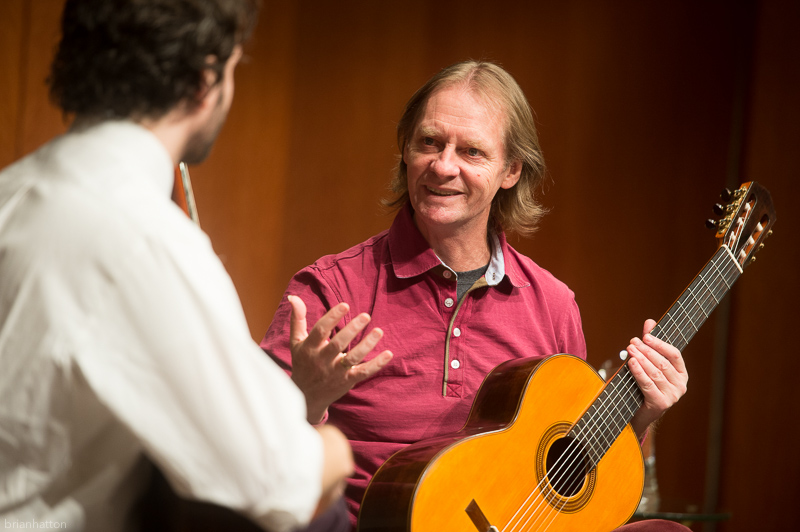
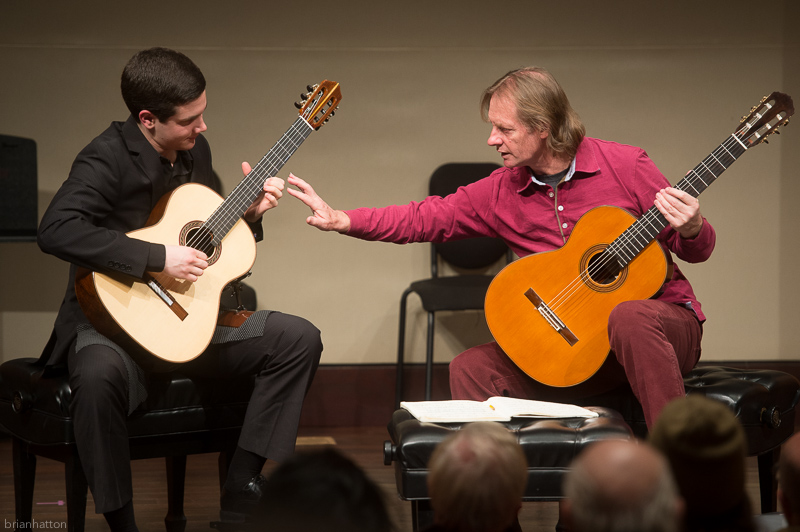
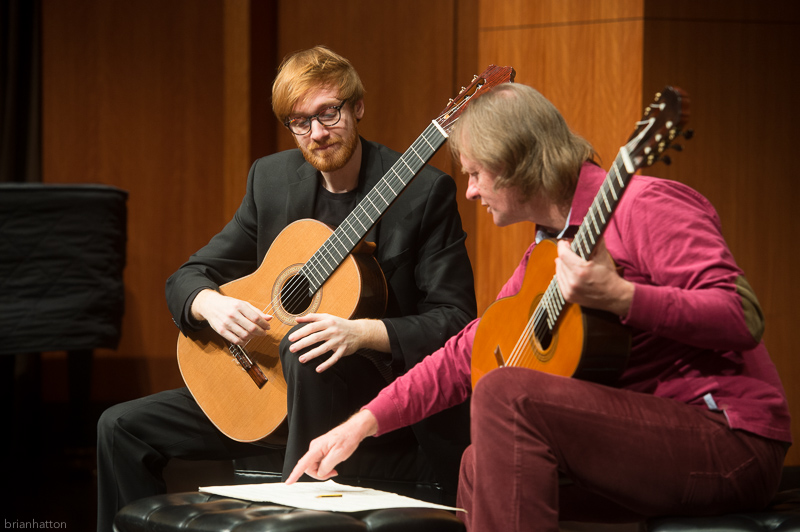
Manhattan School of Music Afro-Cuban Jazz Orchestra at Dizzy's Club Coca-Cola
Conga legend Candido Camero performs at Dizzy's Club Coca-Cola with Bobby Sonabria leading the Manhattan School of Music Afro-Cuban Jazz Orchestra.
